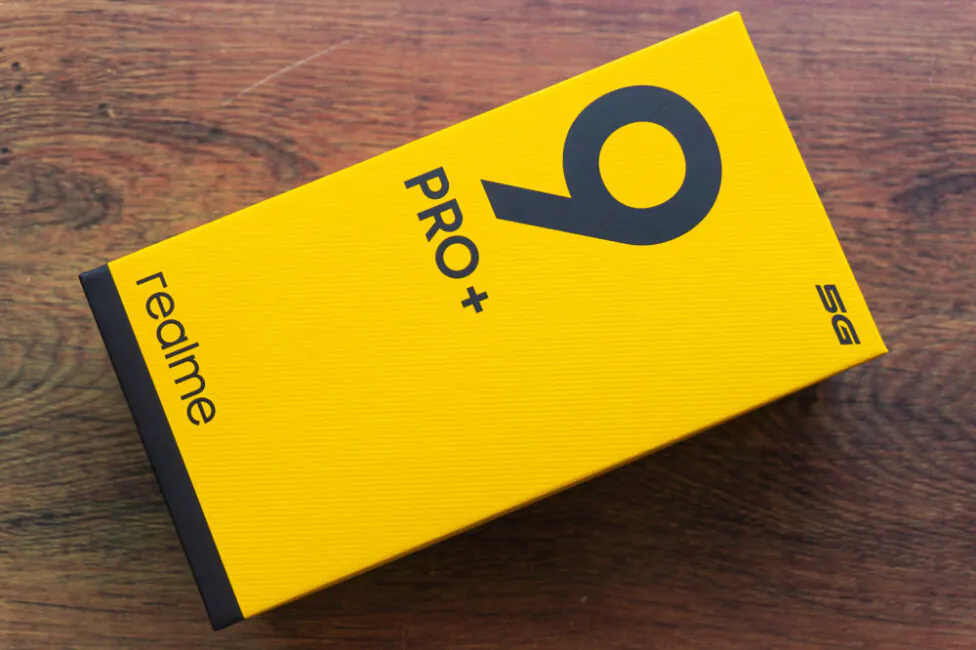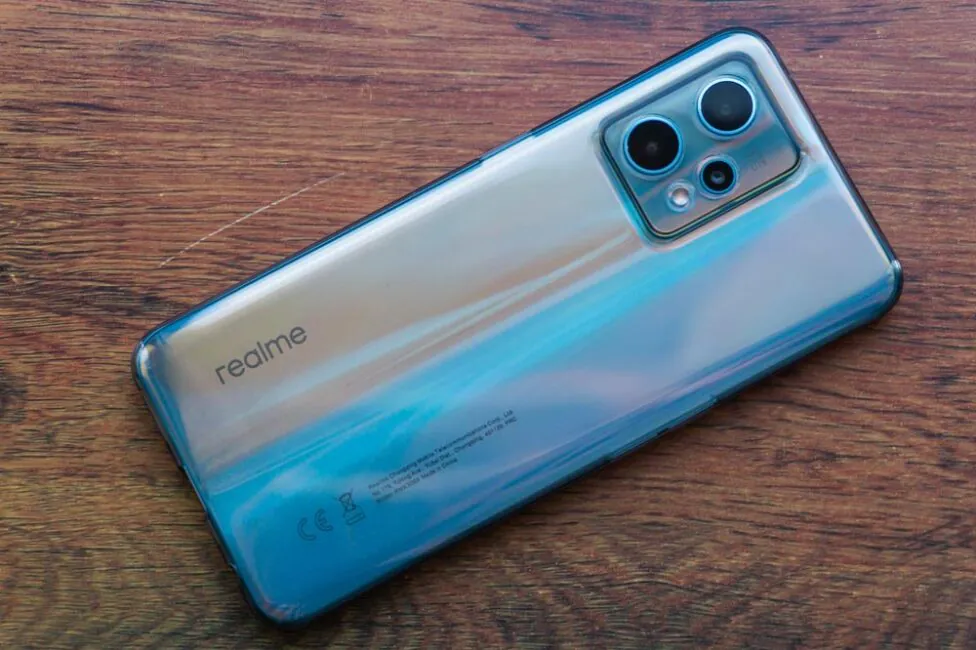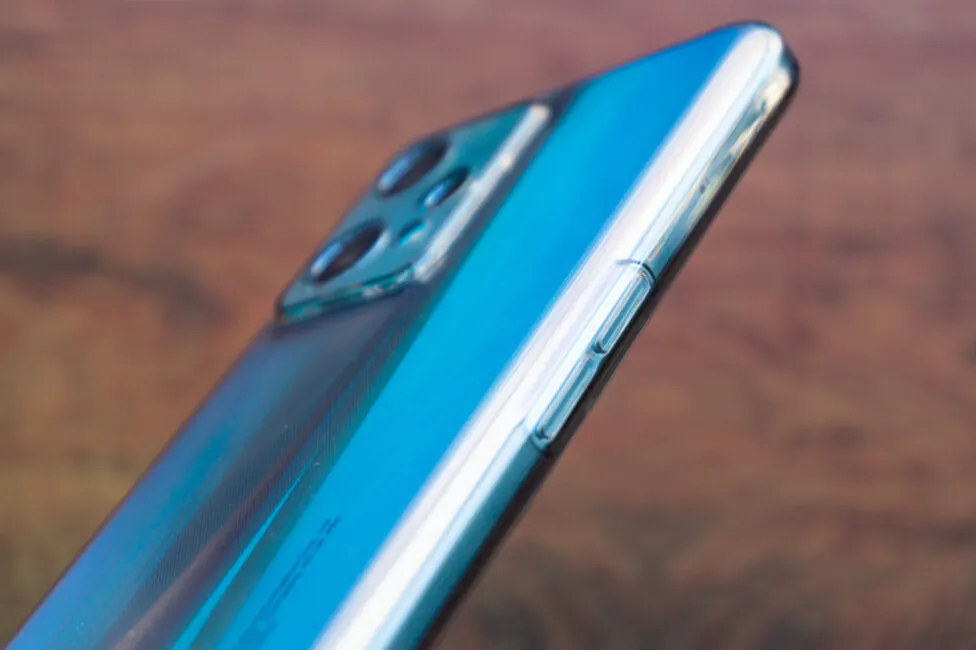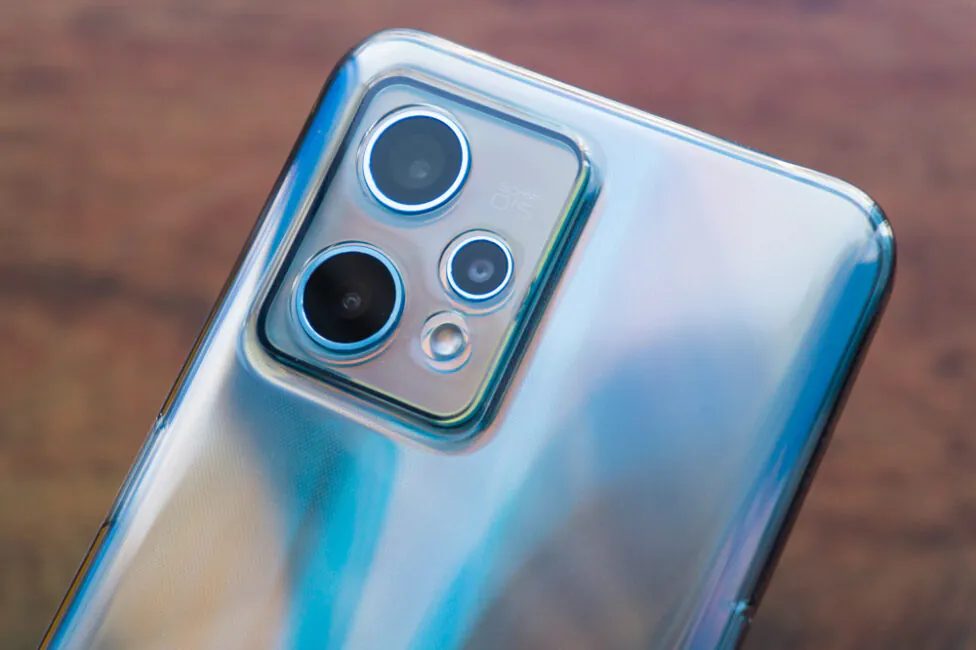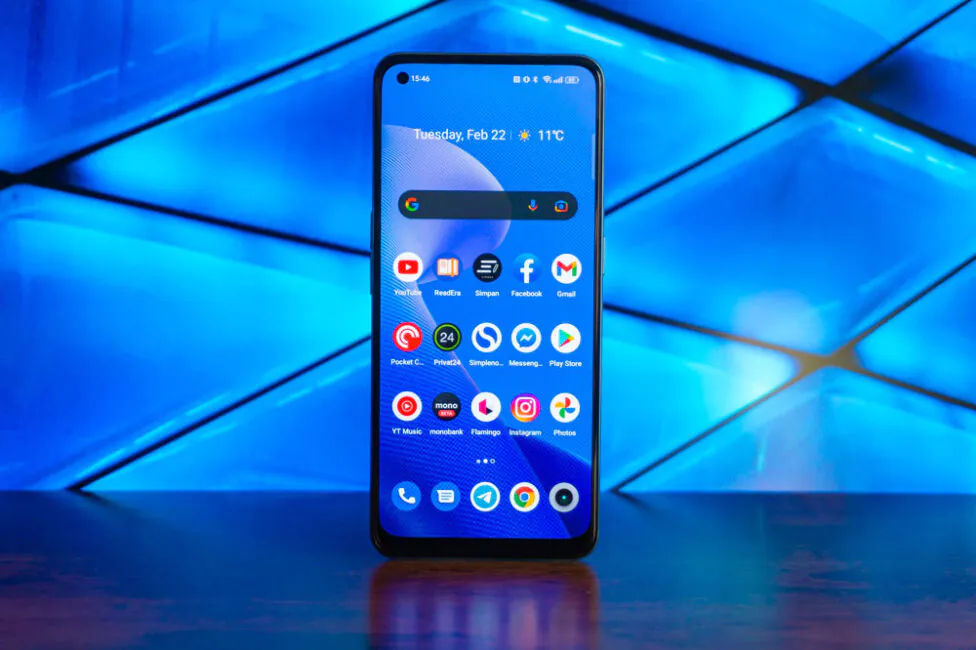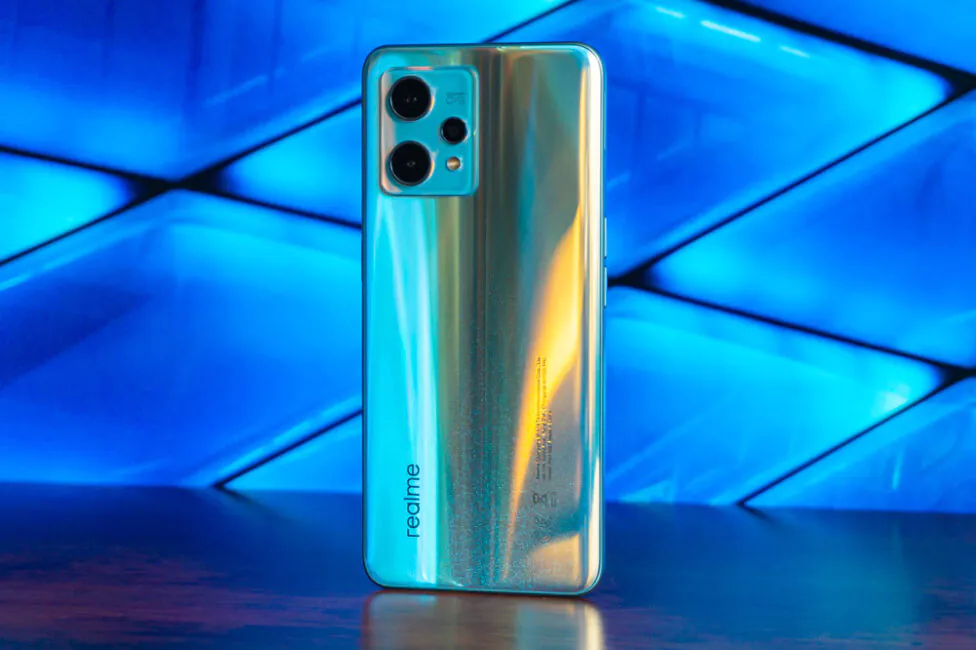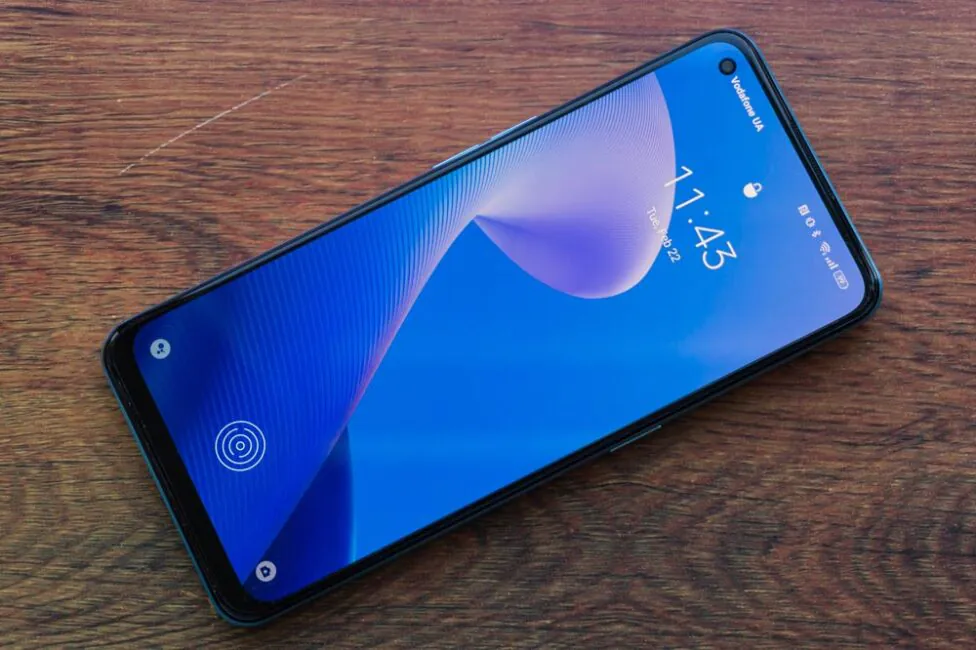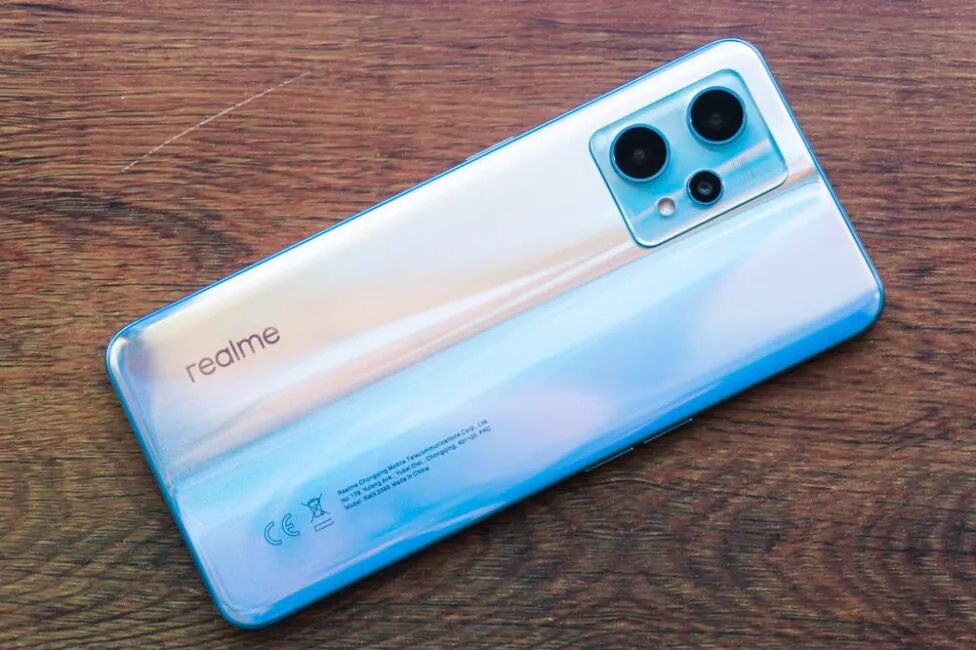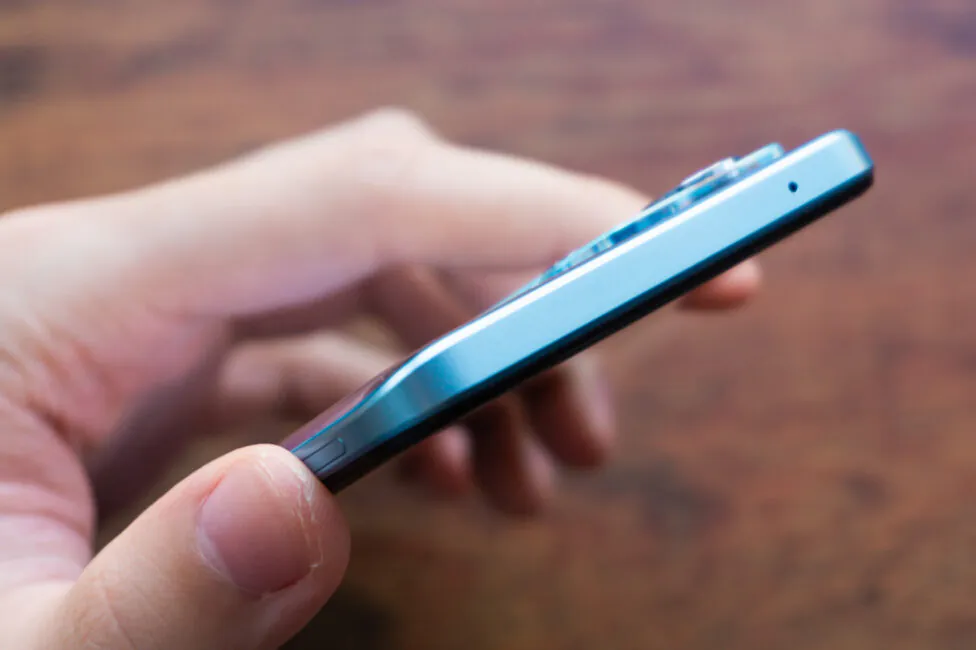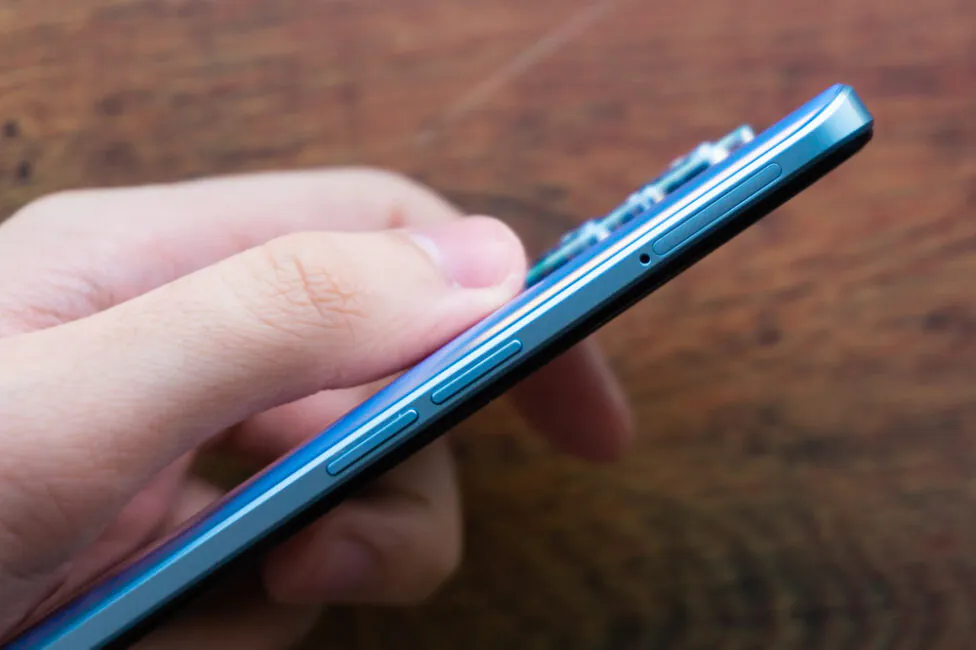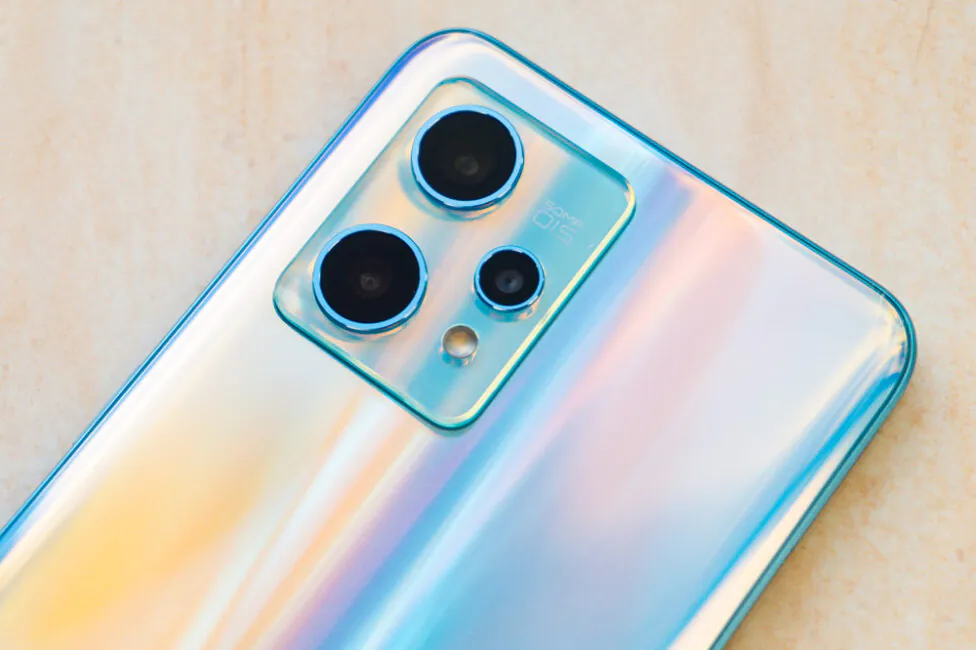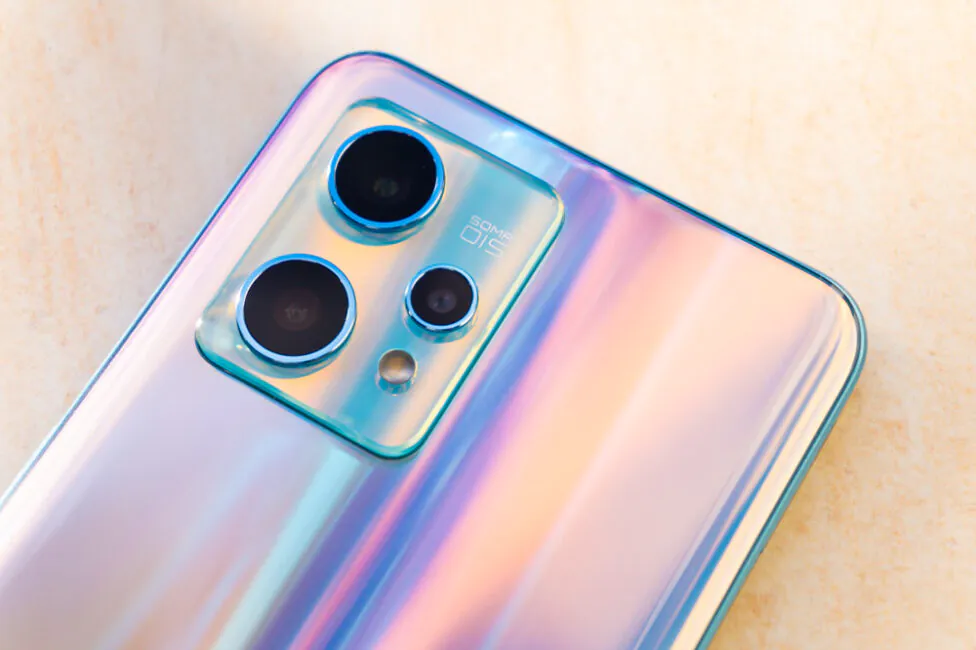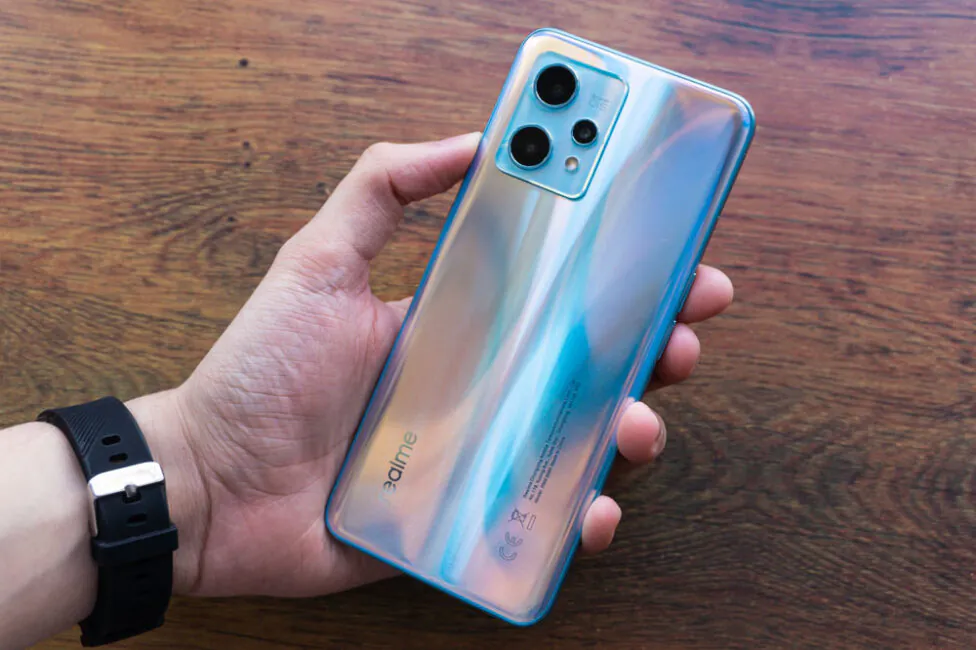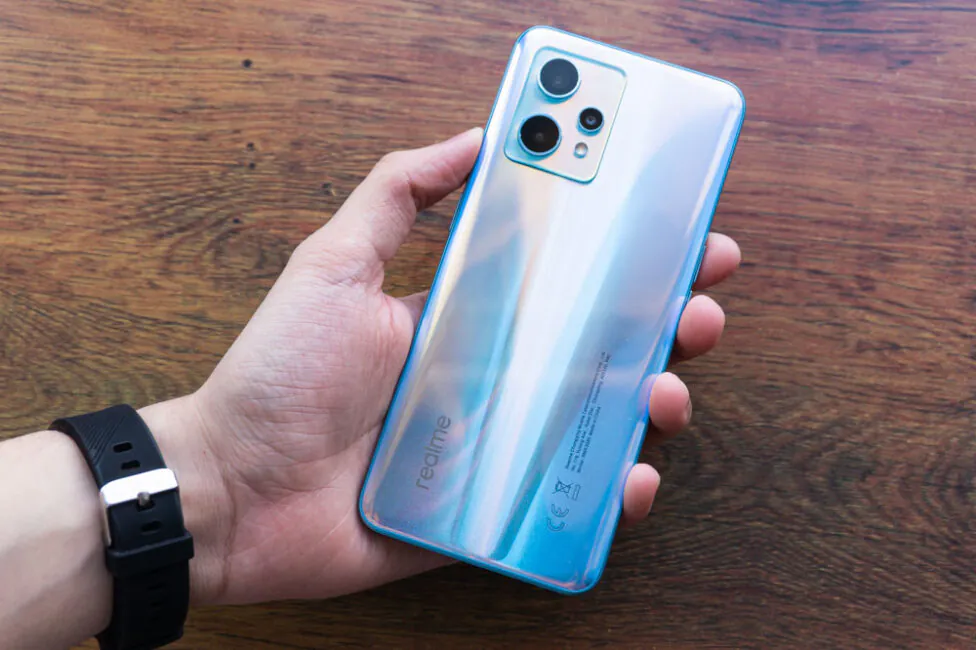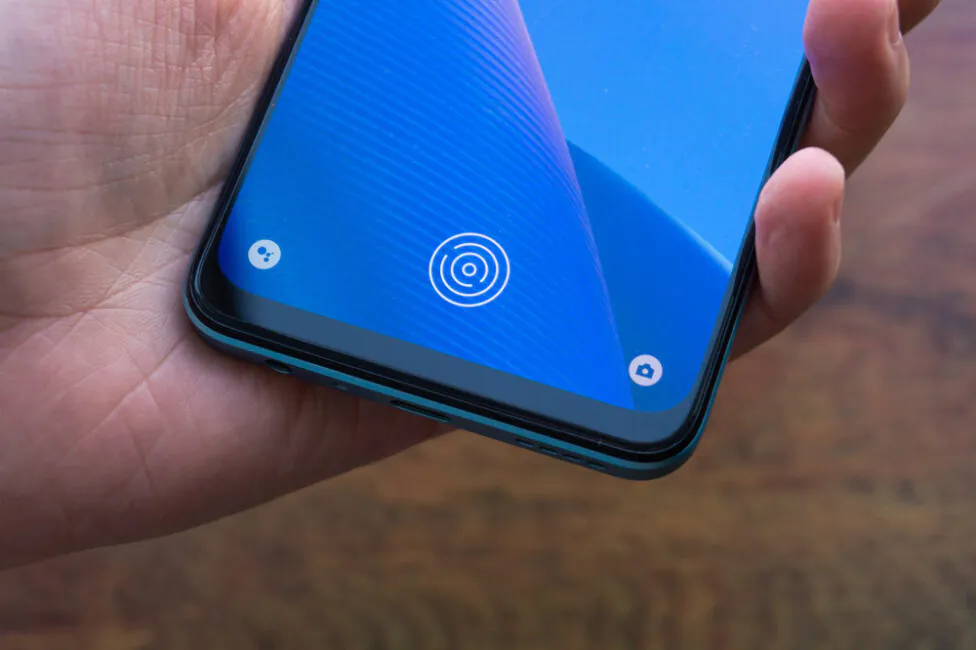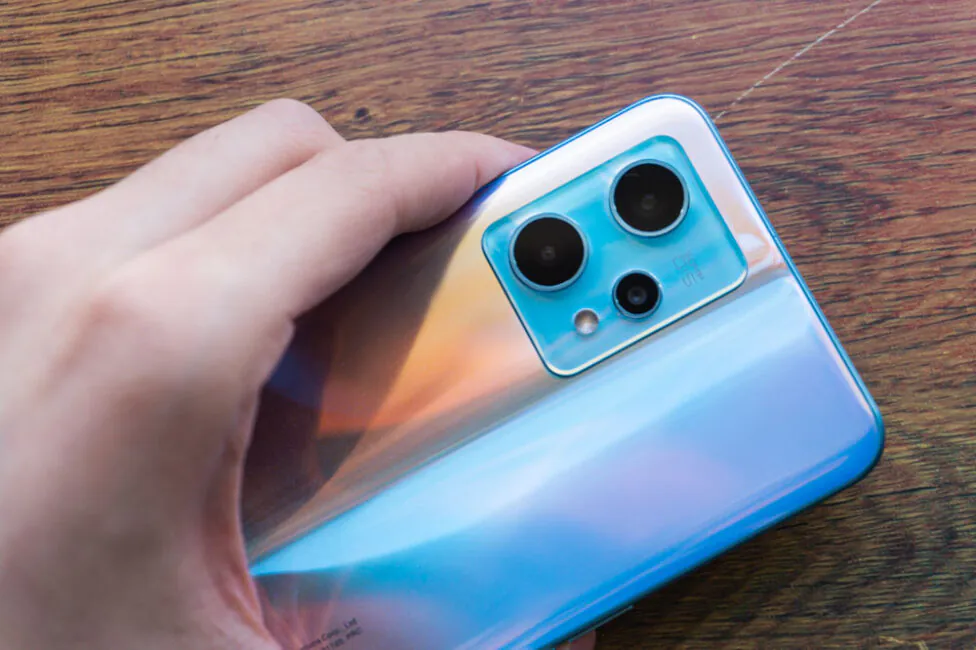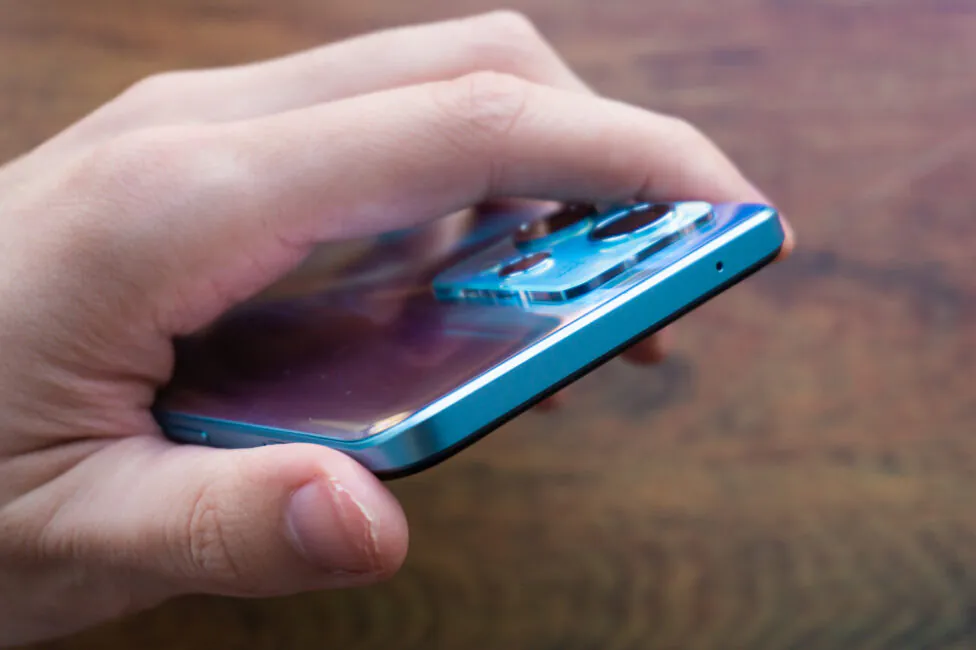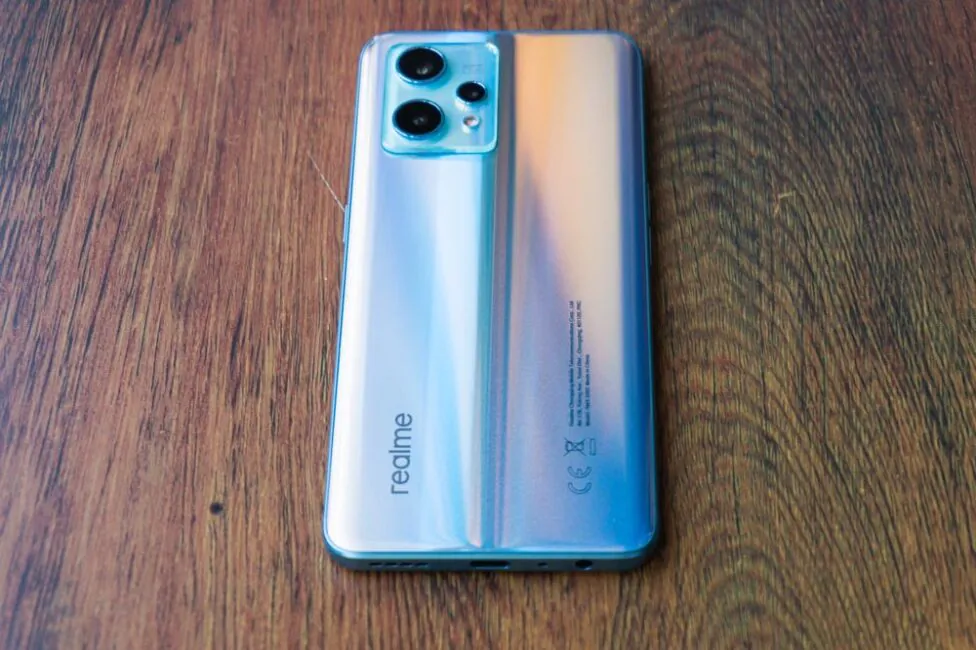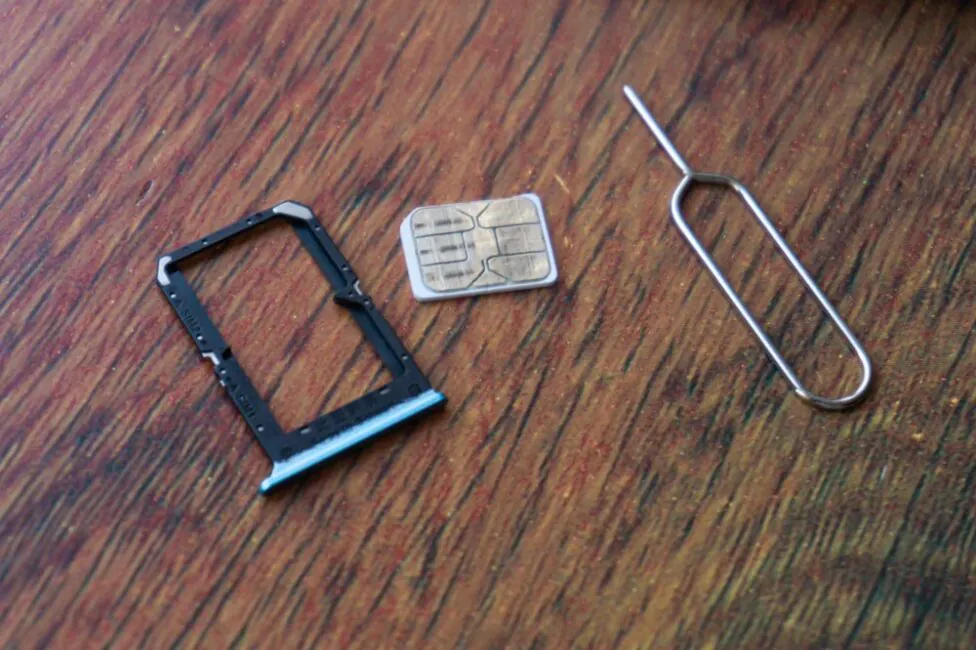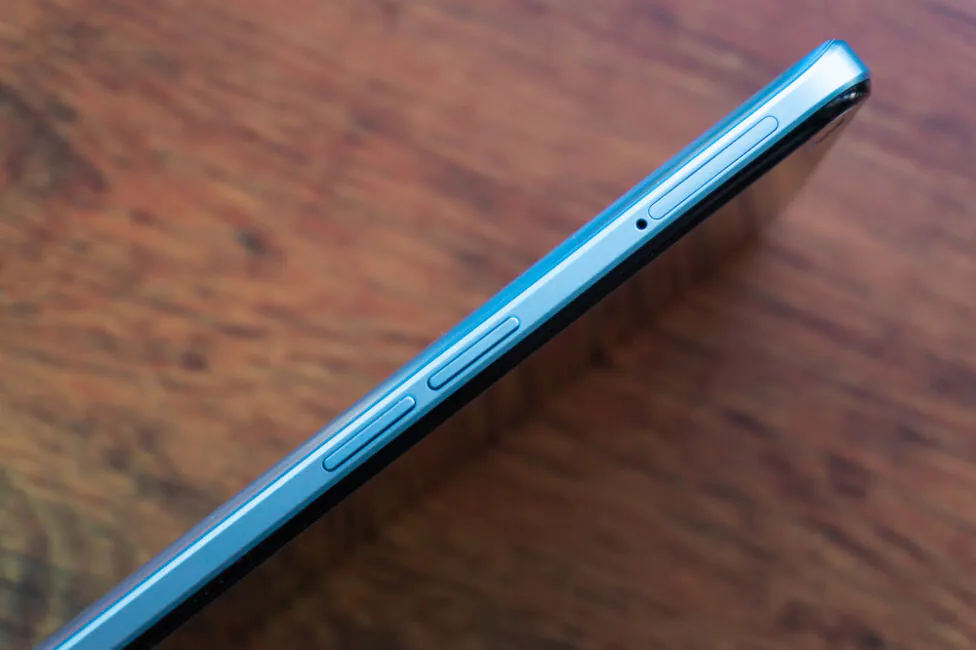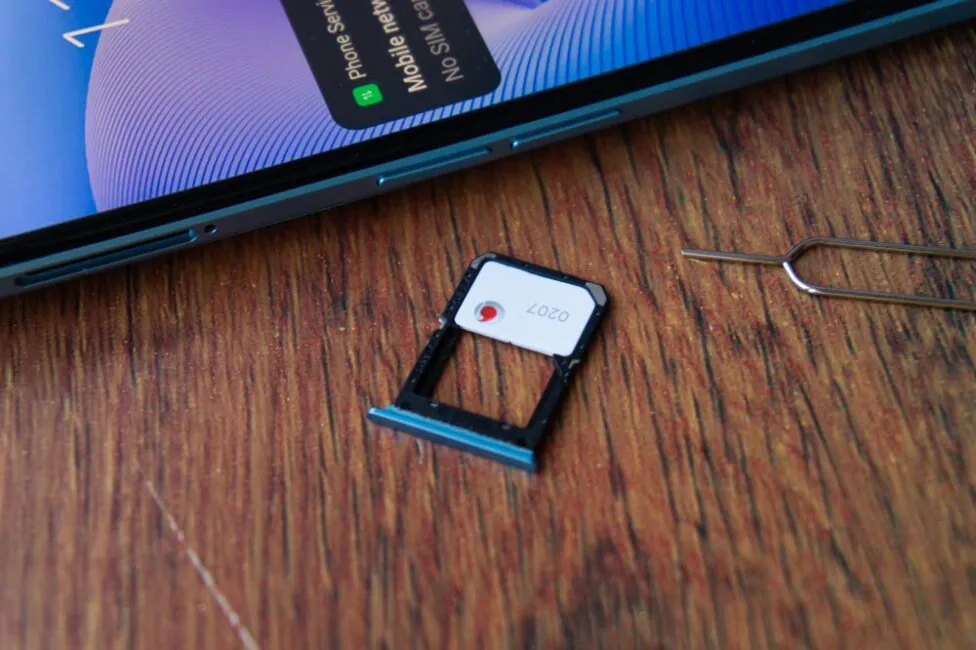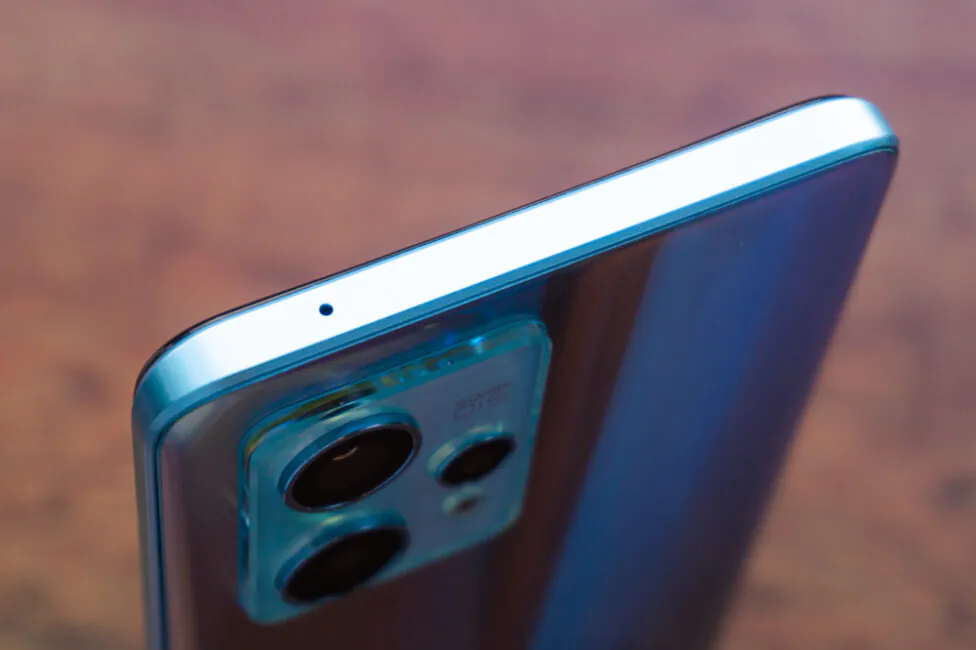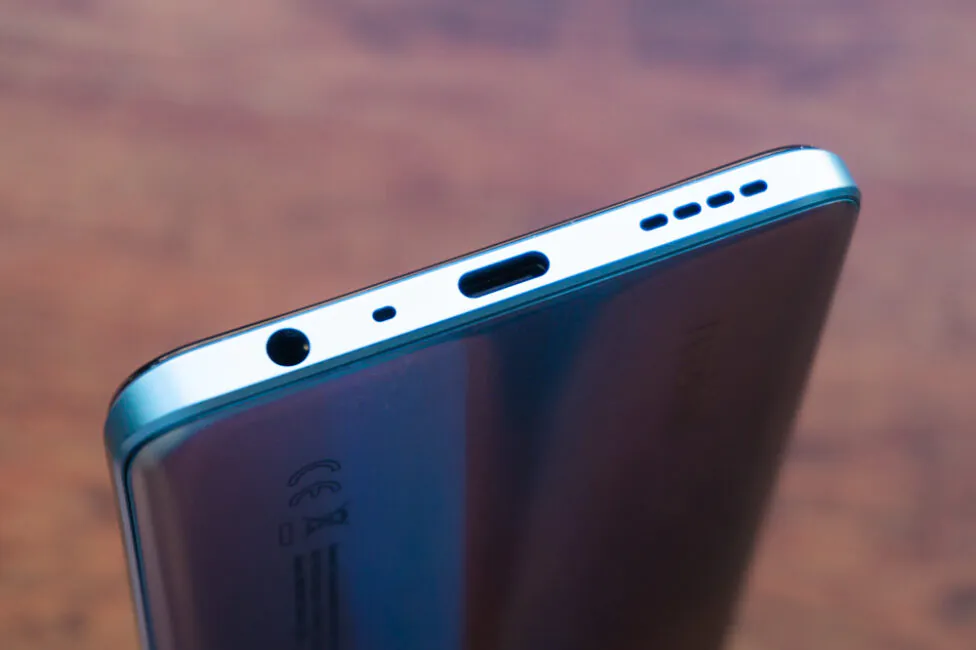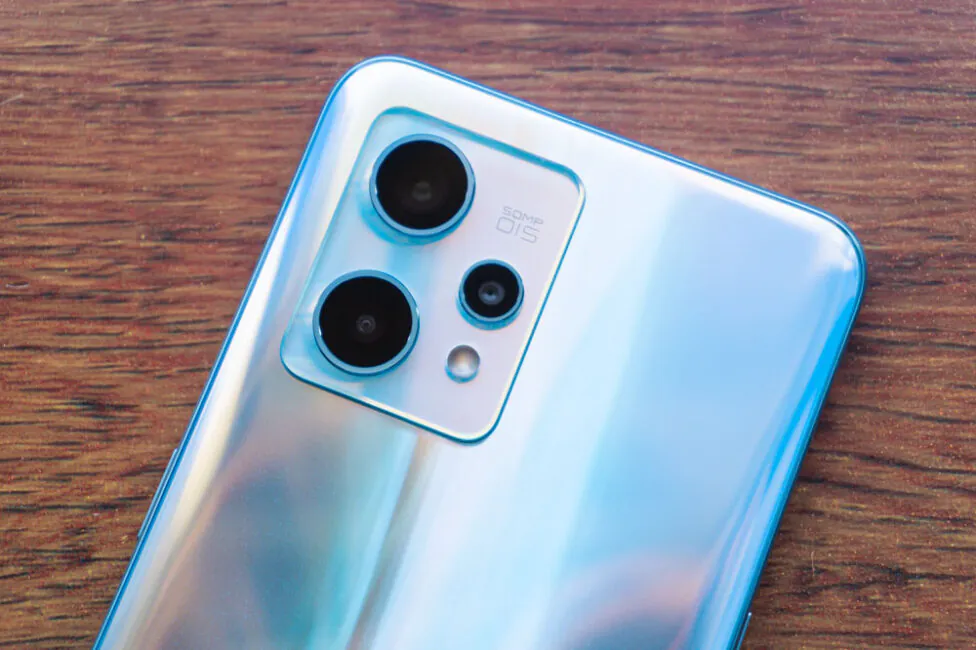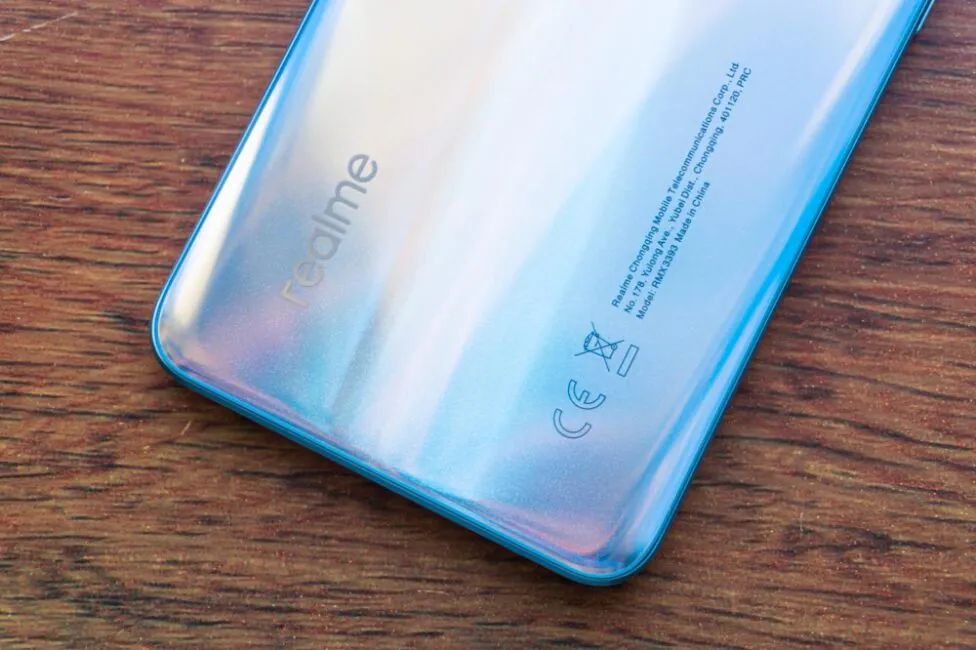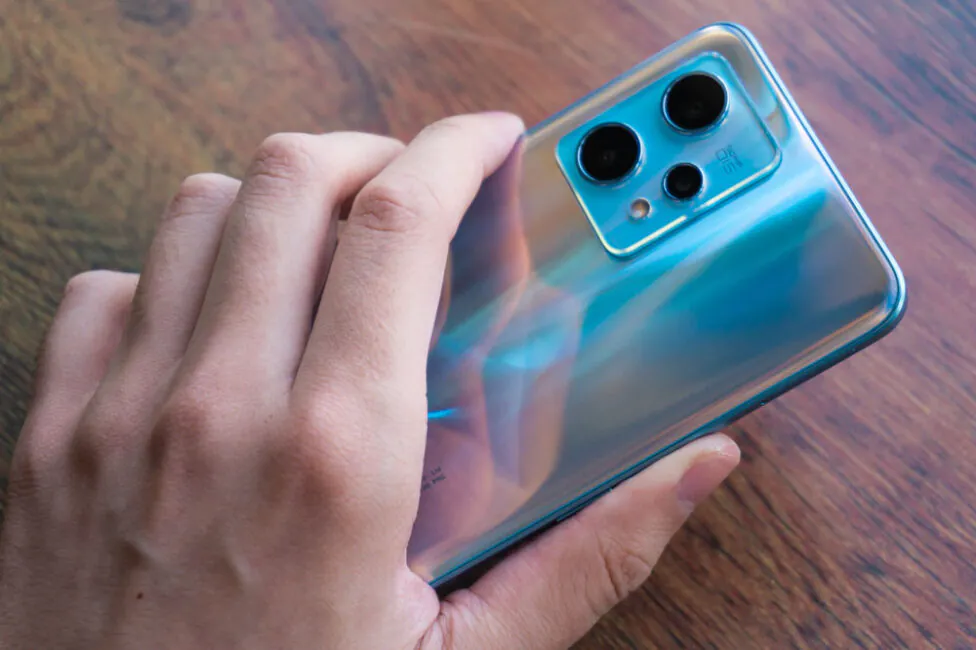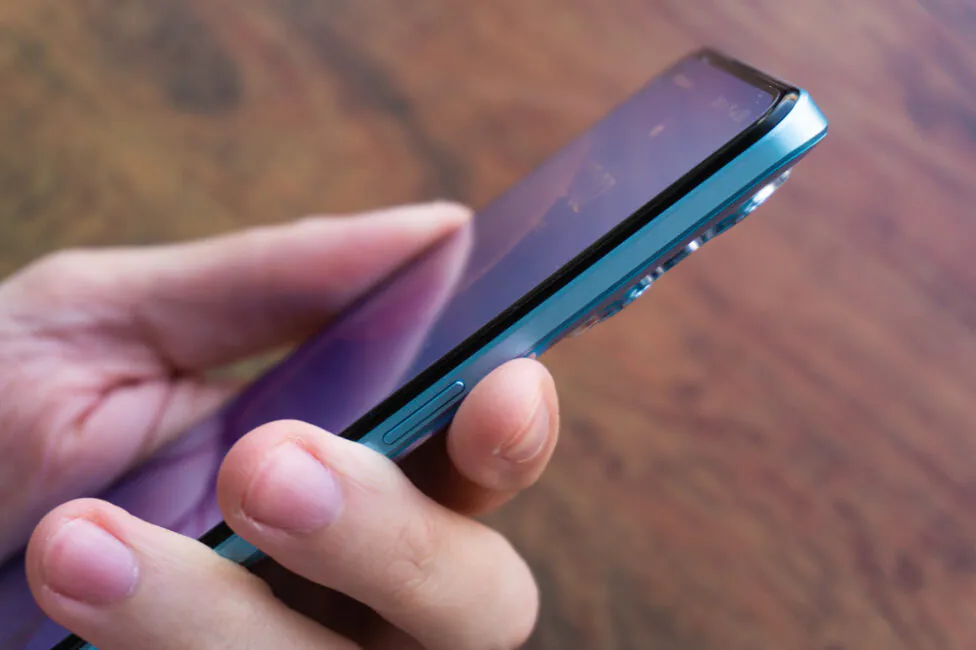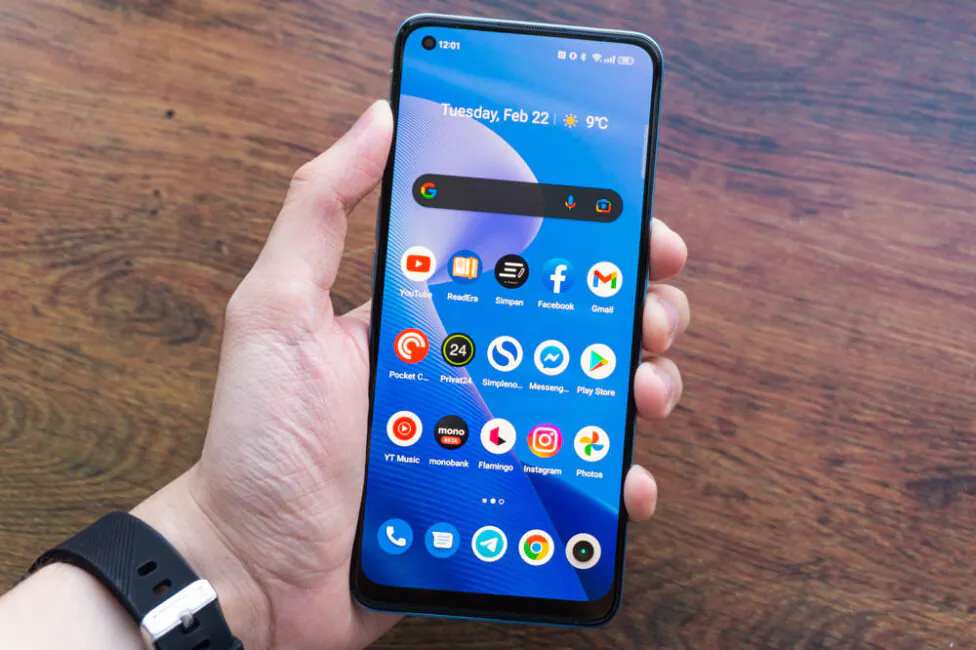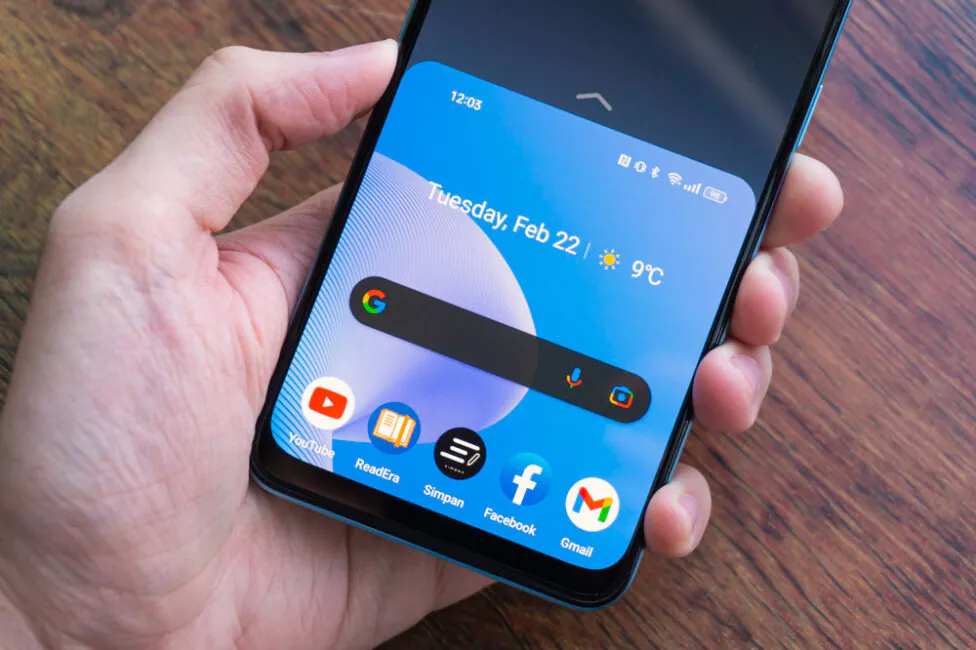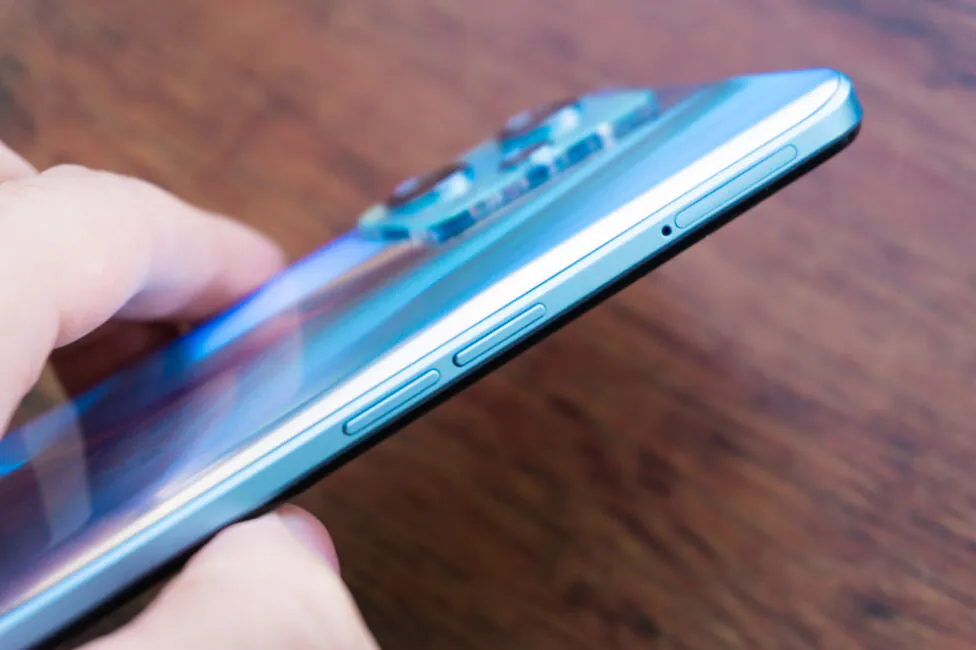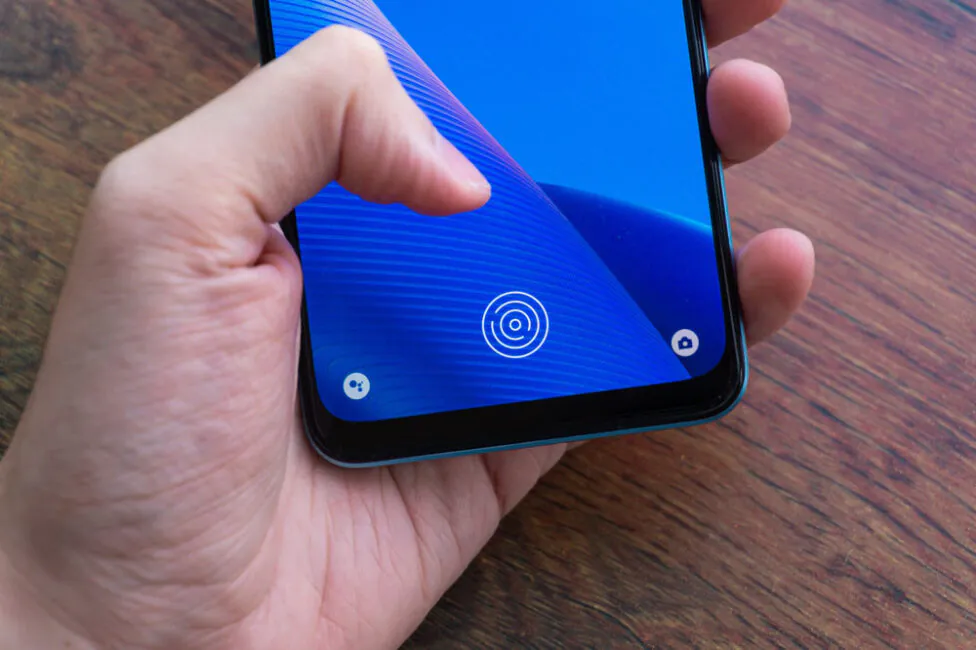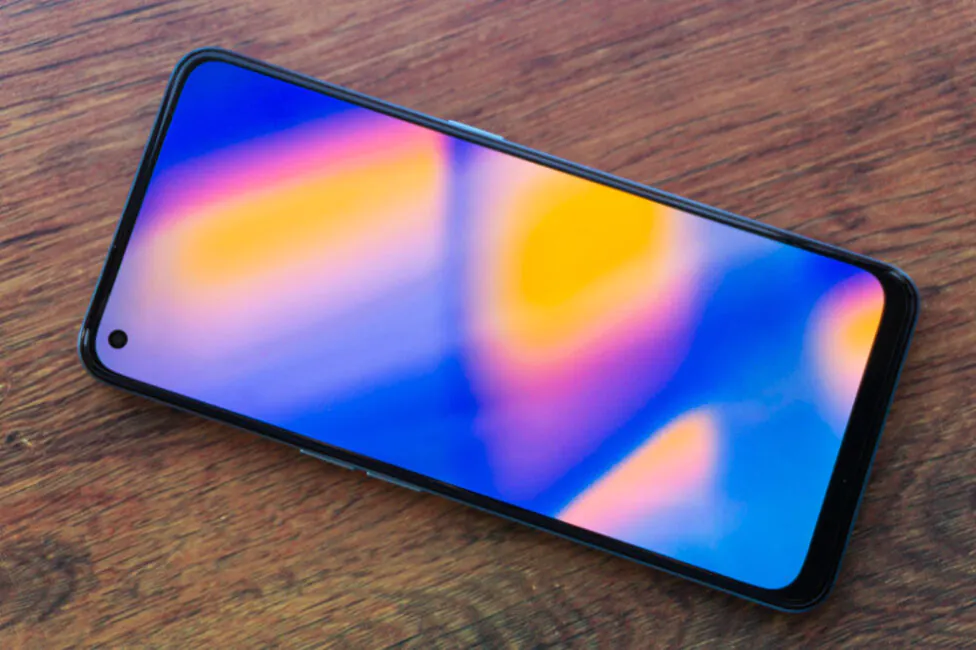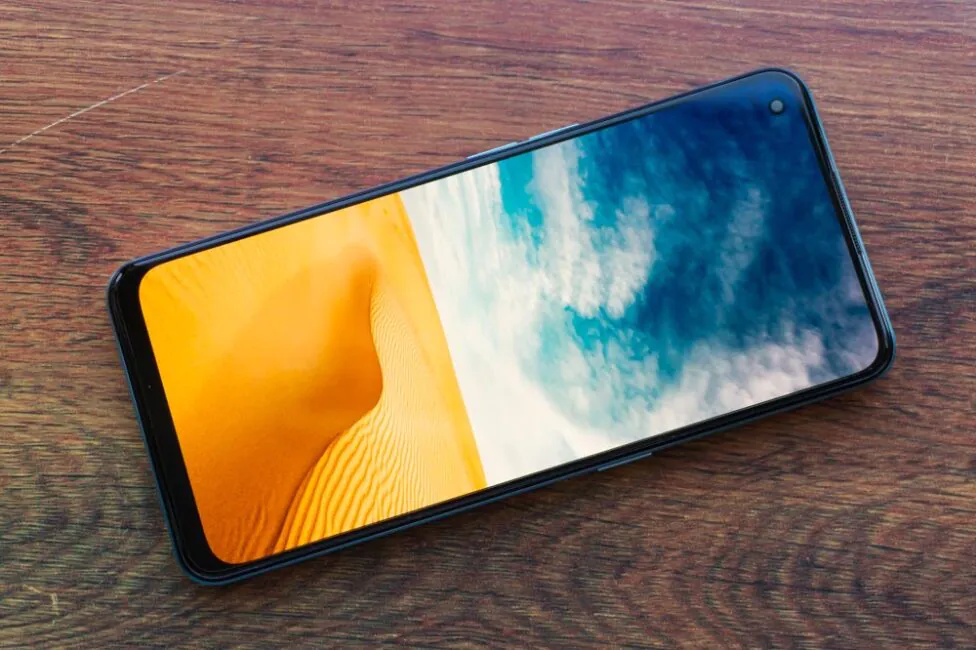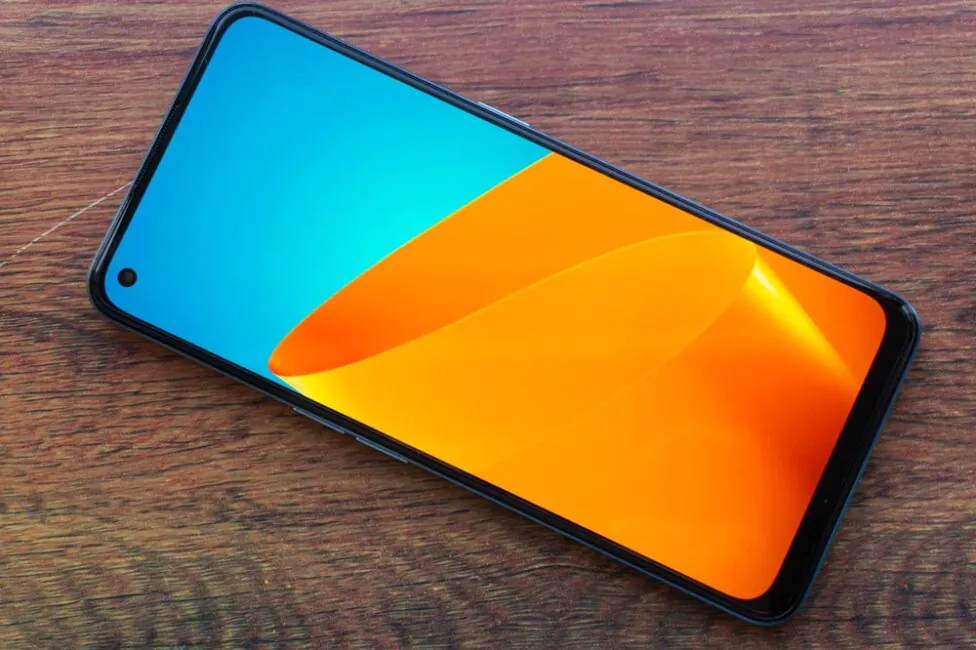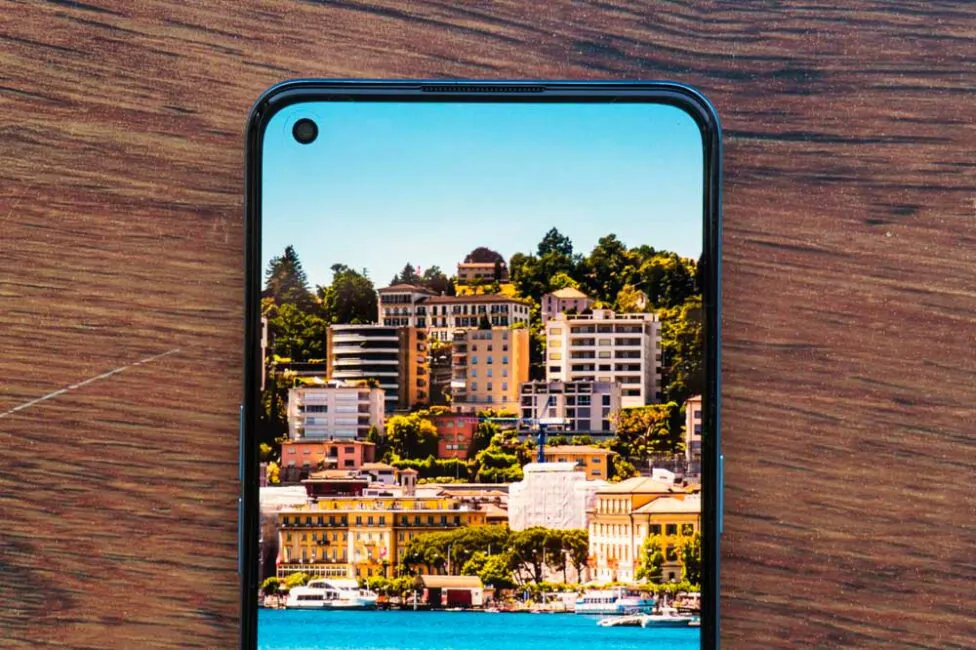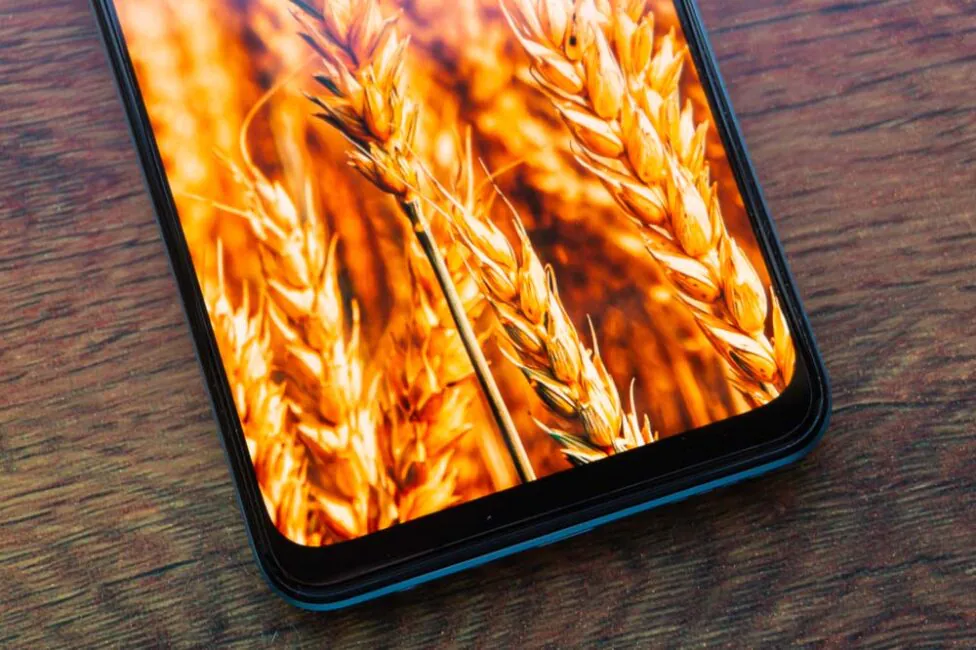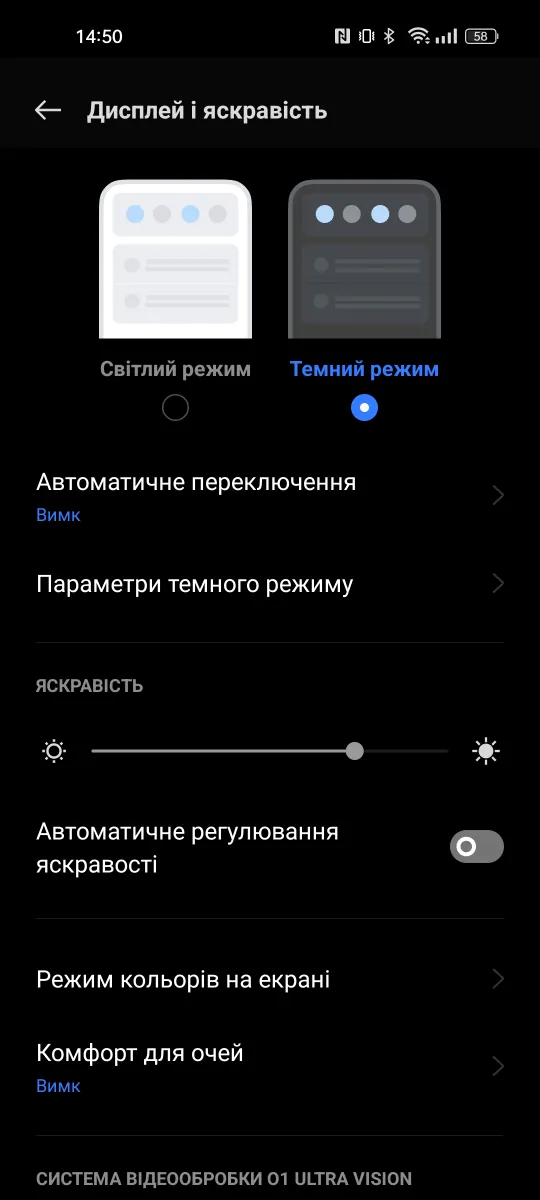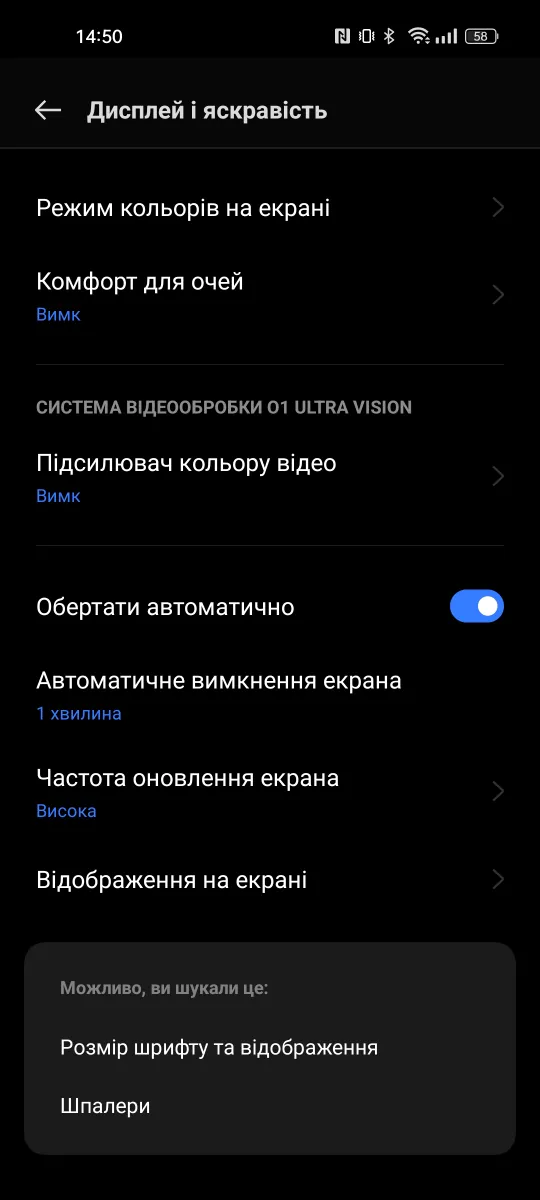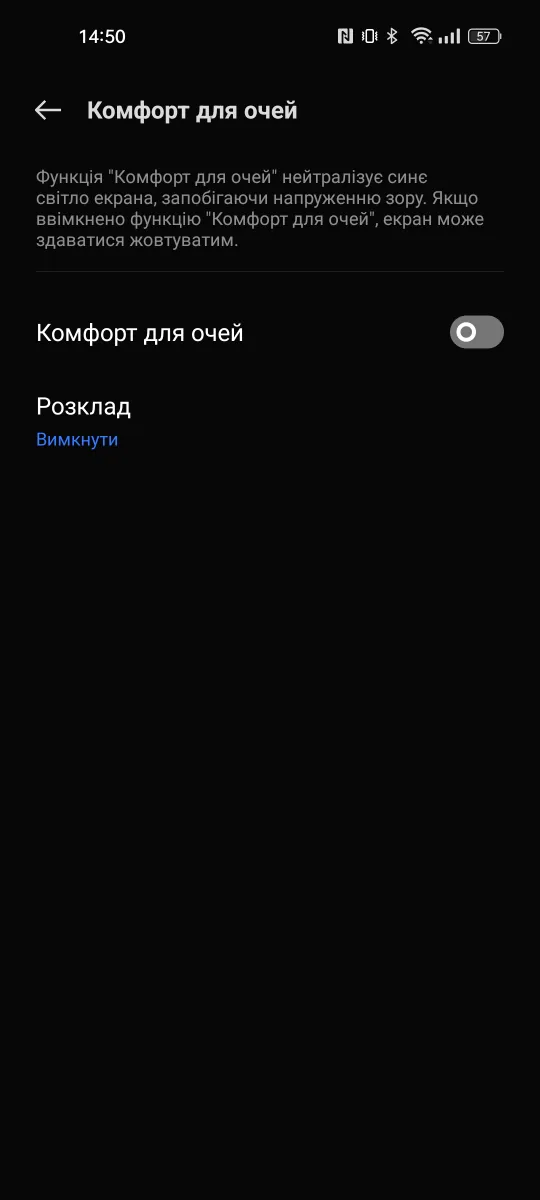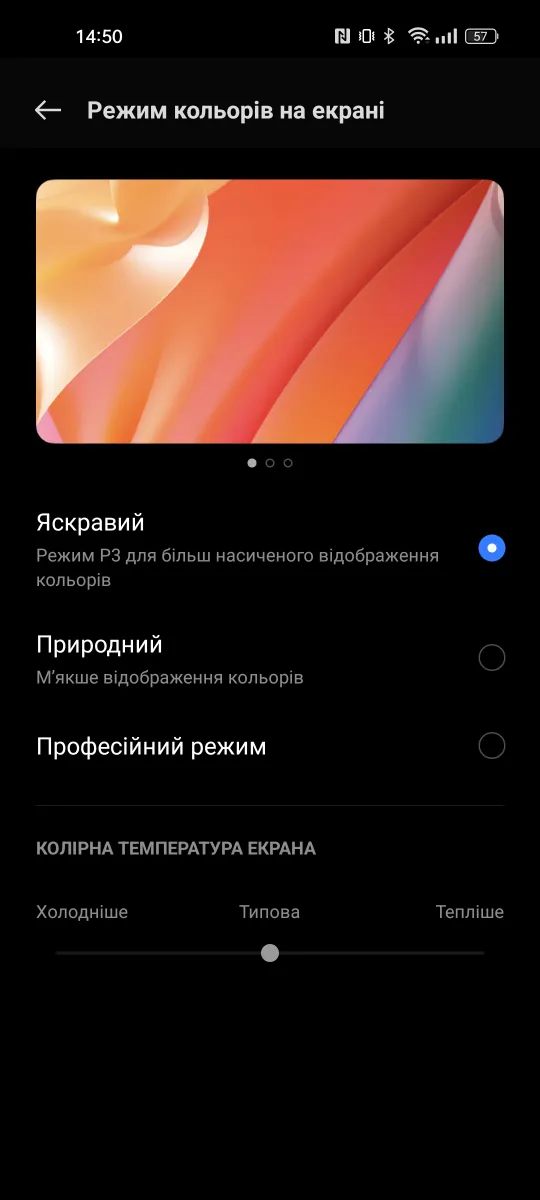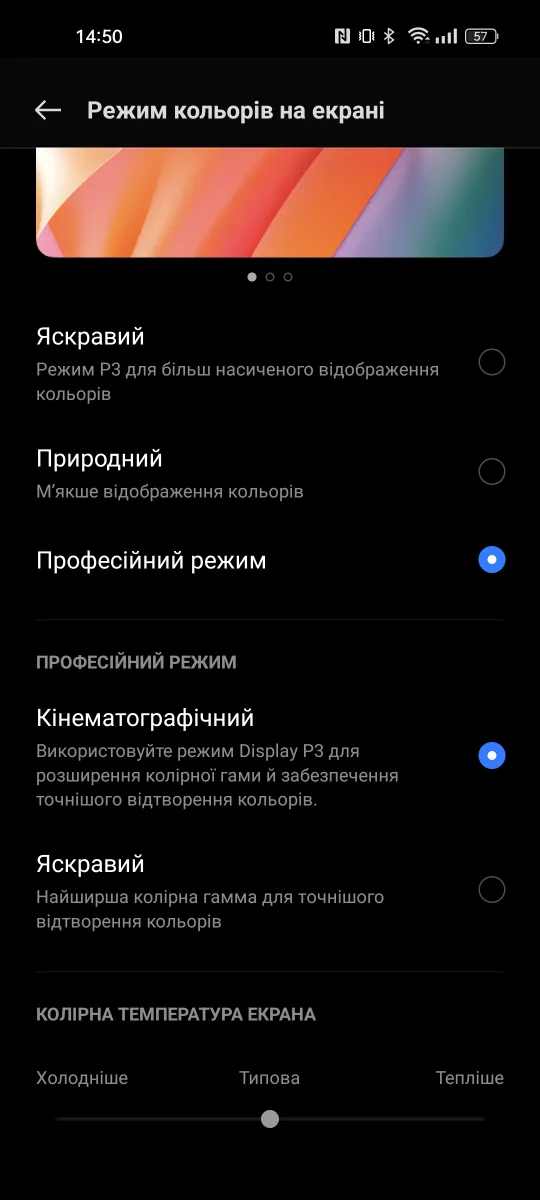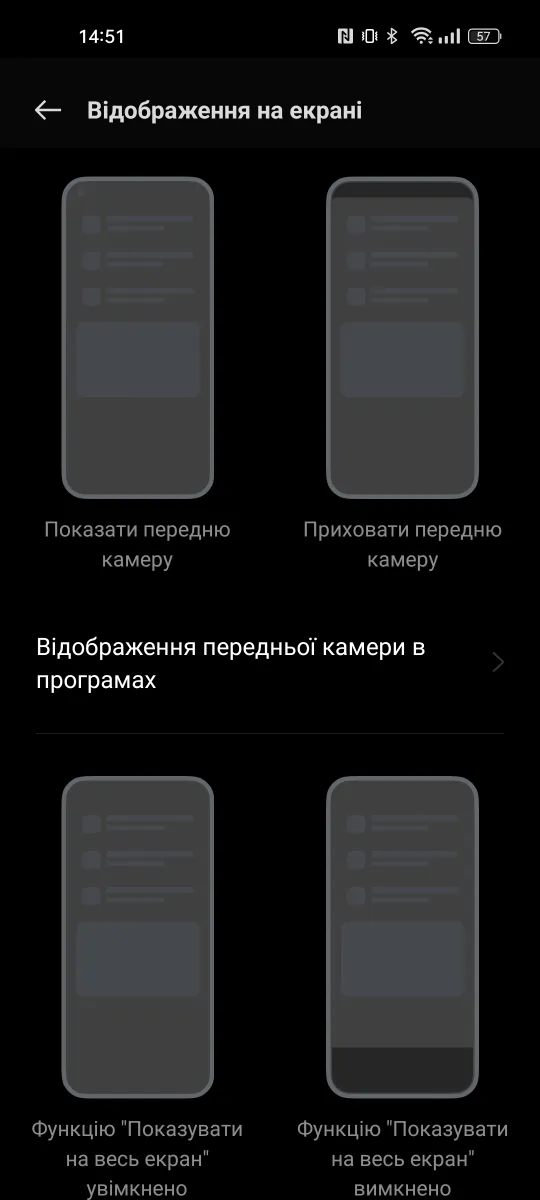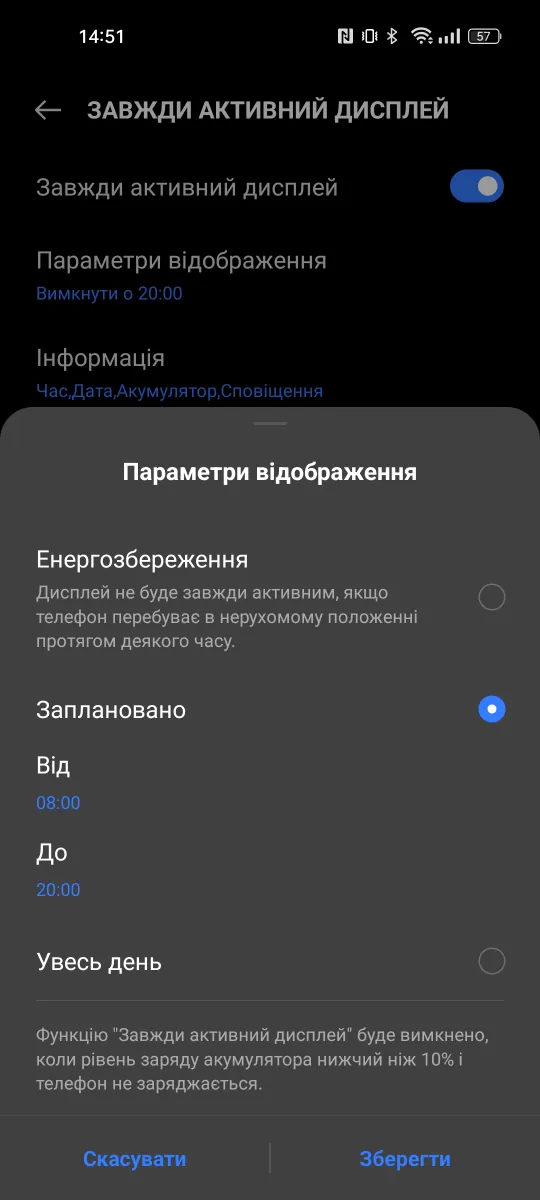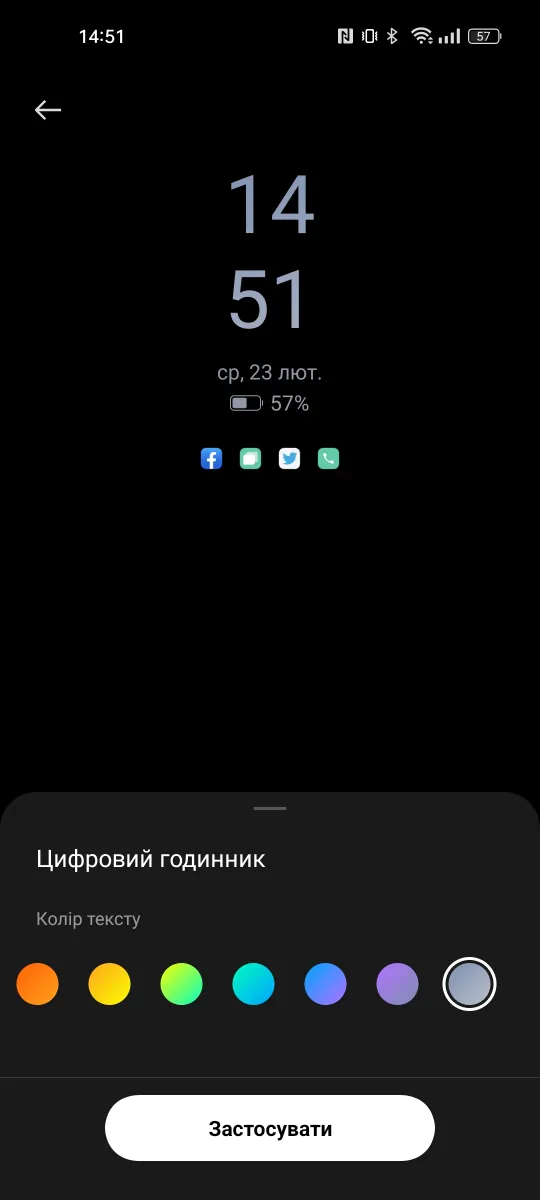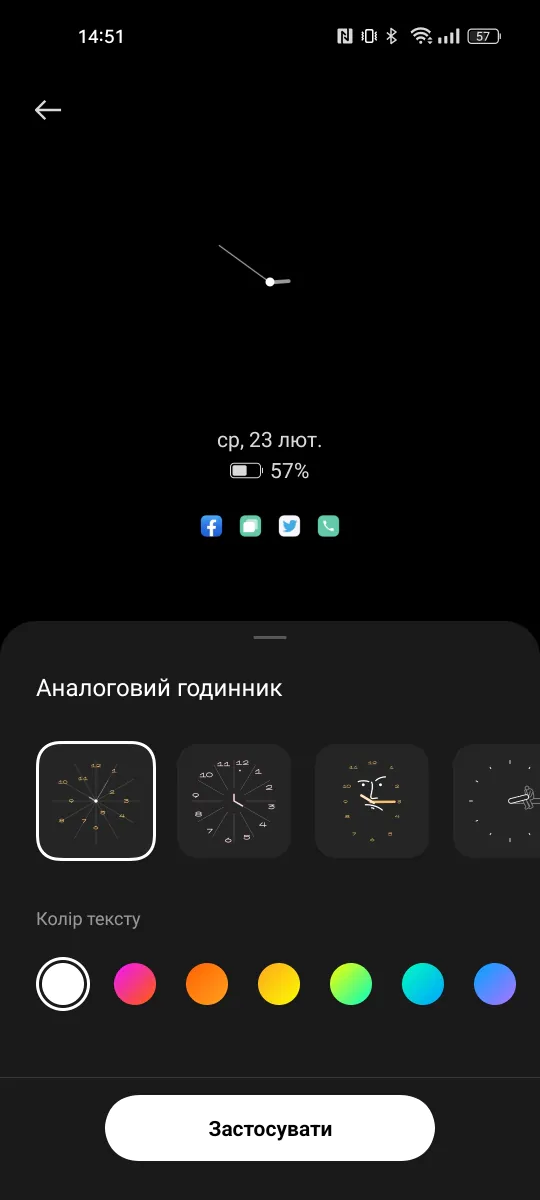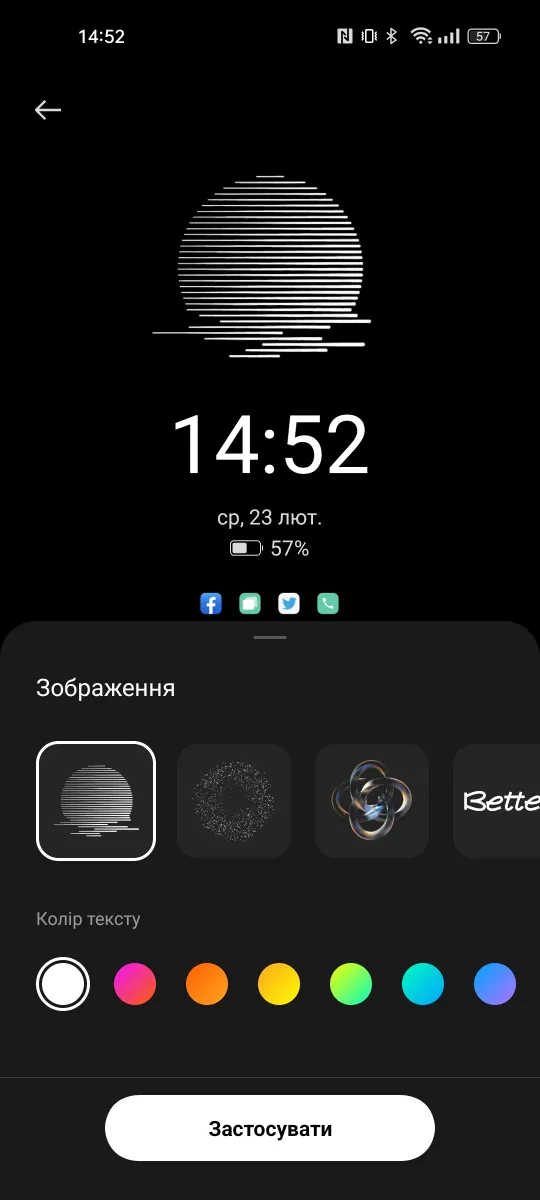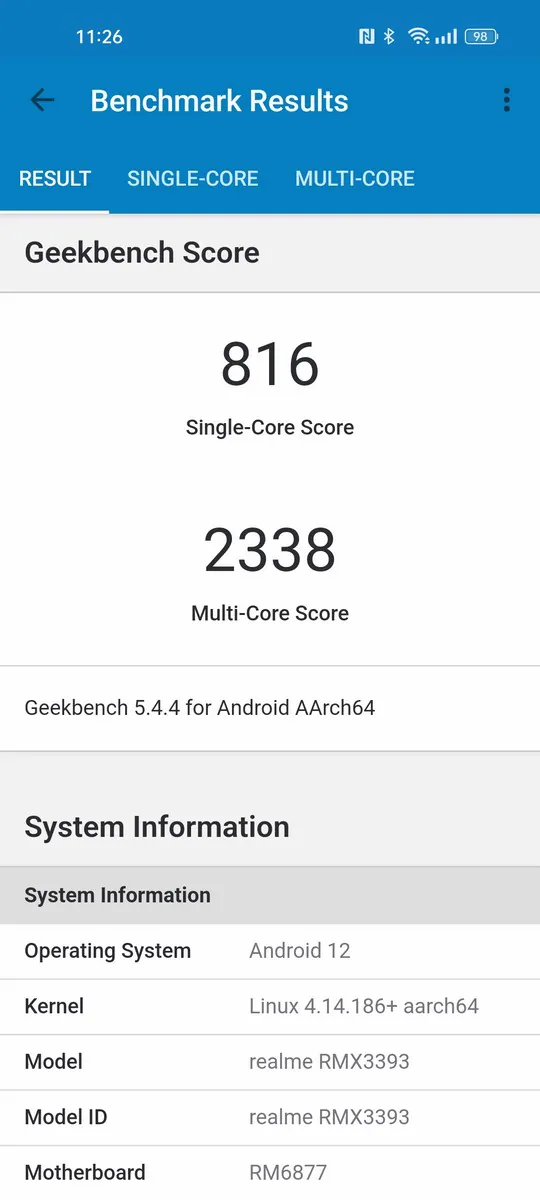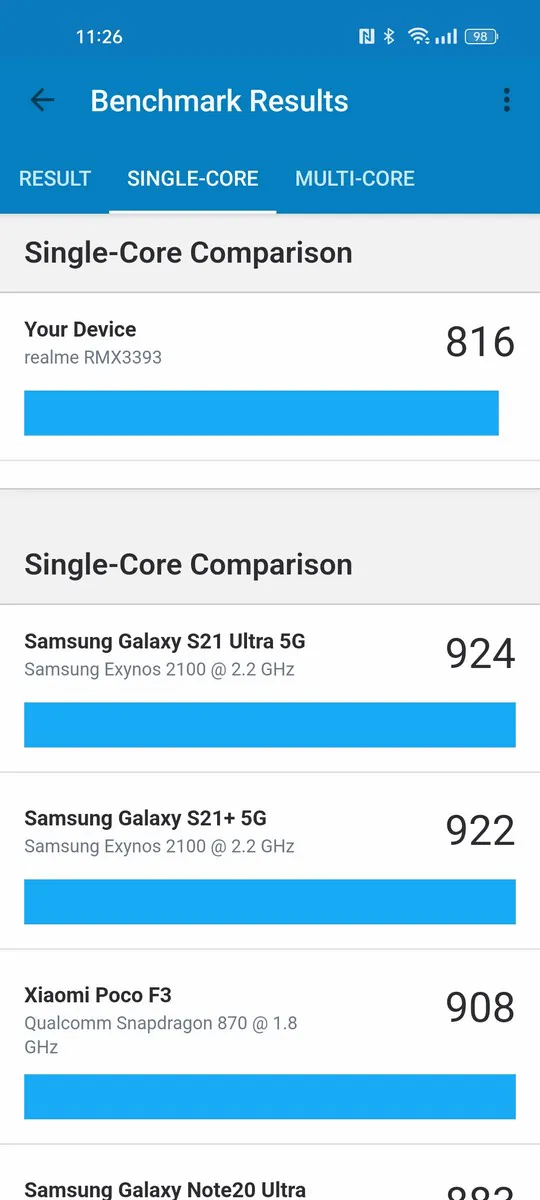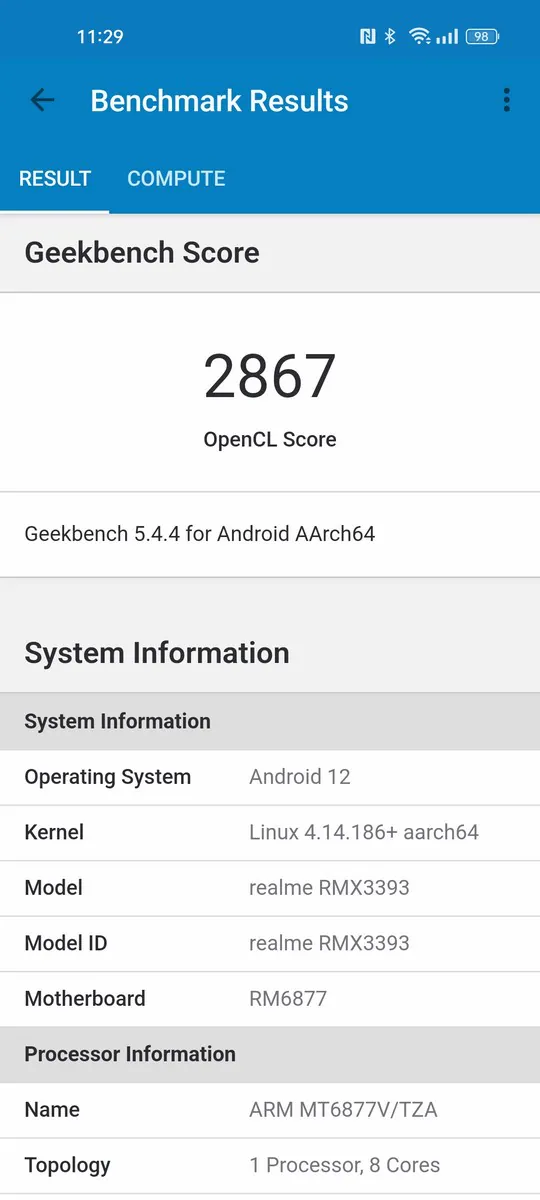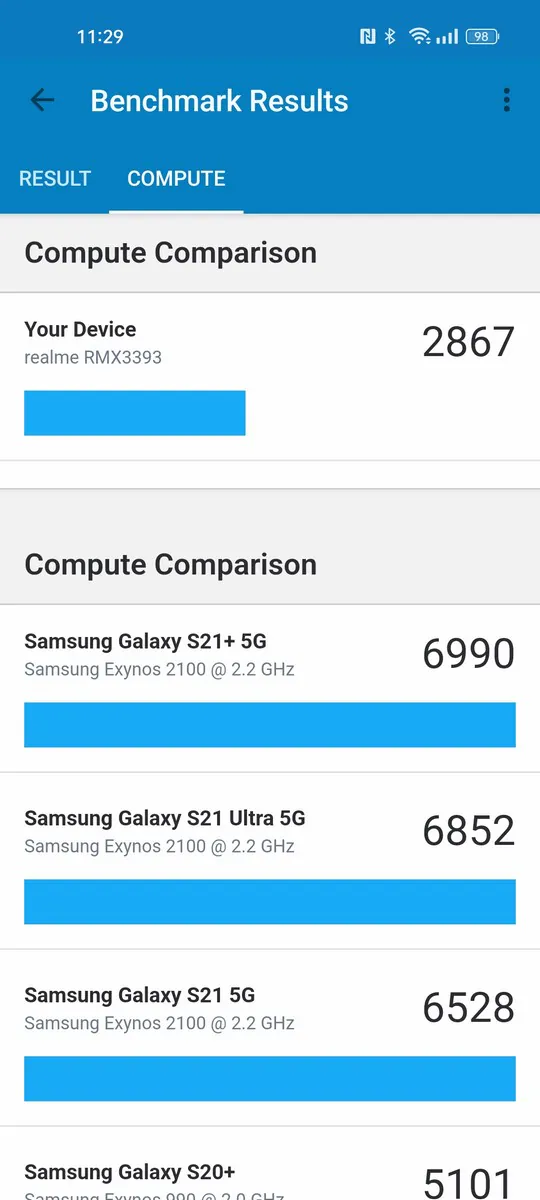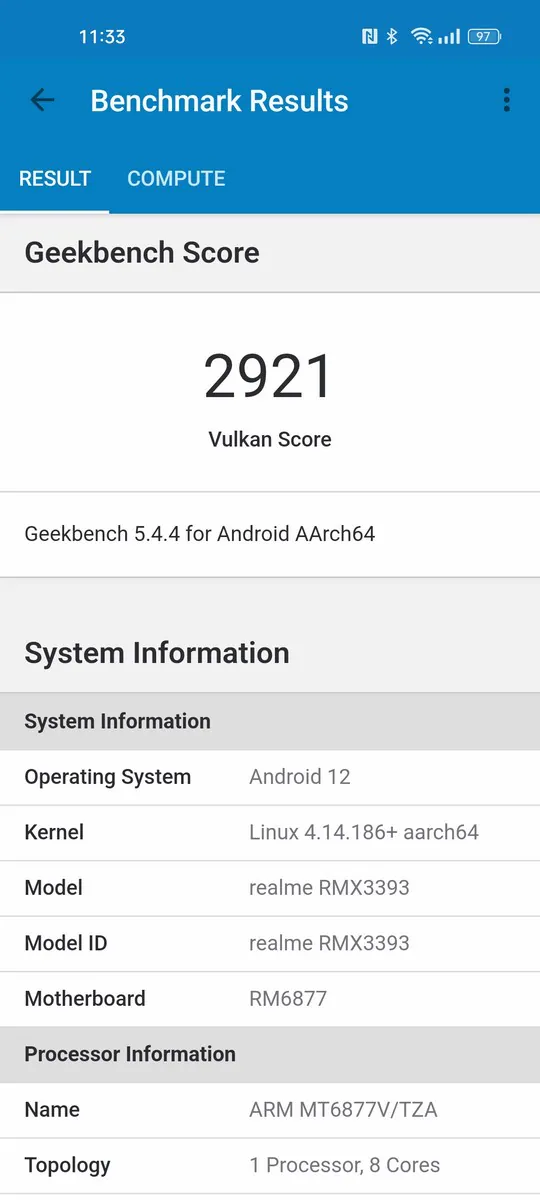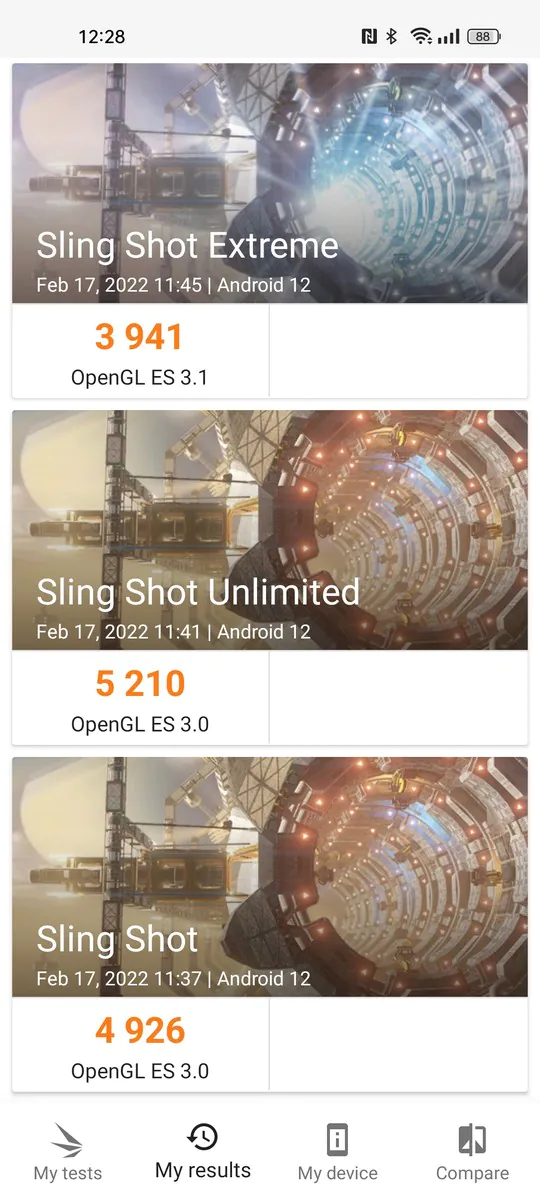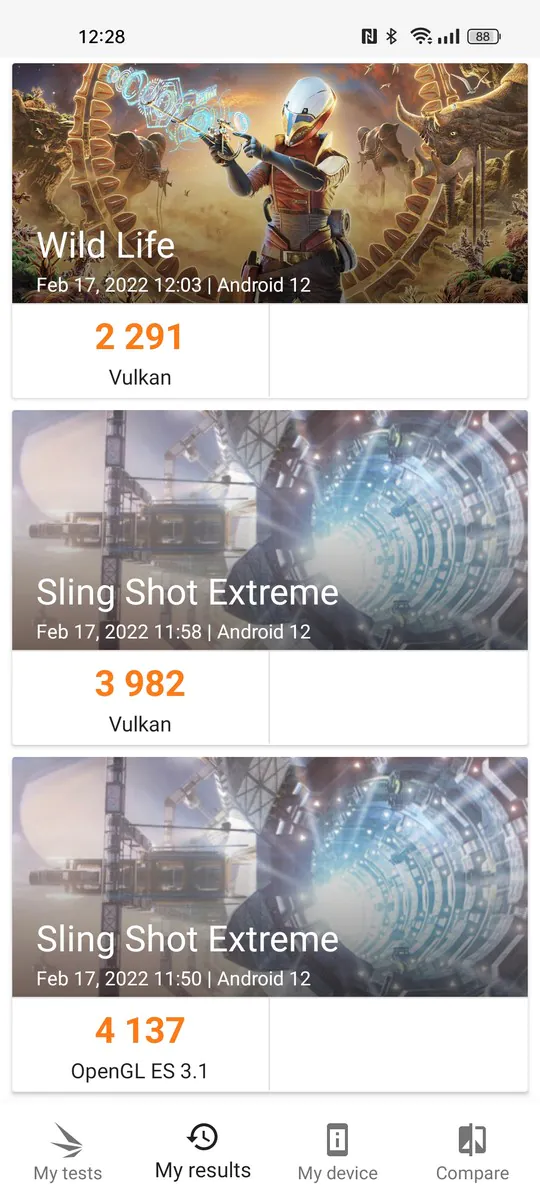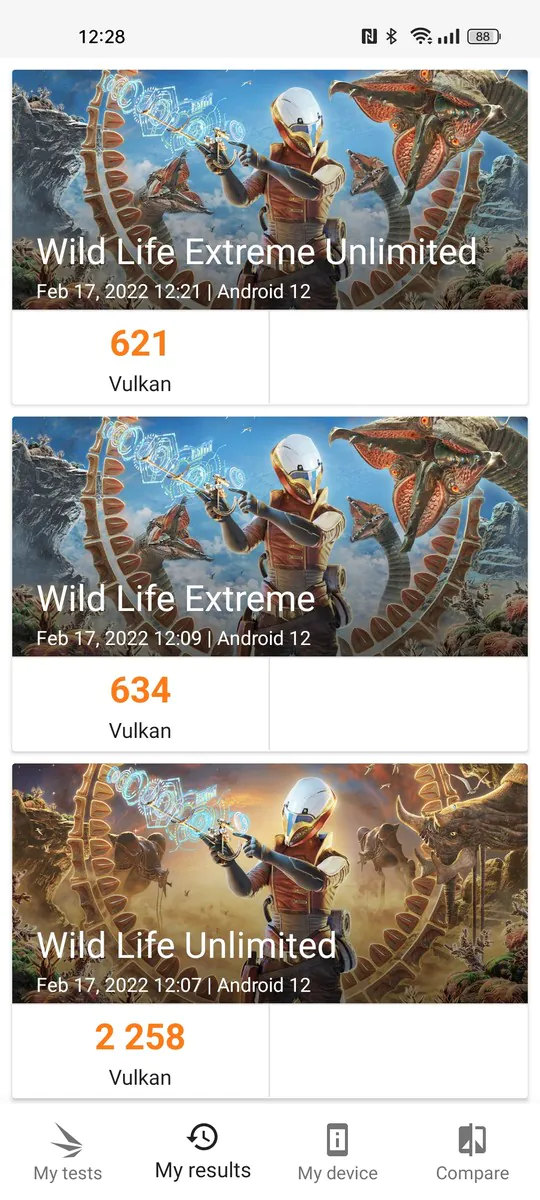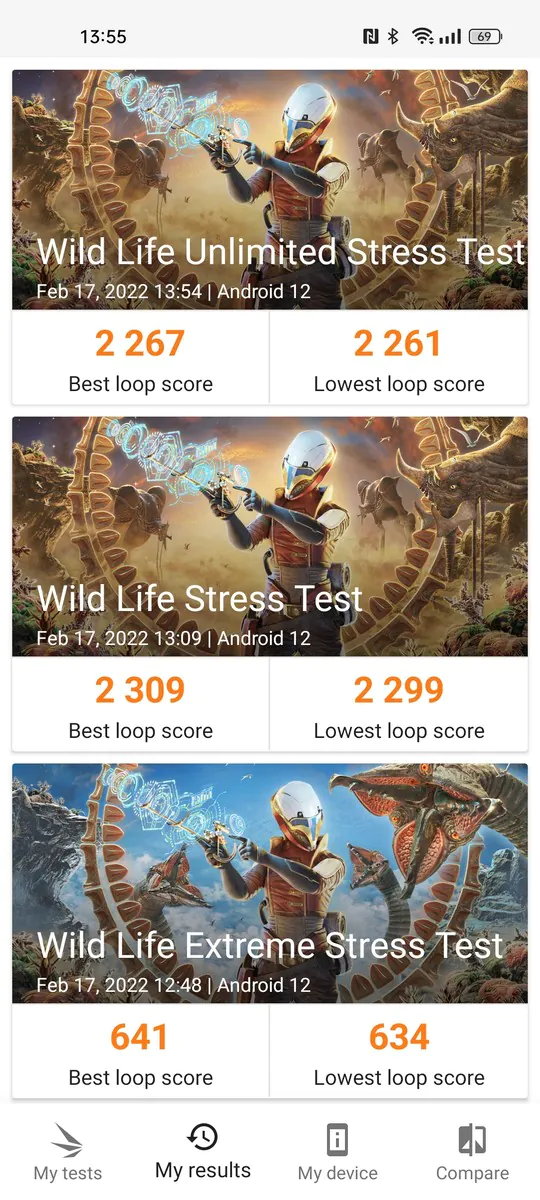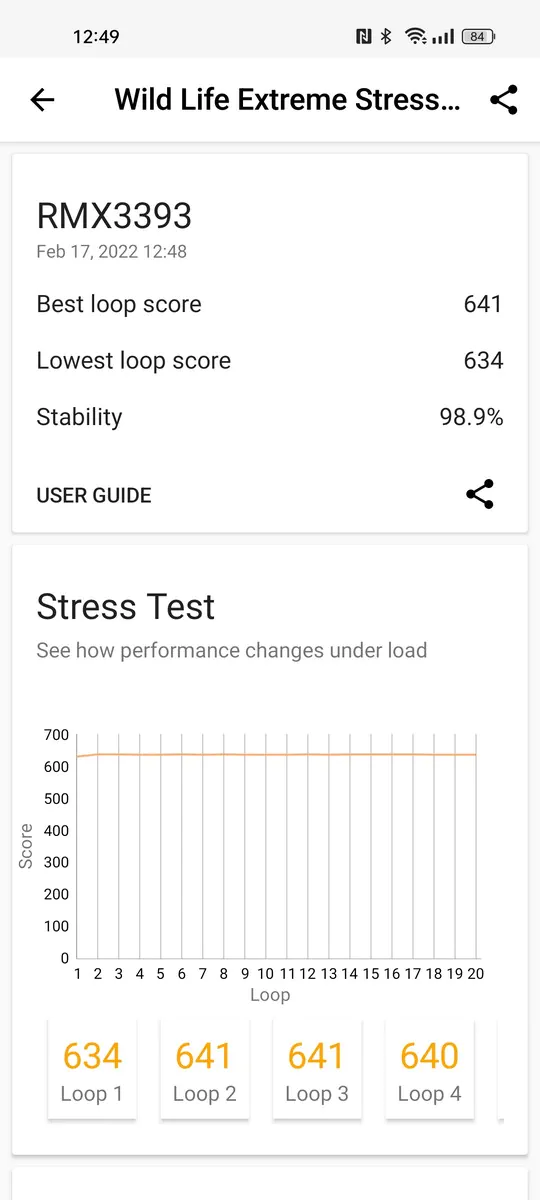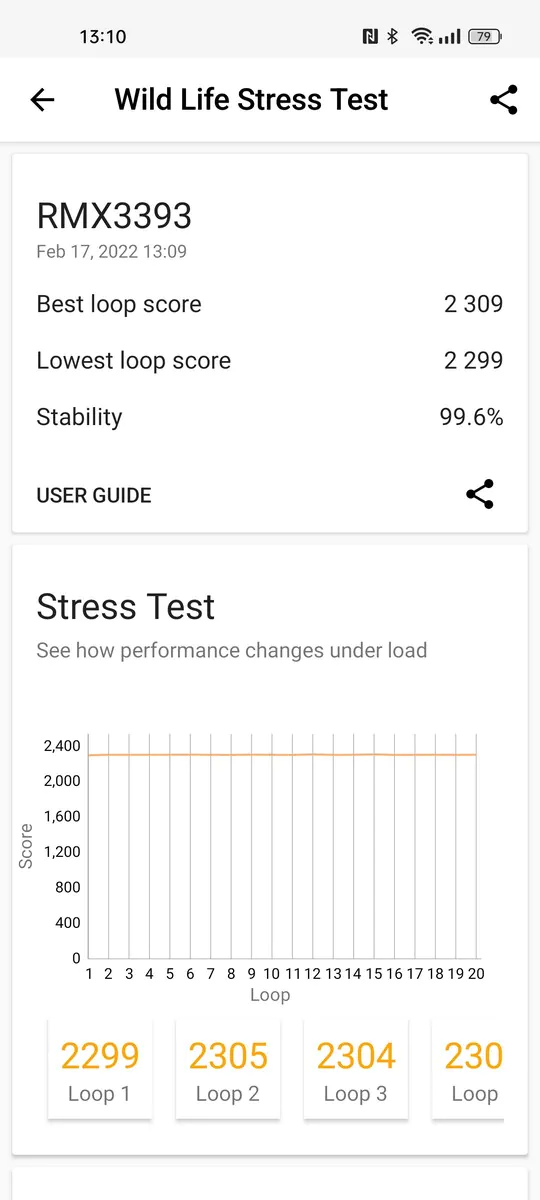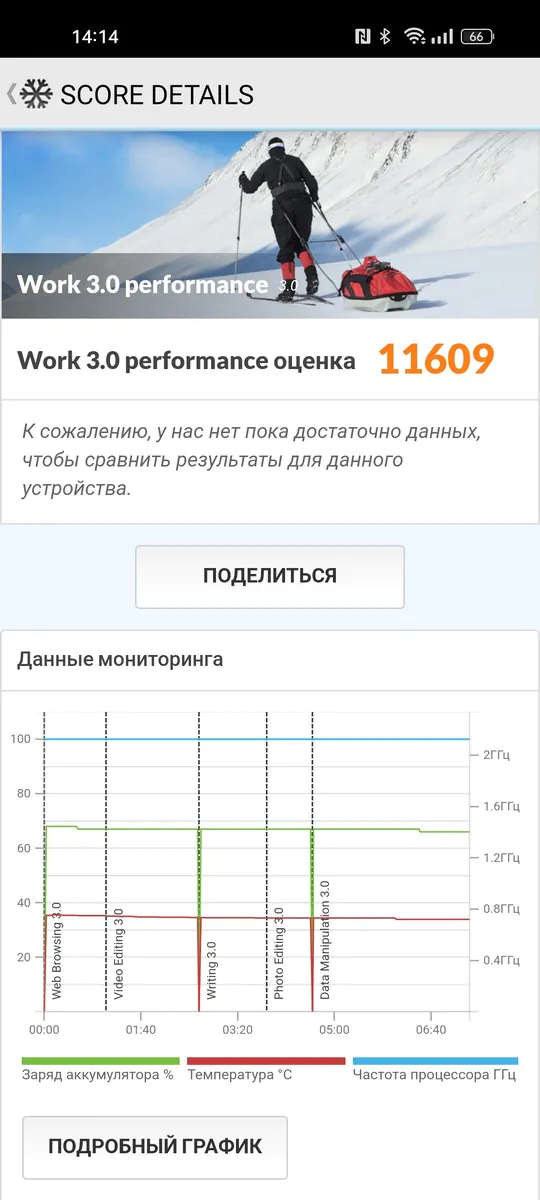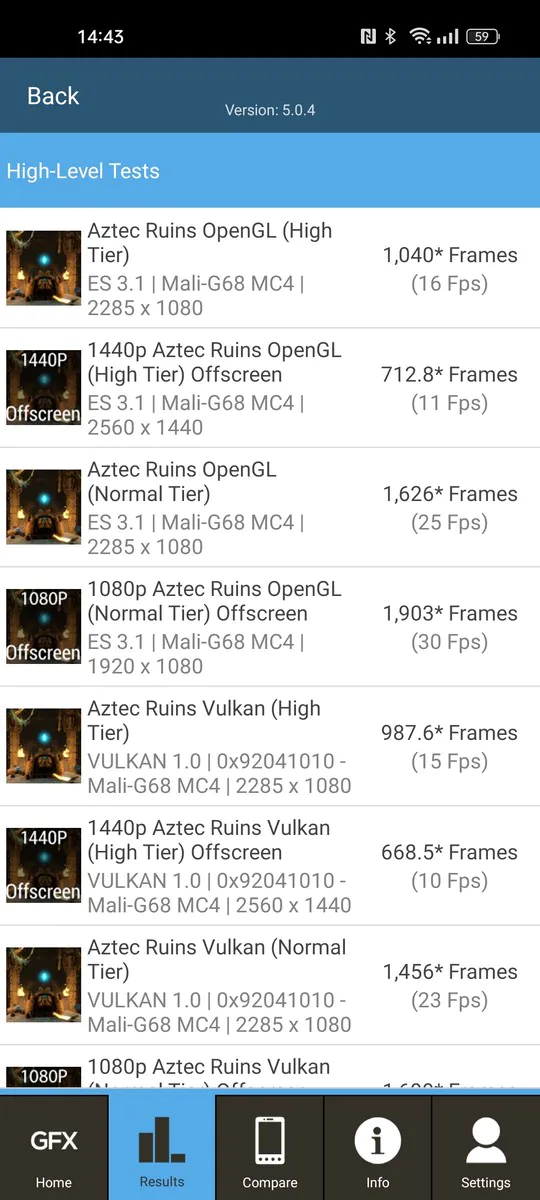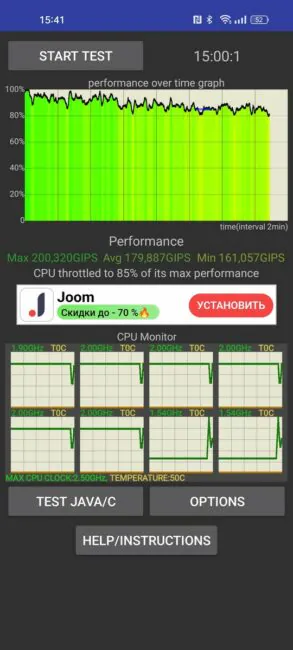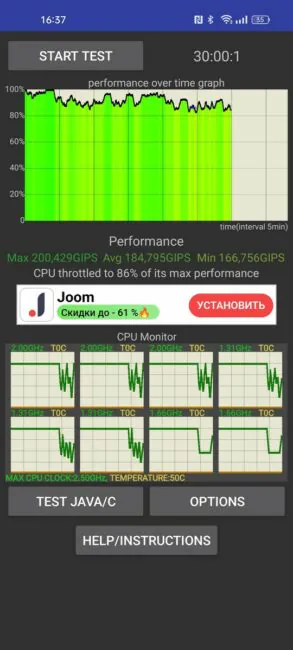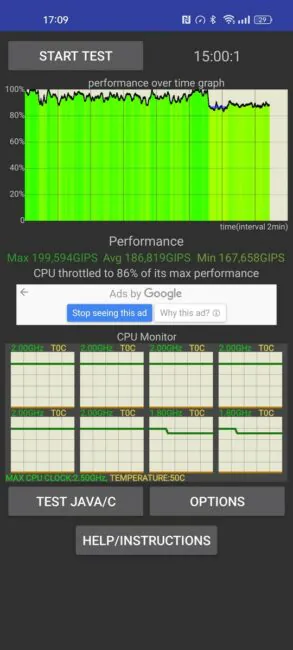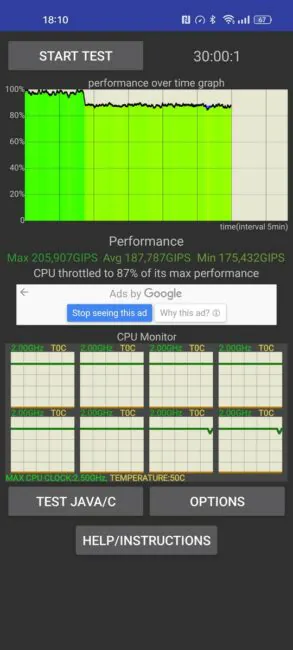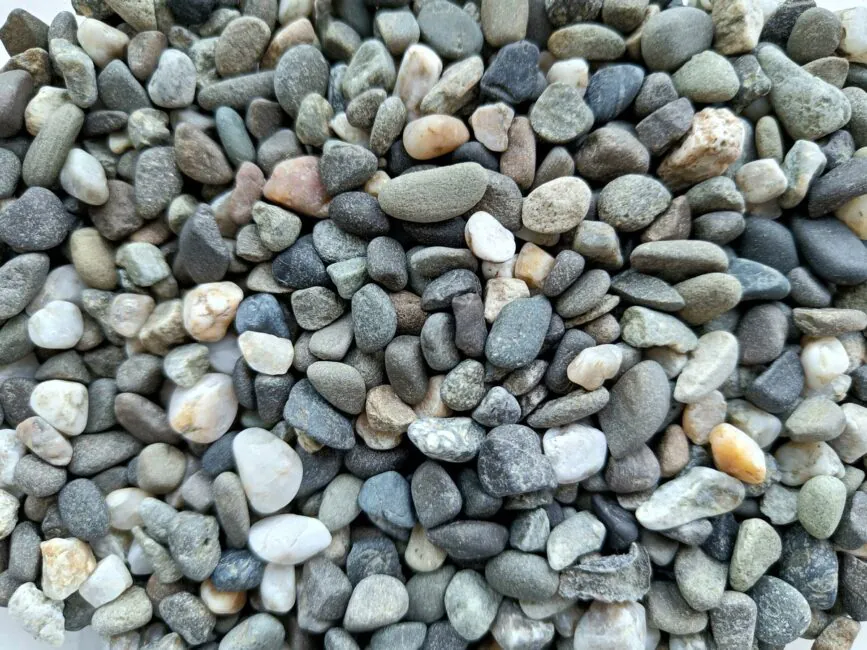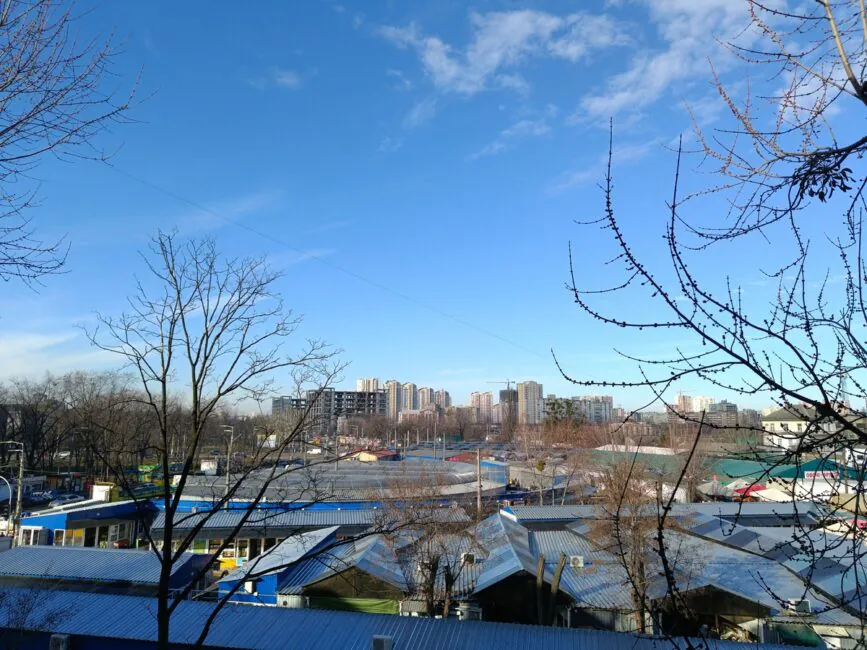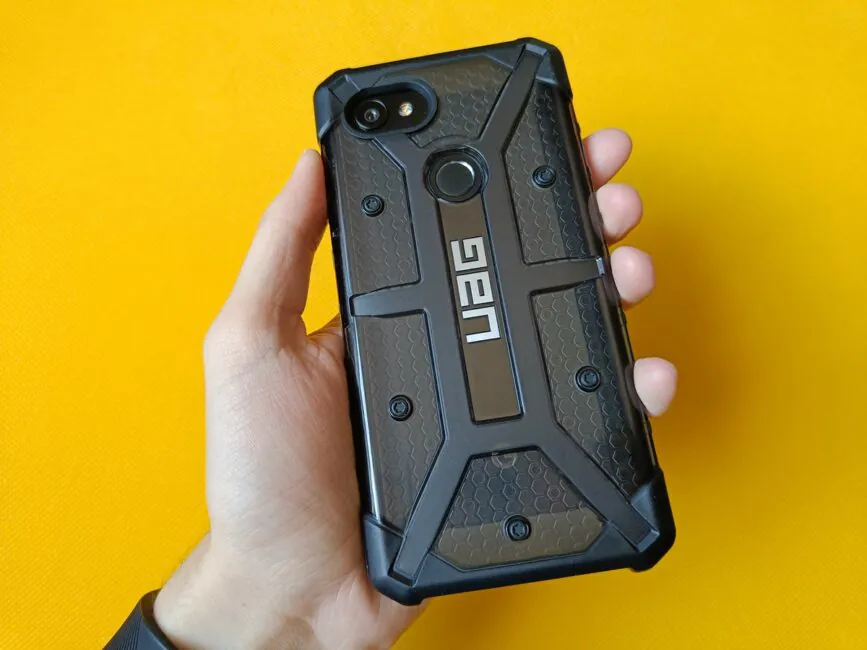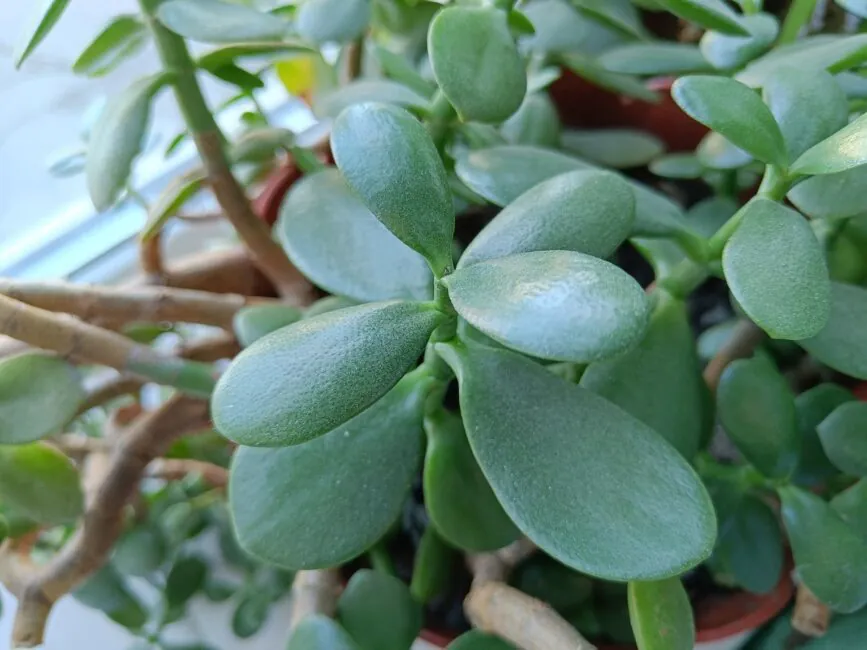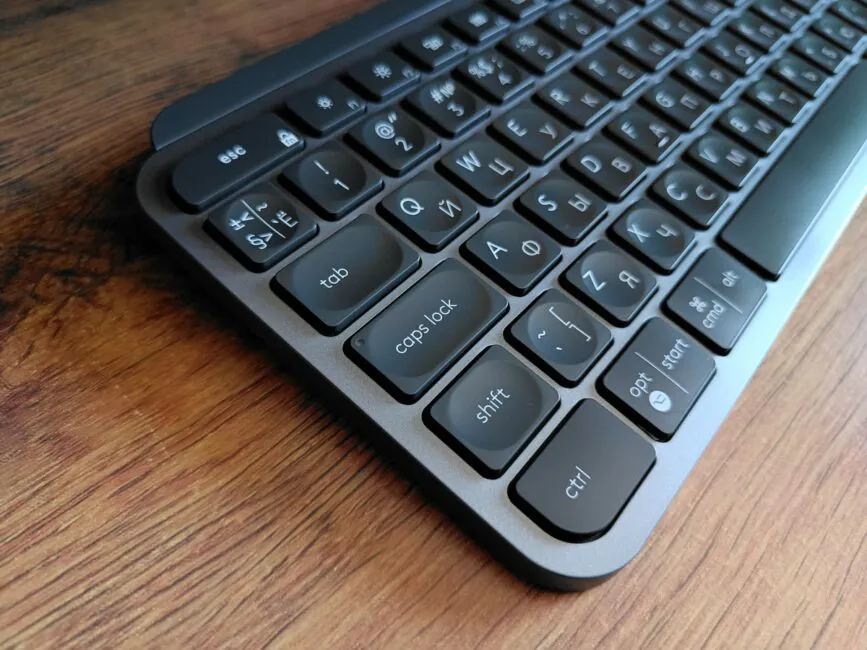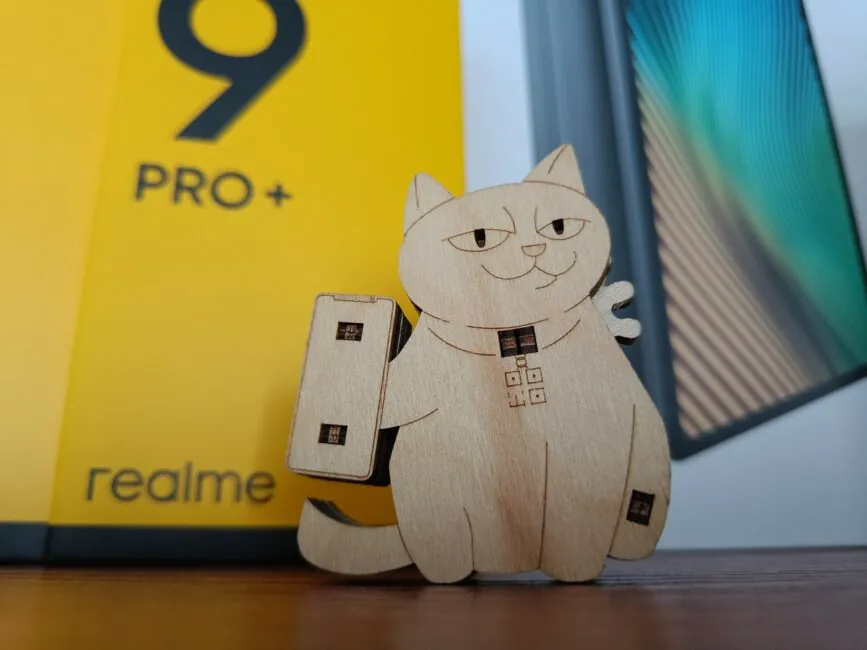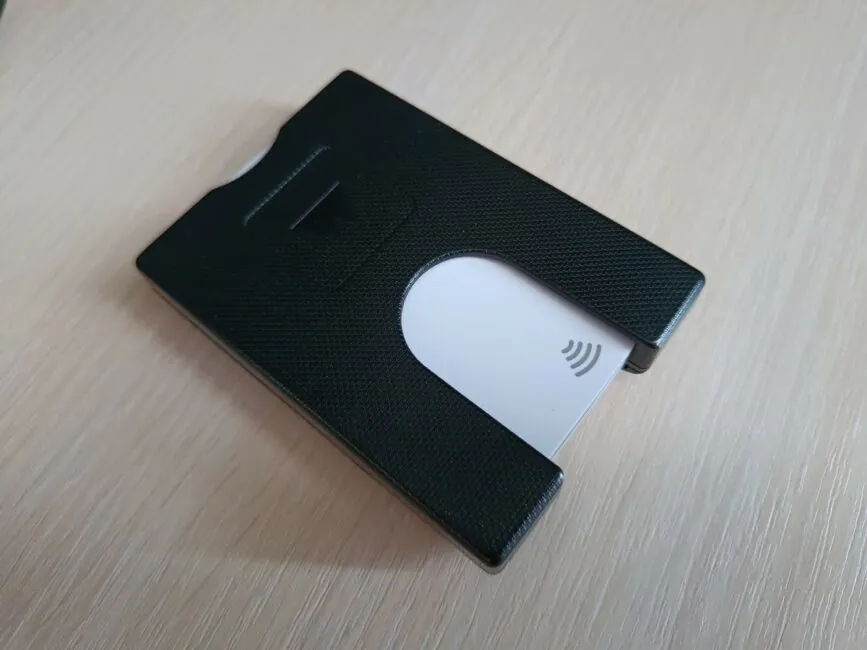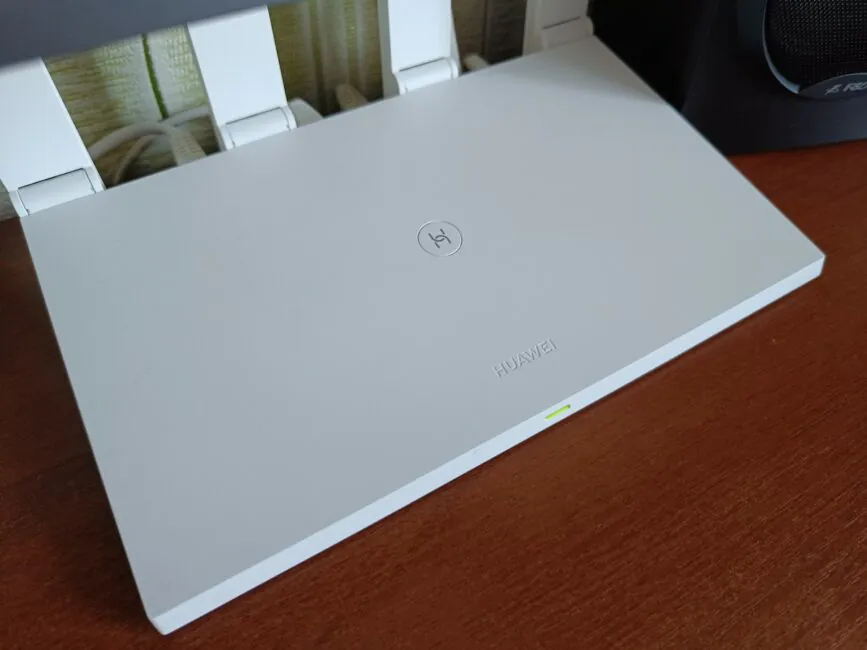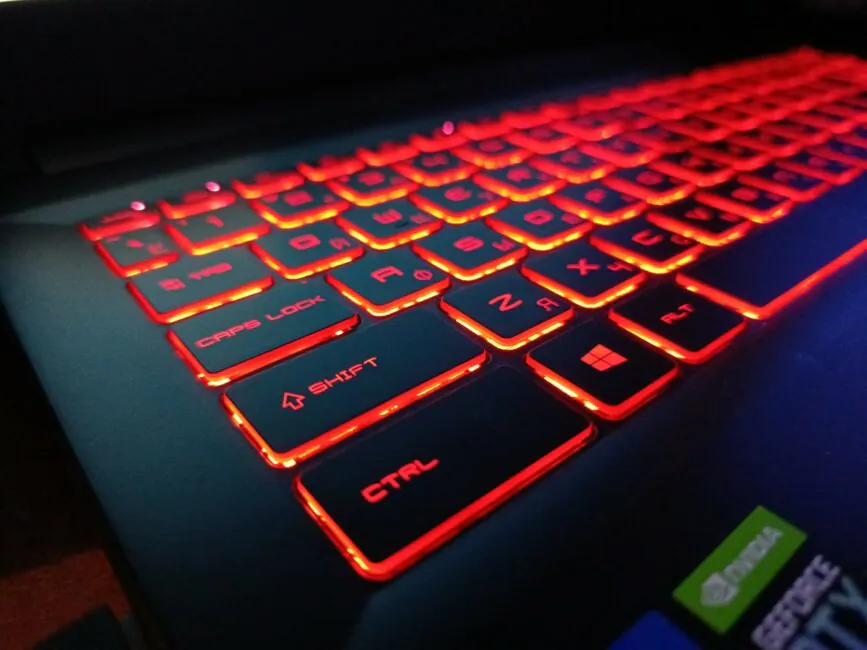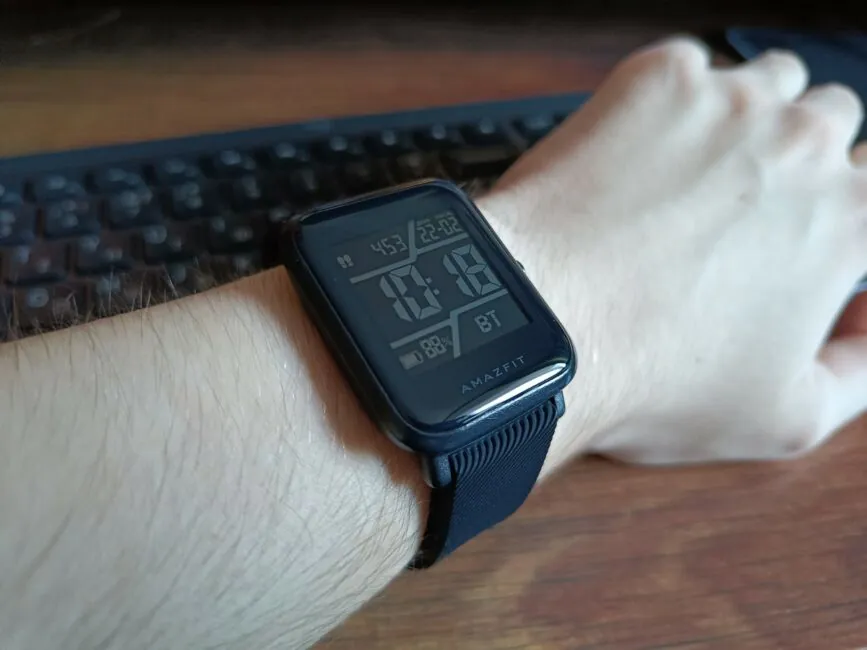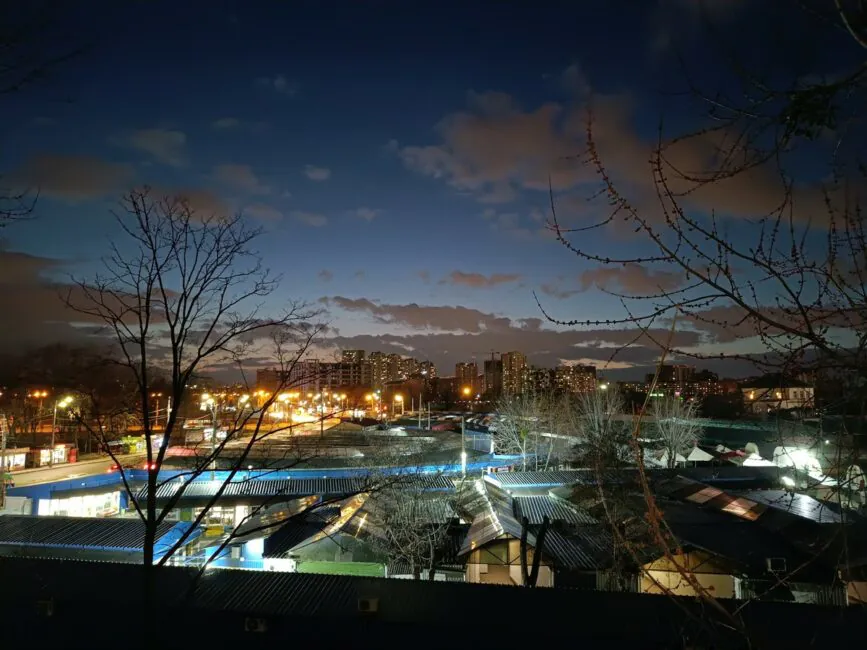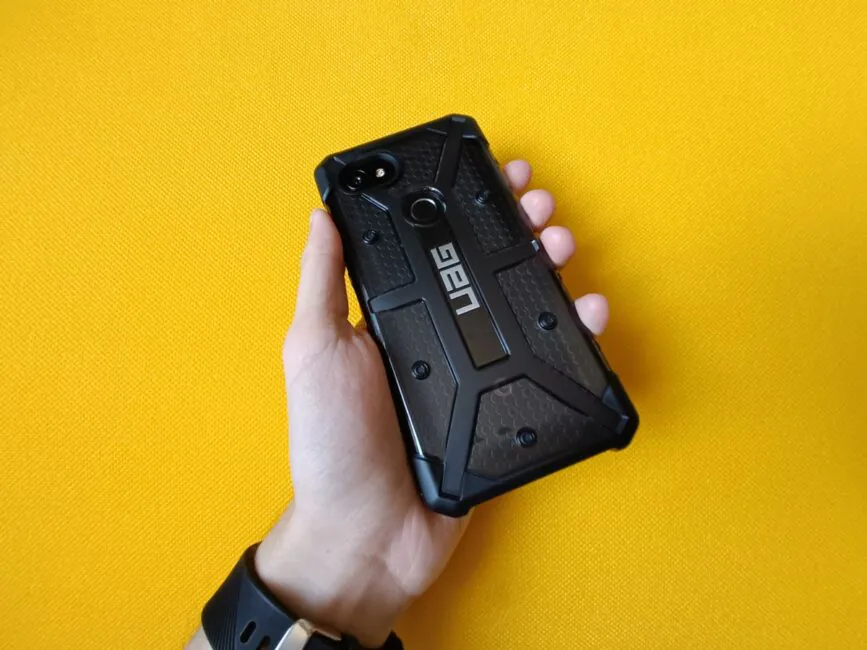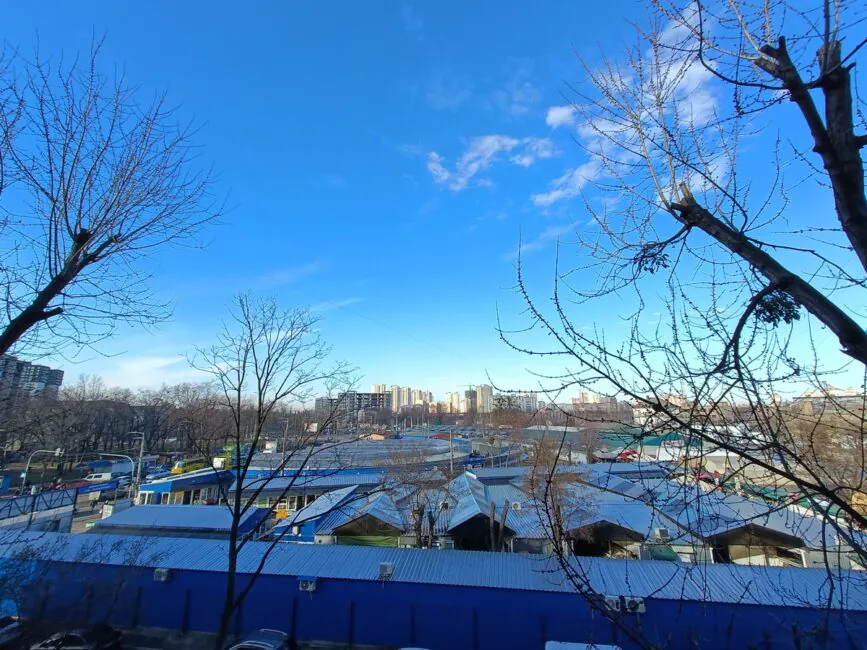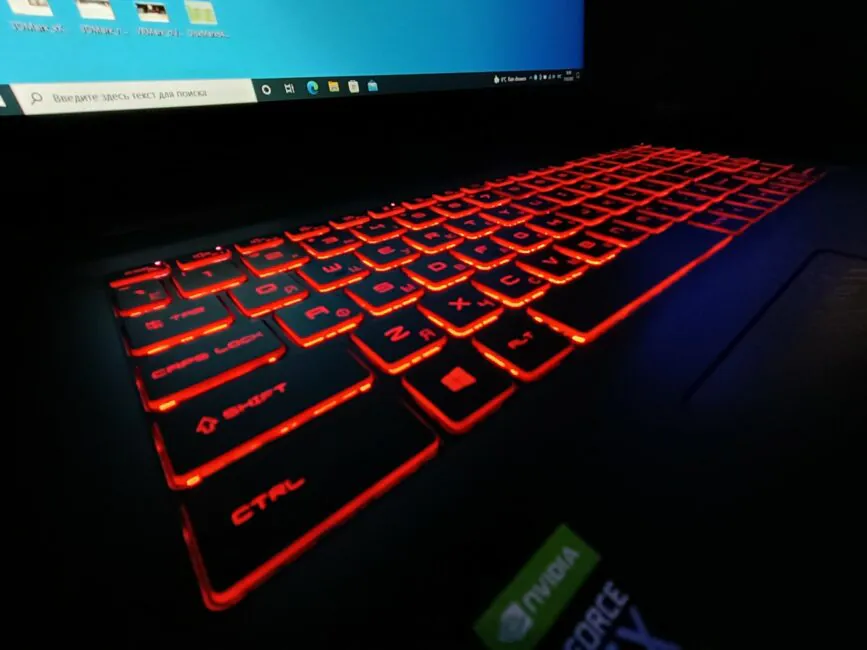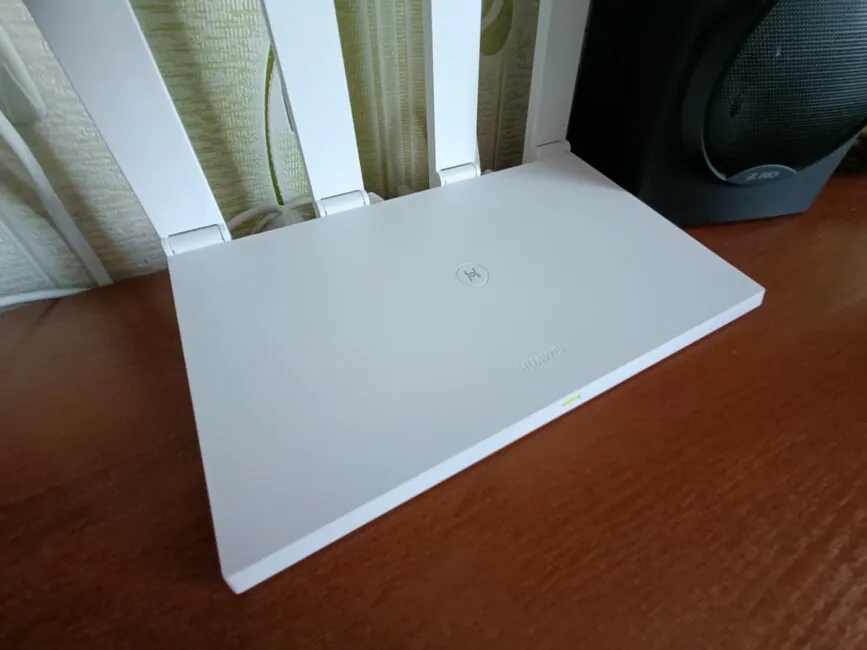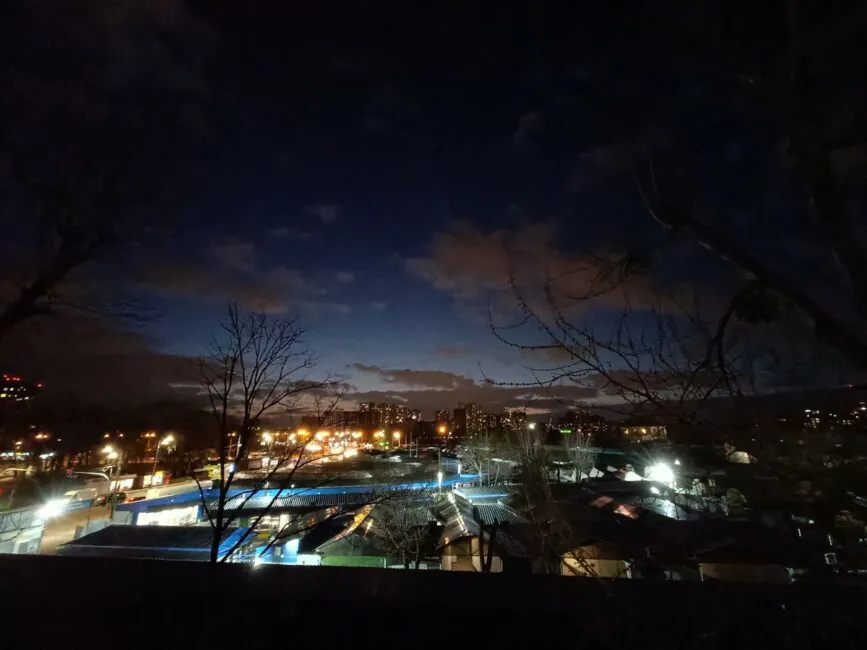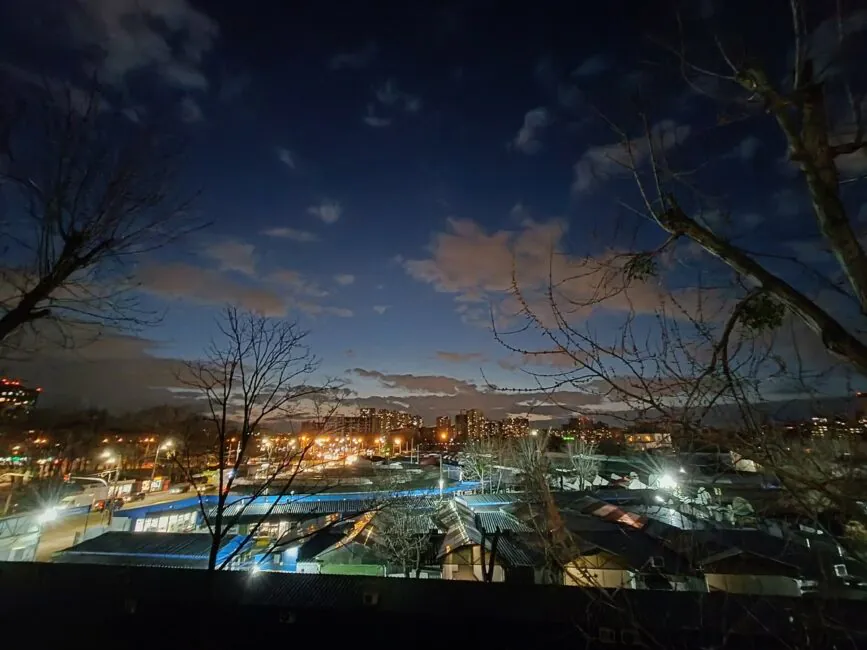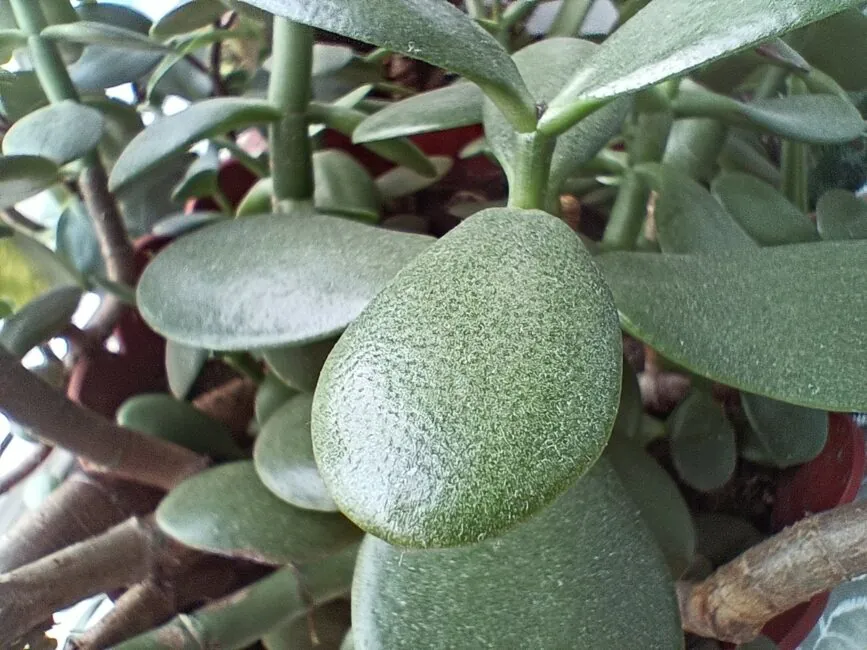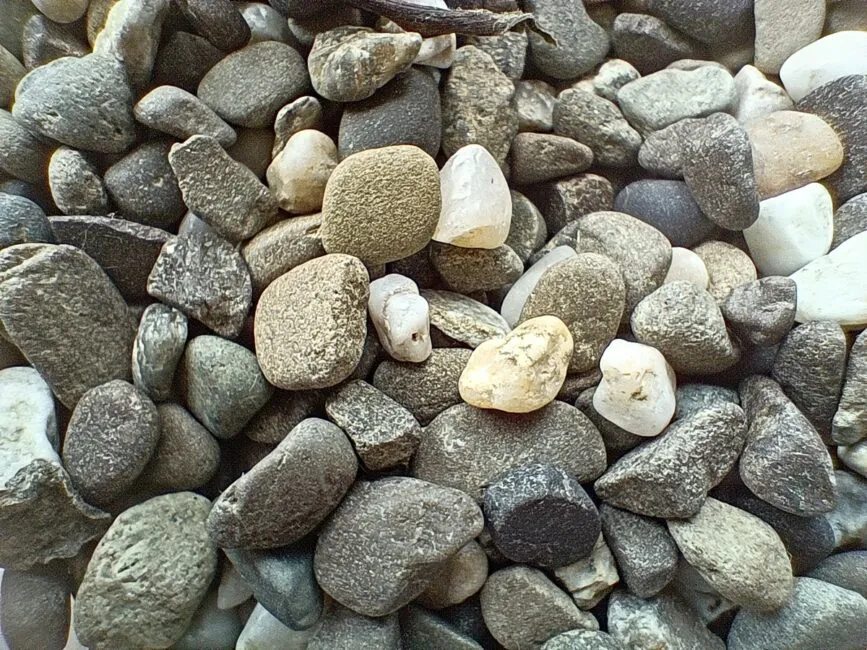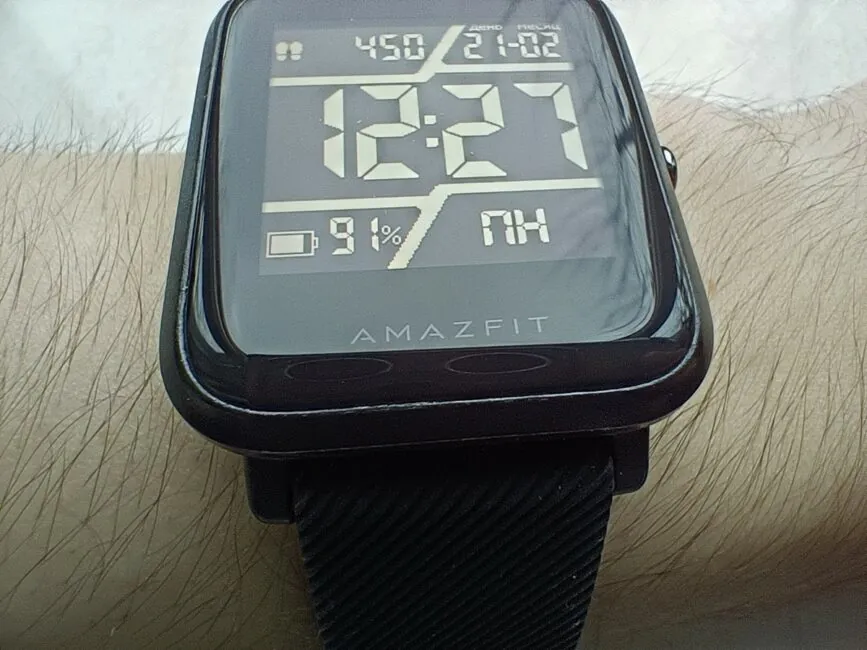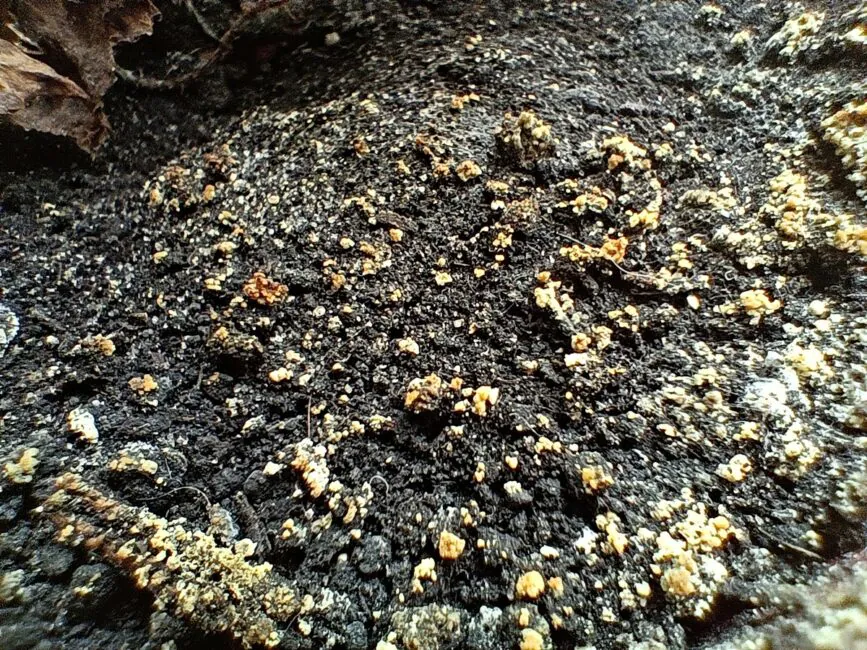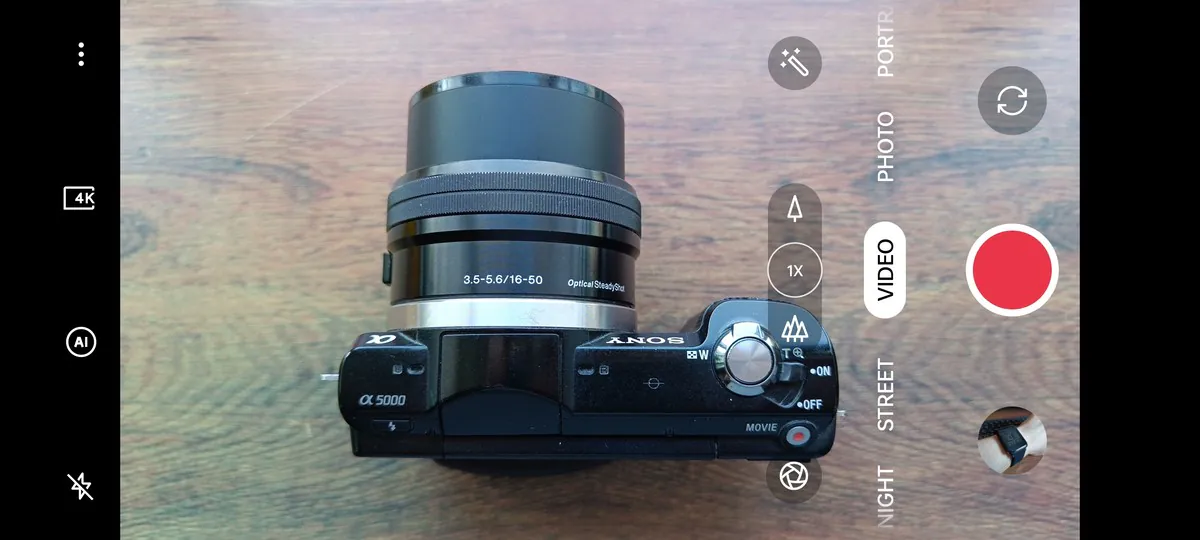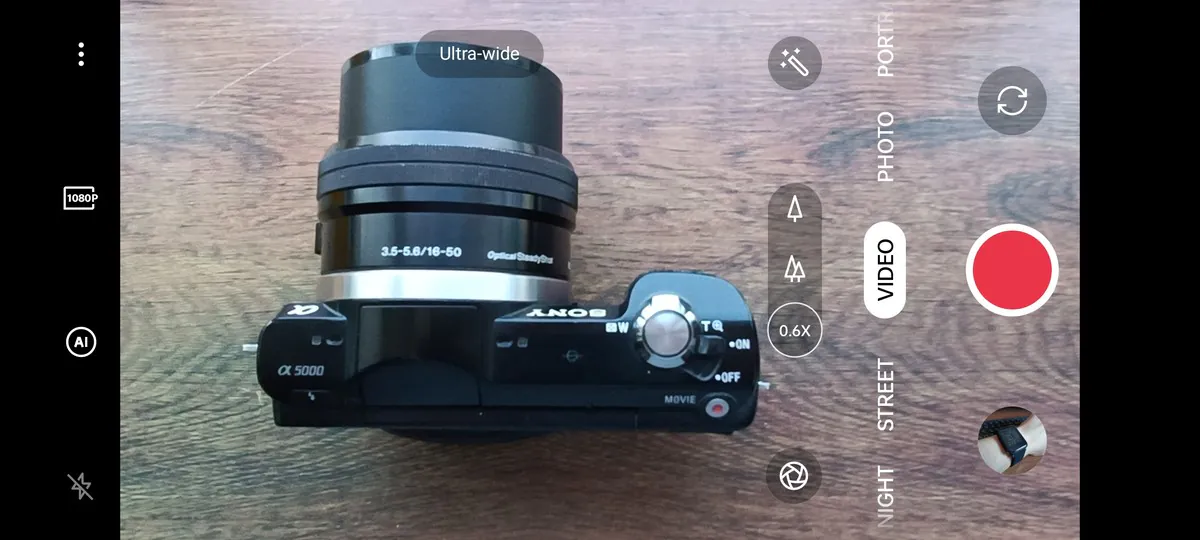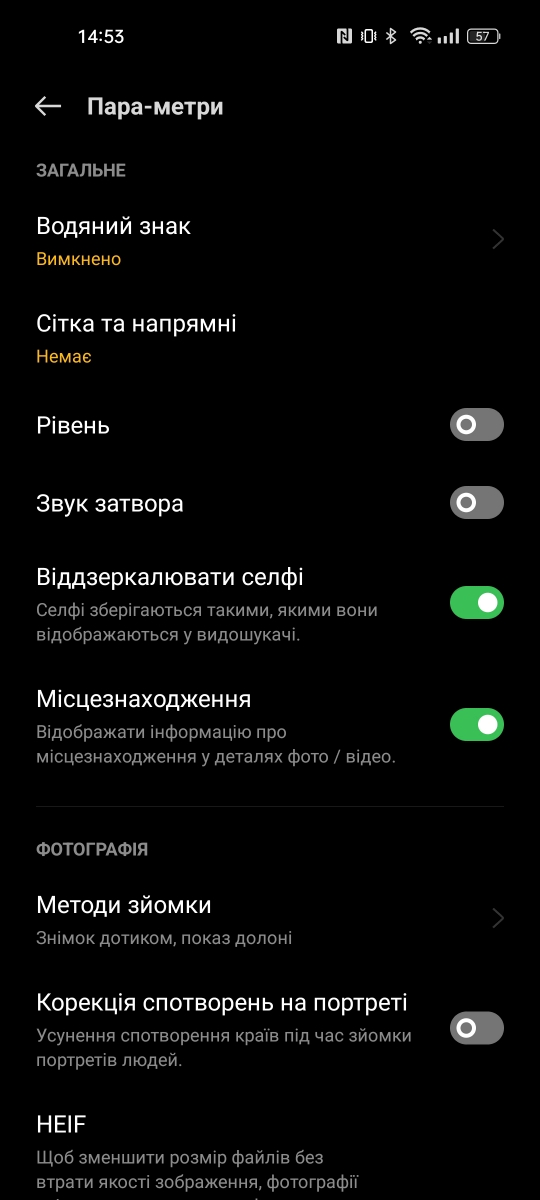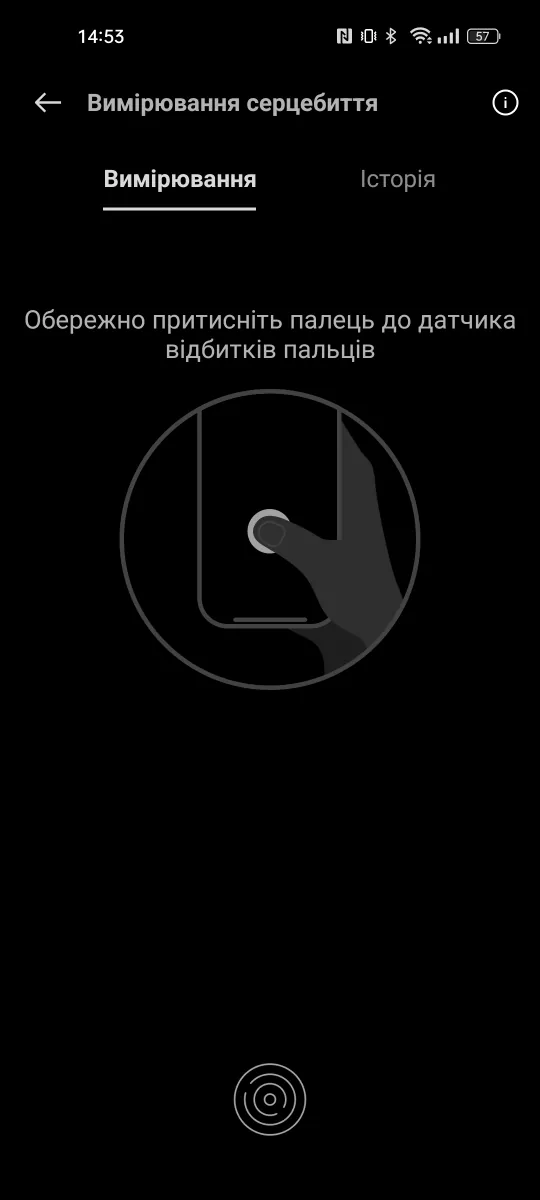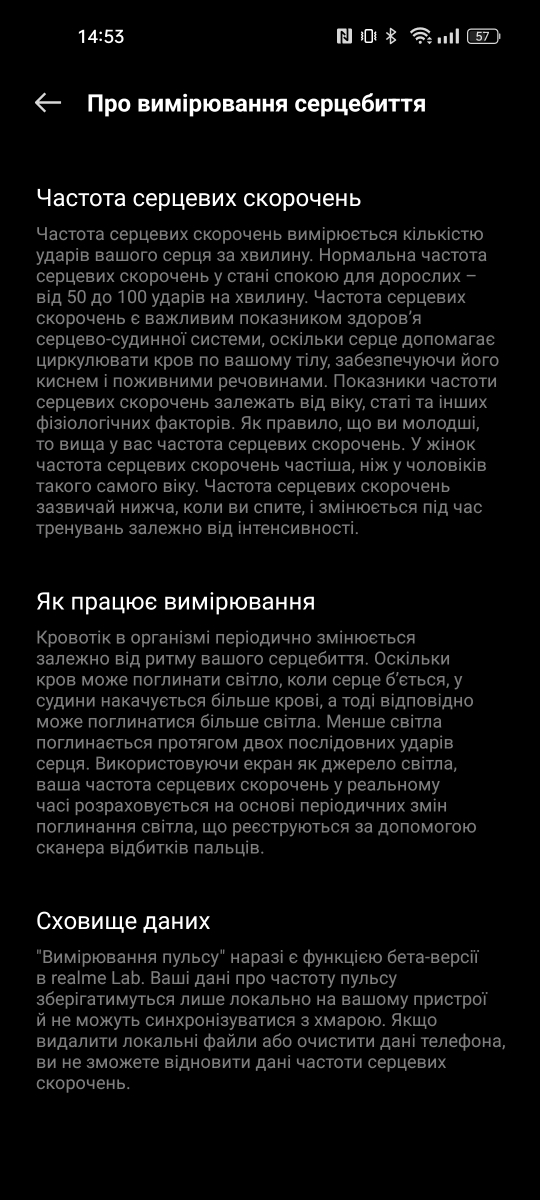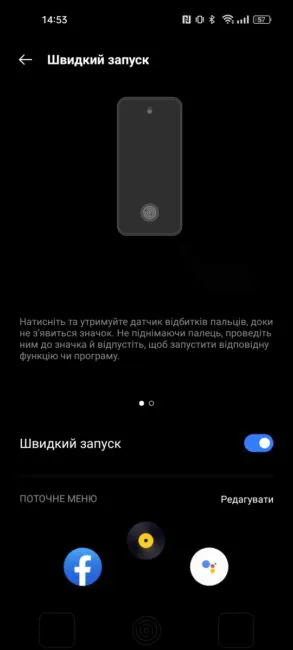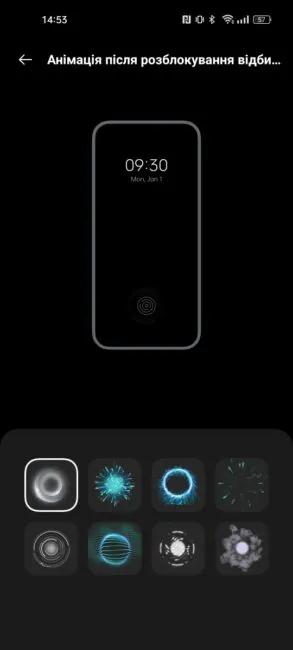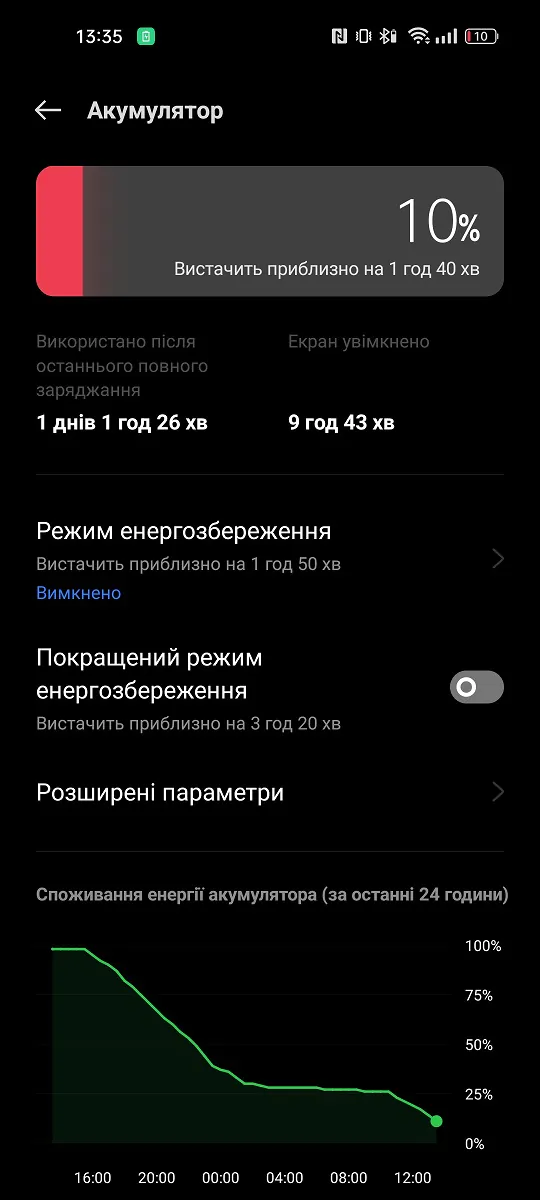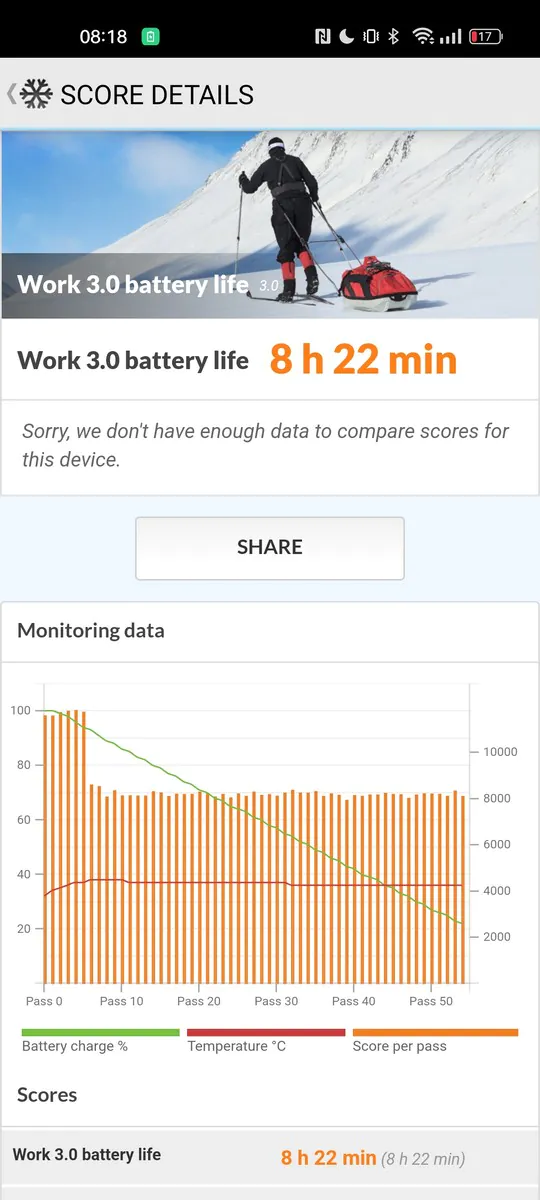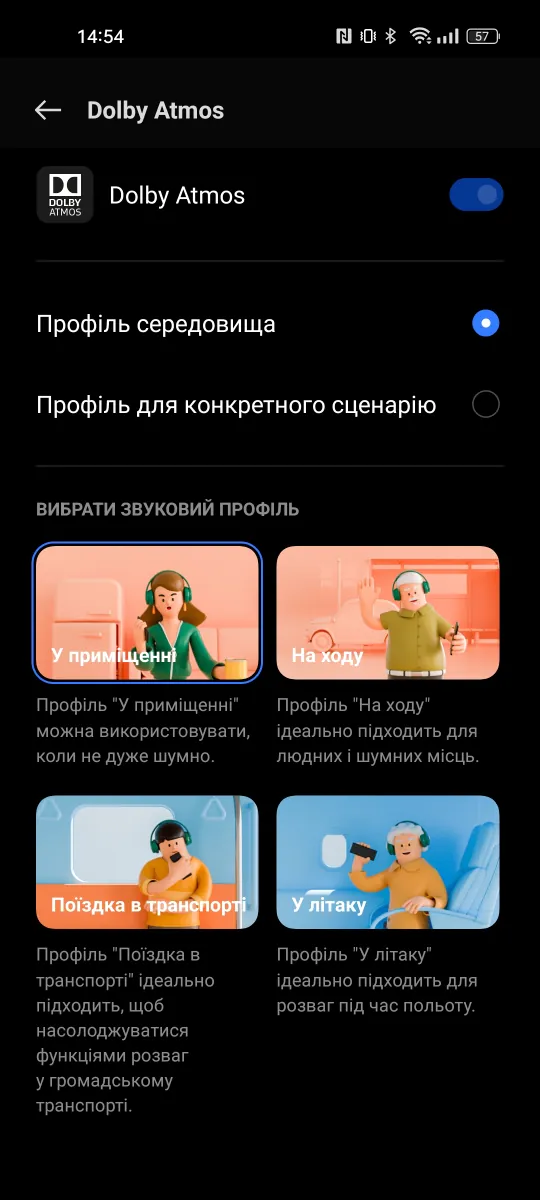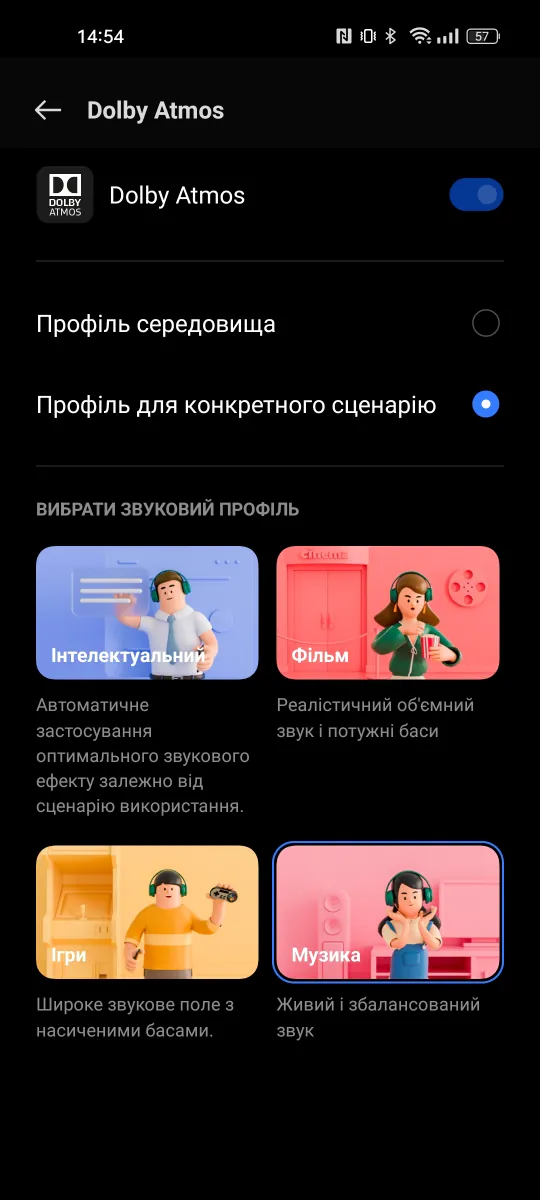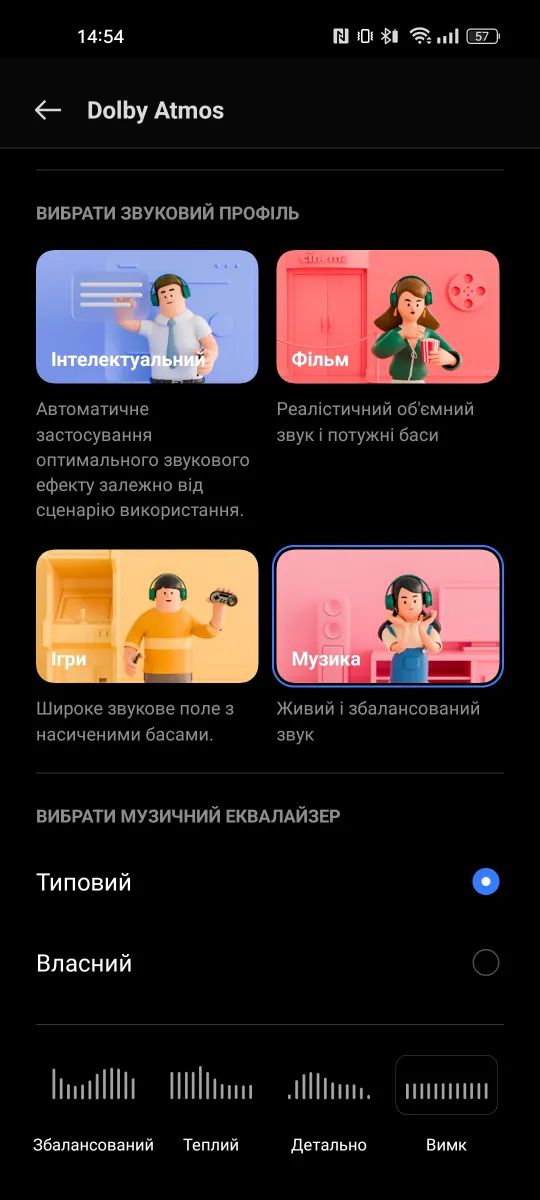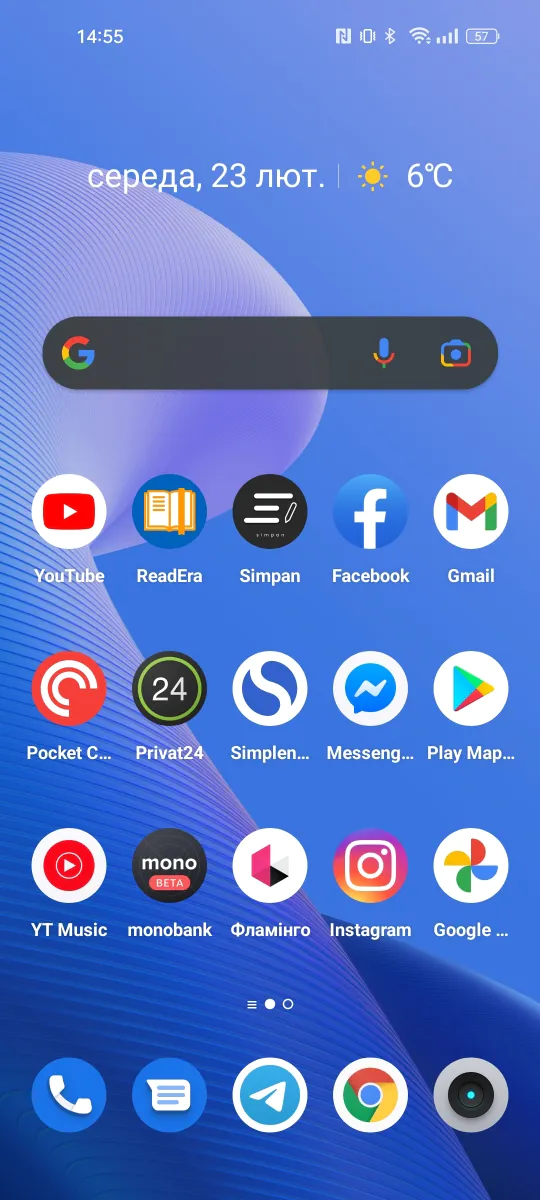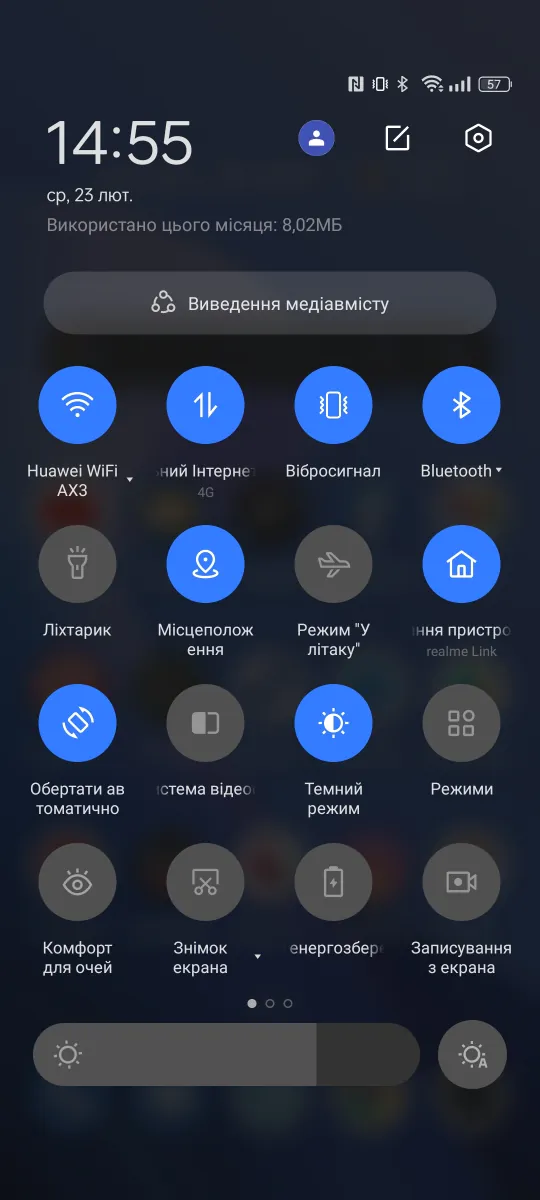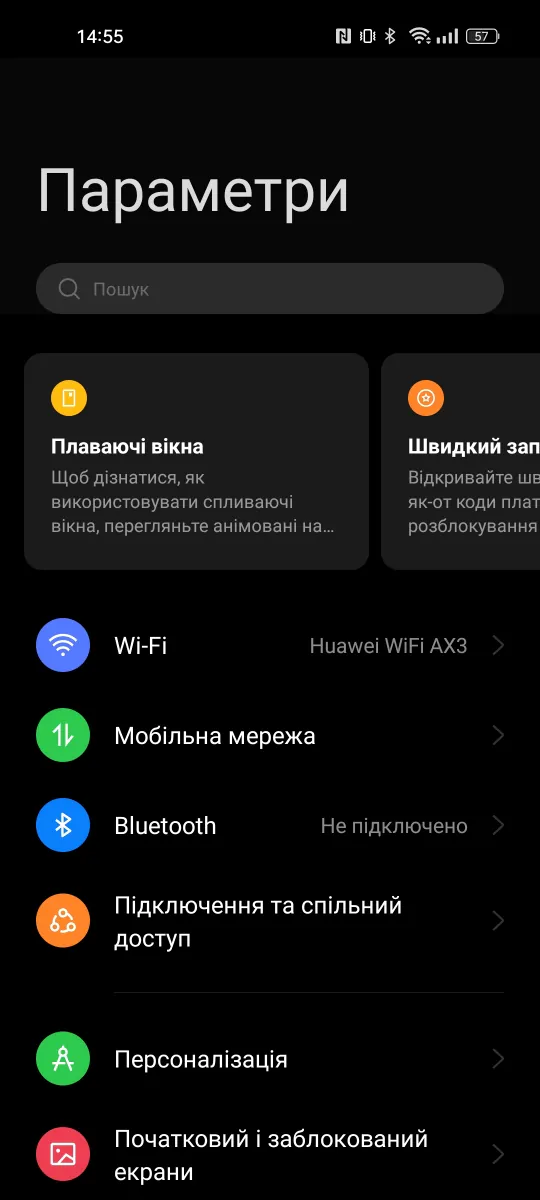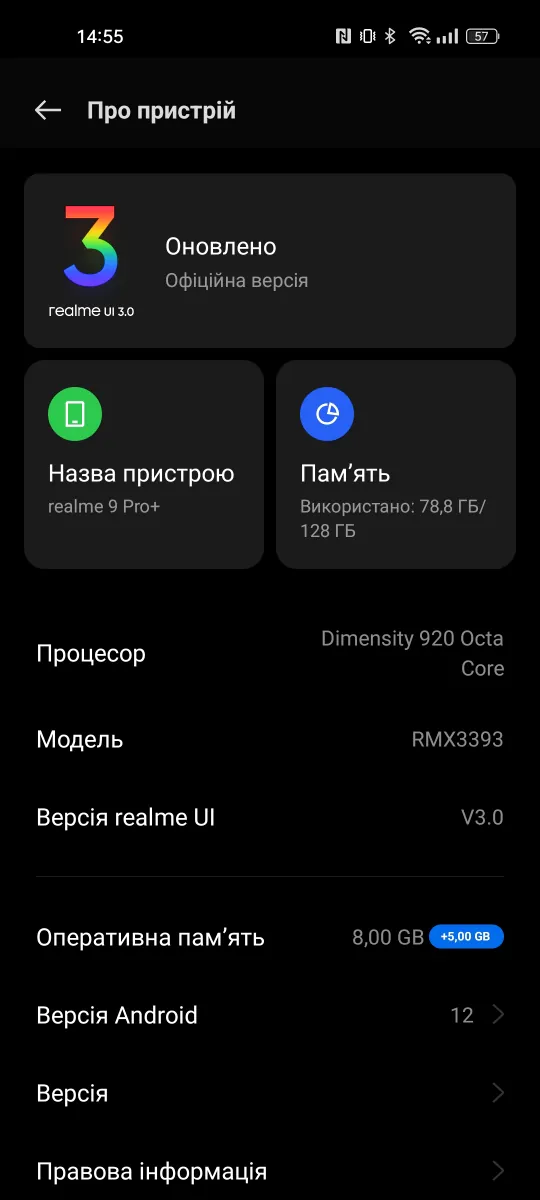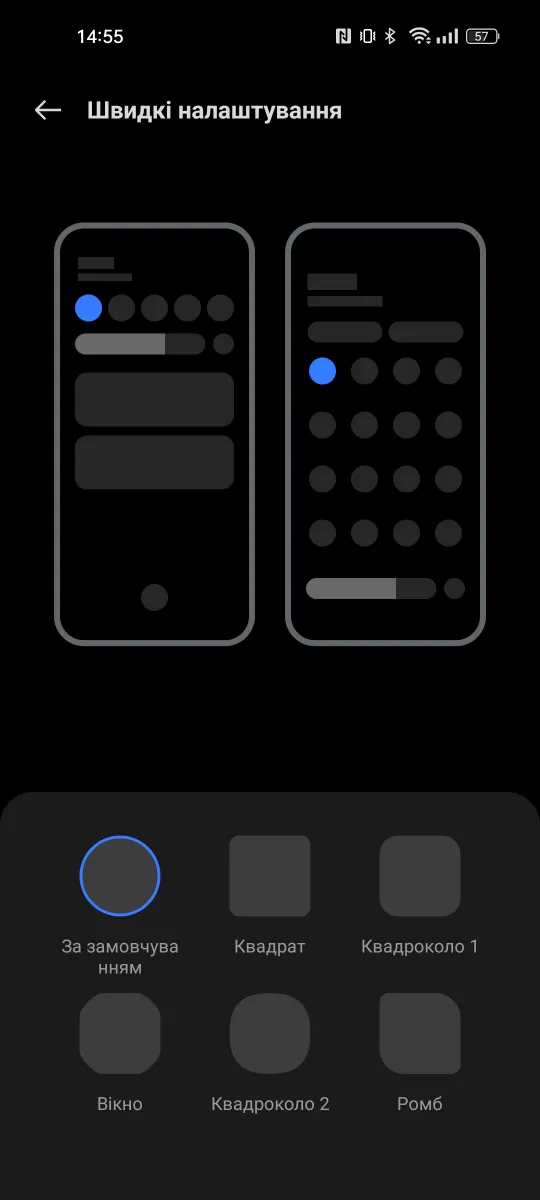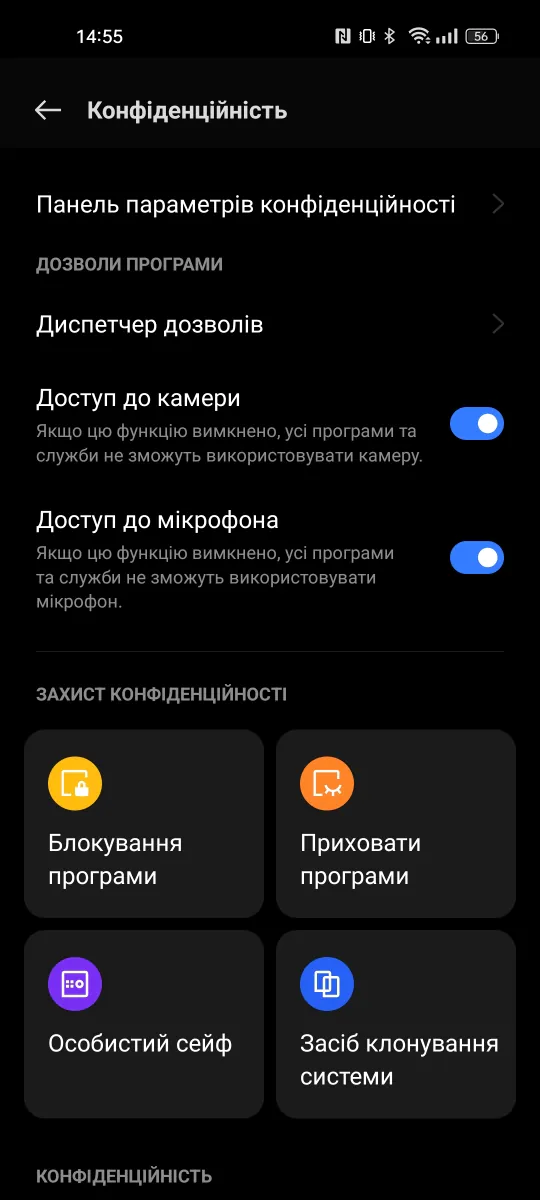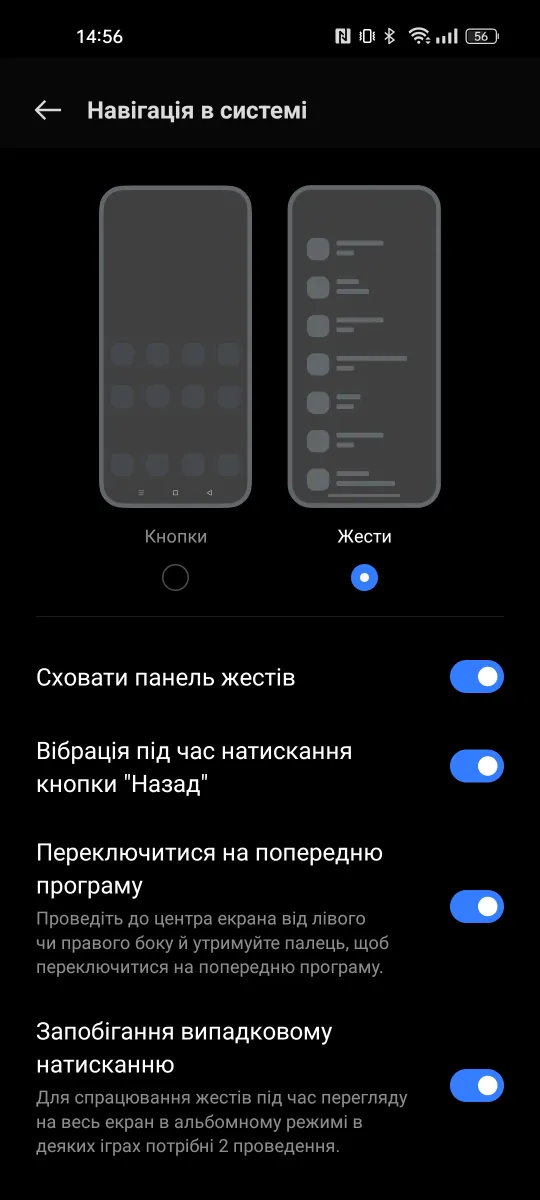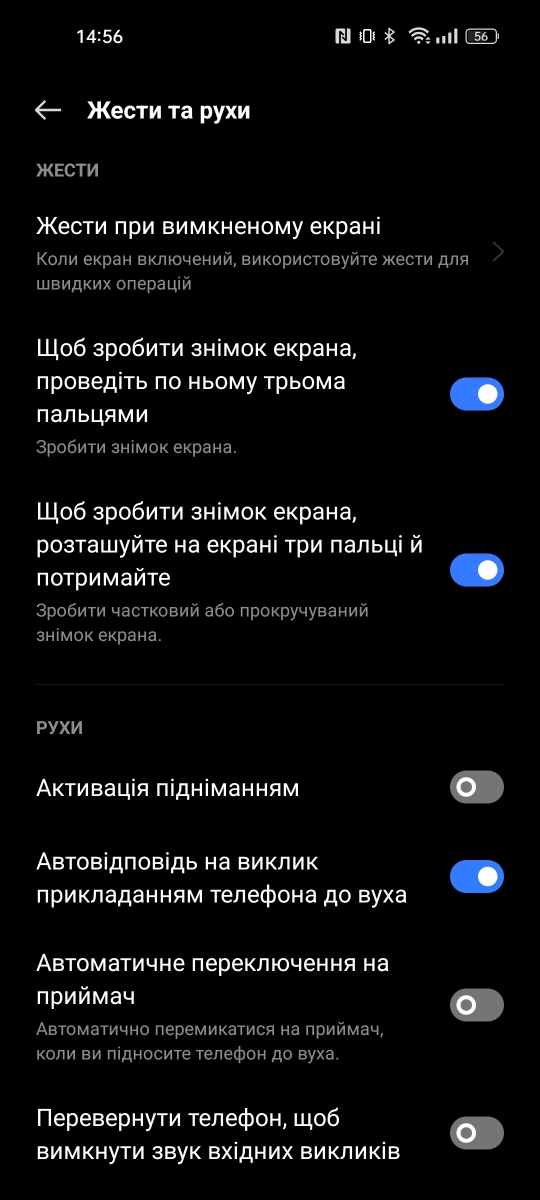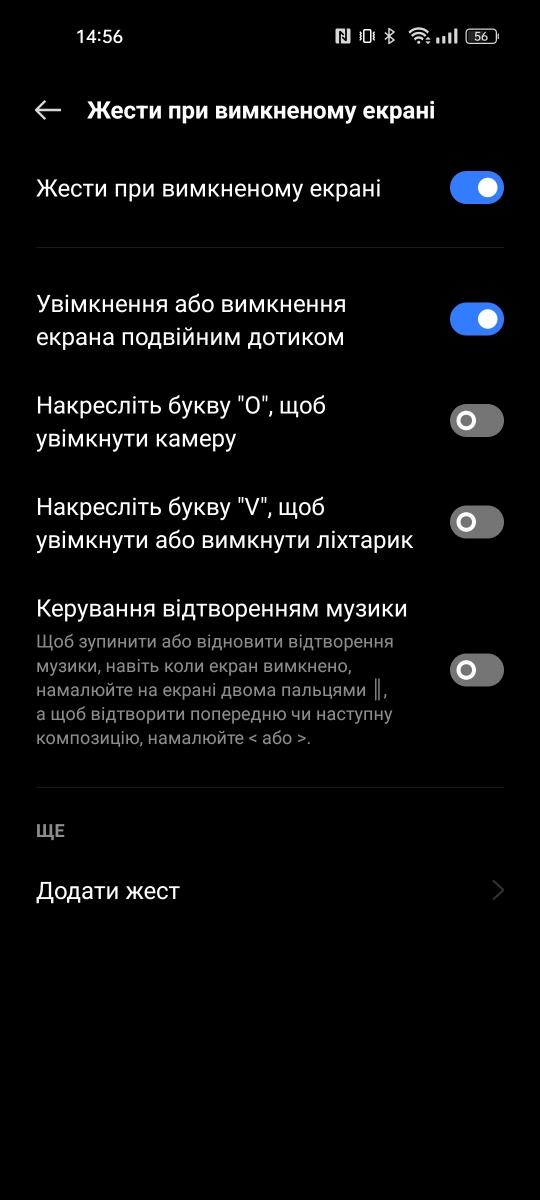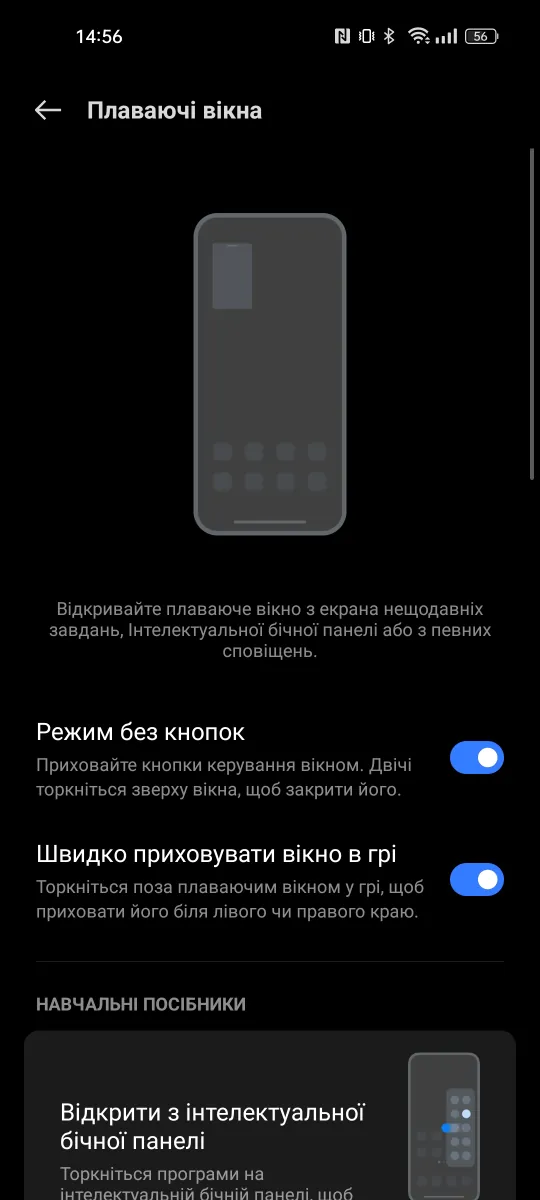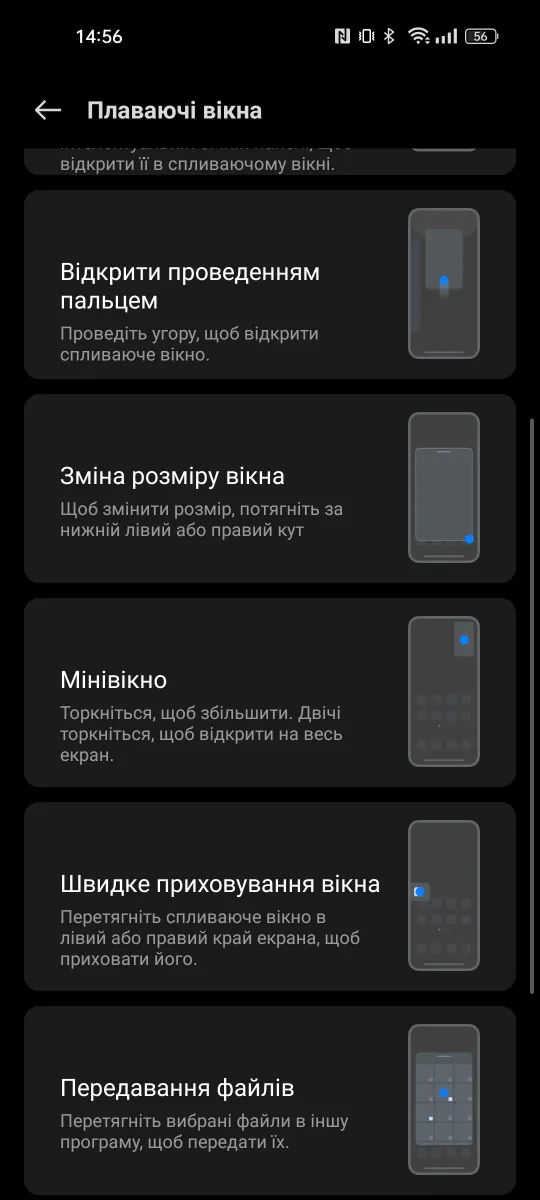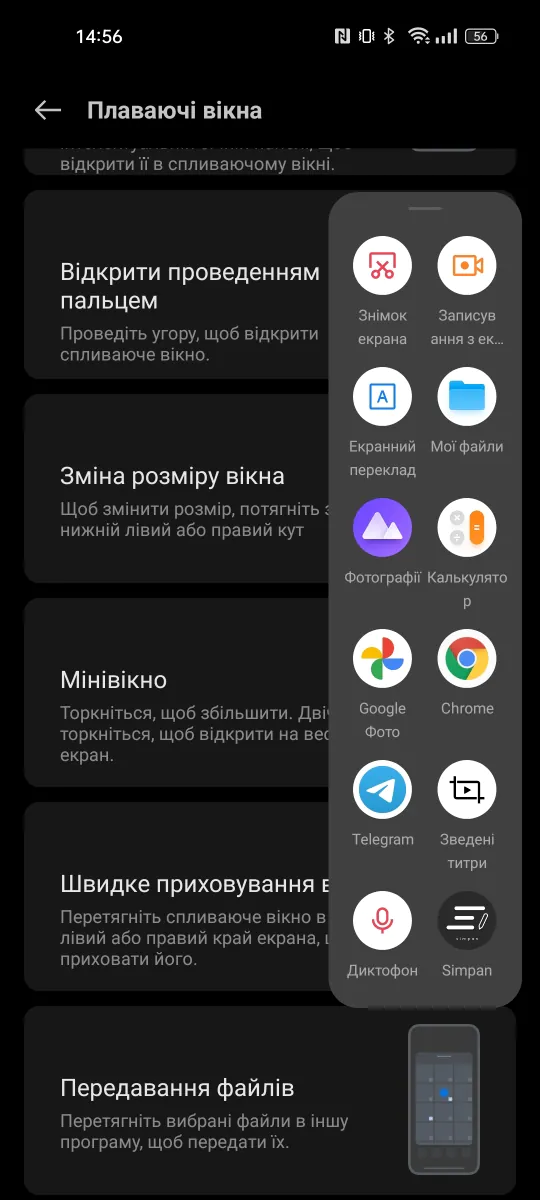© ROOT-NATION.com - Use of content is permitted with a backlink.
In mid-February 2022, the realme company announced the long-awaited smartphones of the ‘numbered’ 9th series, and both new products with the Pro prefix. They are realme 9 Pro and realme 9 Pro+, which is the most advanced smartphone in the line at the moment. On the same day, the new 9 Pro+ appeared in my possession, and in this review I will tell you in detail what work realme has done, what exactly makes the Plus version of the smartphone interesting compared to the standard 9 Pro, and what makes it stand out from the competition.
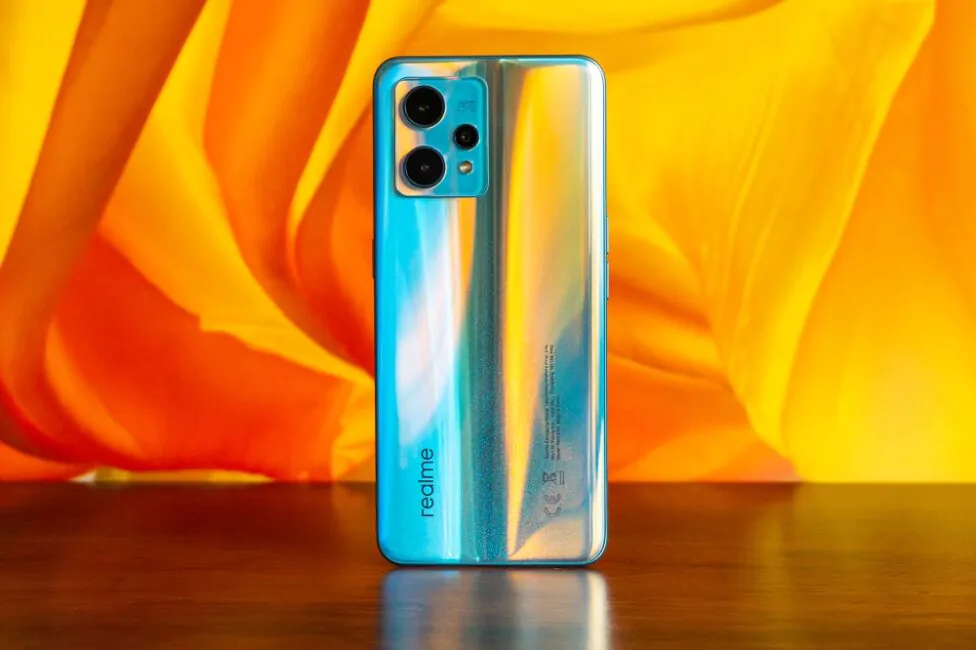
Specifications of realme 9 Pro+
- Display: 6,4″, Super AMOLED matrix, 2400×1080, 20:9 ratio, pixel density 411 ppi, 430/600 nits, 90 Hz refresh rate, 360 Hz sampling rate
- Chipset: MediaTek Dimensity 920 5G, 6nm, 8-core, 2x Cortex-A78 cores clocked at 2.5GHz, 6x Cortex-A55 cores clocked at 2.0GHz
- GPU: Mali-G68 MC4
- RAM: 6/8 GB, LPDDR4X
- Storage memory: 128/256 GB, UFS 2.2
- microSD slot: absent
- Wireless networks and modules: 5G, Wi-Fi 6, Bluetooth 5.2 (A2DP, LE, aptX HD), GPS (A-GPS), GLONASS, BDS, NFC
- Main camera: triple, wide angle lens Sony IMX766, 50 MP, f/1.8, 1/1.56″, 1.0µm, PDAF, 24 mm, 84,4° PDAF, OIS; extra wide angle lens 8 MP, f/2.2, 1/4.0 “, 1.12µm,16 mm, 119°; macro module 2 MP, f/2.4, 22 mm, 88,8°
- Front camera: 16 MP, f/2.4, 1/3.09″, 1.0µm, 26 mm, 78°
- Battery: 4500 mAh
- Charging: fast wired SuperDart Charge 60 W
- OS: Android 12 with realme UI 3.0 shell
- Dimensions: 160,20×73,30×7,99 mm
- Weight: 182 g
Positioning and price of realme 9 Pro+
At the time of publication of the review, the actual ninth “number” series of realme smartphones includes three smartphones: 9i, 9 Pro and 9 Pro+. We haven’t seen the original realme 9 yet, which is interesting, but we’ve already had time to get acquainted with the basic budget realme 9i and today we’re looking at the 9 Pro+. I note that the manufacturer has not previously practiced a similar strategy with advanced versions, sorry, advanced mid-range smartphones. However, other brands, including those under the wing of BBK Electronics, have resorted to this.
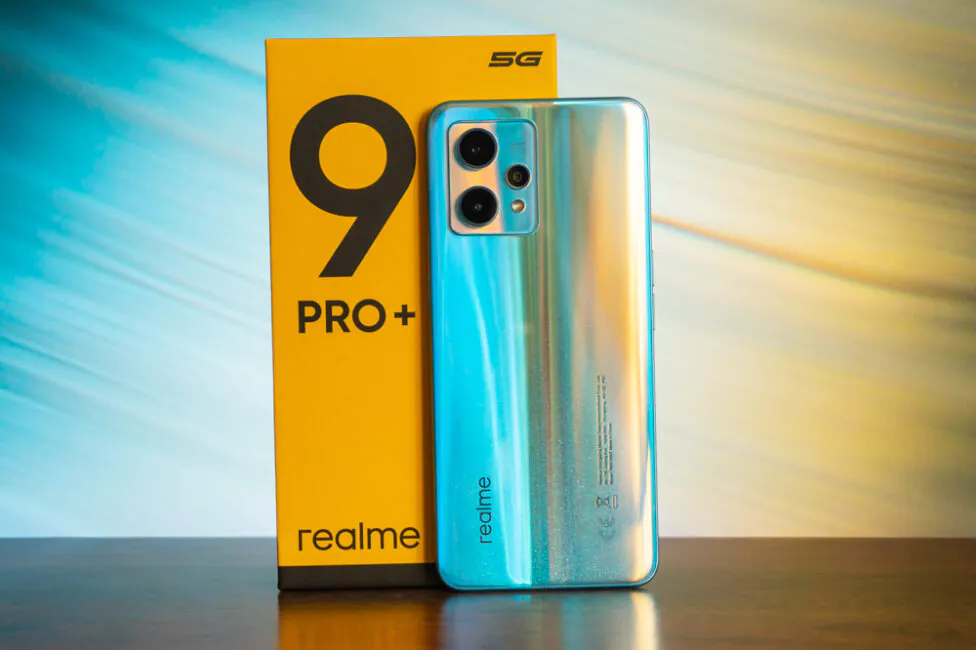
I will emphasize right away that this is not the case when the Plus version differs from the standard version with only a few features, such as the diagonal of the display, battery capacity, and, therefore, the dimensions of the case. On the contrary, realme 9 Pro and realme 9 Pro+ are quite different from each other in all key parameters. However, they both ‘play’ in the middle price segment with a difference in cost of about $50-60, depending on the modification, at least judging by the price tags shown during the global online presentation of the realme 9 Pro series.
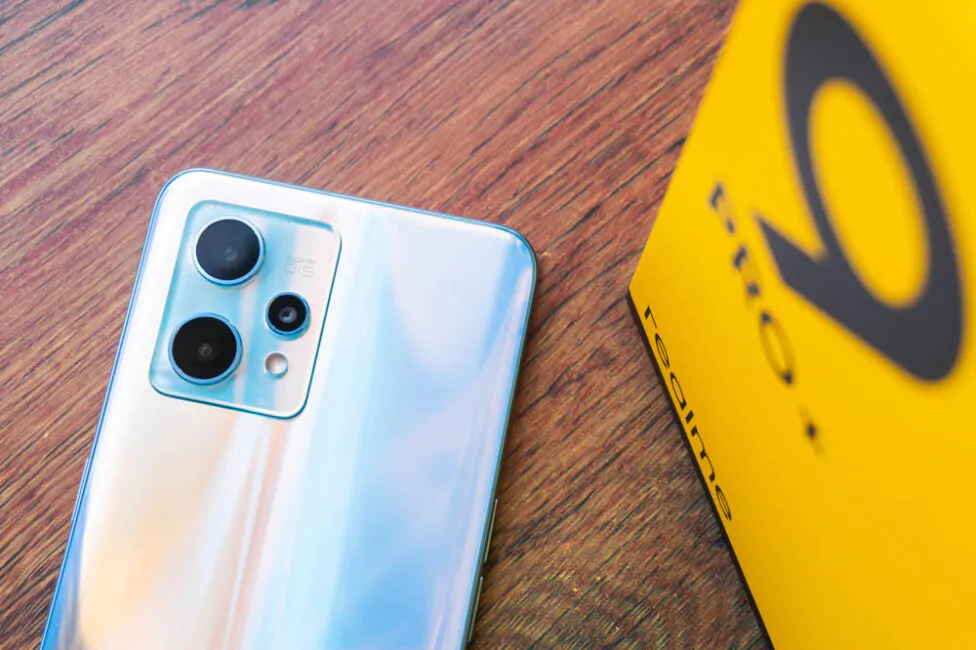
So, for the realme 9 Pro+ in the basic version of 6/128 GB, they ask $379, they want $399 for the average one with an increased amount of RAM, 8/128 GB, and the top configuration with 8/256 GB will cost already $429. For comparison, the usual realme 9 Pro in the first two variants costs $319 and $349, respectively. The recommended price of new products in Ukraine is still unknown, but the approximate price level is already clear. This is far from a budget class, but a typical middle segment, so the requirements for the device will be appropriate.
Read also: realme 9i Review: For Whom Is This Budget Phone?
Delivery set
The realme 9 Pro+ comes in exactly the same cardboard box as the realme 9i. The signature yellow color is complemented by black accents, and the surface of the box is decorated with a texture in the form of not very deep diagonal notches. As it traditionally goes for realme smartphones, the set has everything you need and nothing extra: realme 9 Pro+, power adapter and cable, silicone case, key for removing the card slot and a documentation set.
65 W power adapter with support for the company’s SuperDart Charge fast charging technology and USB Type-A output, as usual. The cable is also appropriate – USB Type-A/Type-C 1 meter long. I will tell you more about the charging speed and other issues related to it in a separate section of the review.
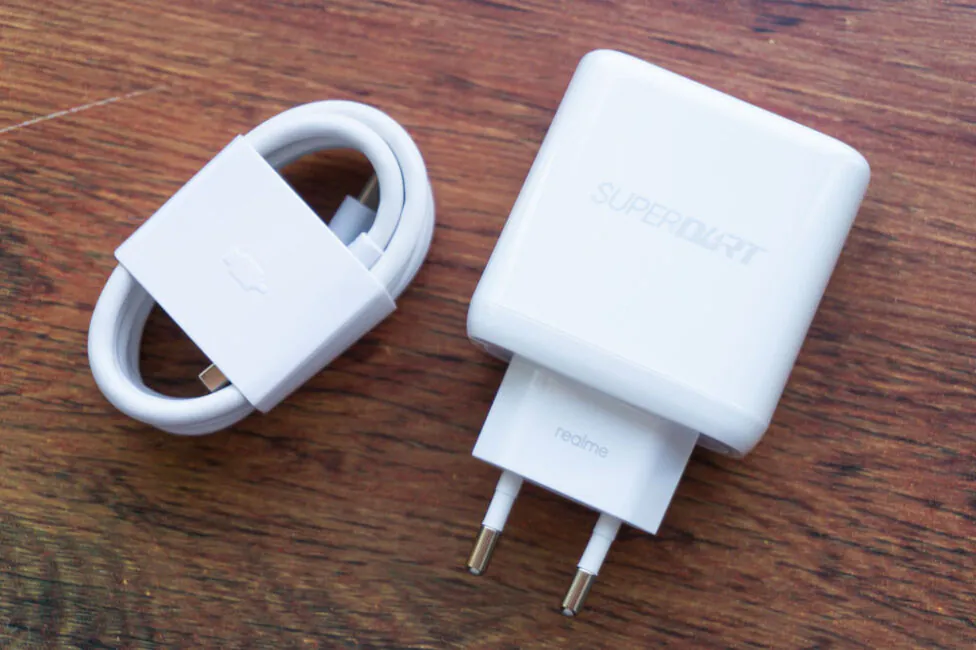 A protective film is already pasted on the smartphone screen out of the box, which is nice. But the supplied silicone protective cover is slightly different from what we saw with the realme 9i, for example. Here it is translucent, slightly darkened and without matte ends – that is, completely glossy. There is a border above the screen with slightly reinforced corners.
A protective film is already pasted on the smartphone screen out of the box, which is nice. But the supplied silicone protective cover is slightly different from what we saw with the realme 9i, for example. Here it is translucent, slightly darkened and without matte ends – that is, completely glossy. There is a border above the screen with slightly reinforced corners.
All physical buttons are duplicated, cutouts for interfaces are wide. The protection of the main unit of cameras can be highlighted as unusual. Now it’s completely covered by the case, leaving only neat circular cutouts for each camera and flash. So, to some extent, the protection has become a little more reliable, but the quality of the cover material remains at the same level.
Design, materials and assembly
A lot can be said about the design of realme 9 Pro+, because the manufacturer decided to use interesting and, to some extent, unique solutions in this smartphone. Even the brand’s flagship smartphones of the same new GT2 series cannot boast of such. However, there are some not so sweet moments in the design, for which I want to blame realme a little.
Allow me to repeat my words from the review of realme 9i and once again emphasize that all the smartphones of the manufacturer are practically the same from the front. I also noted that the more expensive the device, the neater it looks from the front. Yes, the flagship will have thinner frames and a neat cutout for the front camera, although the general appearance is similar to budget options.
But with the realme 9 Pro+, the situation is twofold. On the one hand, the cut-out of the front camera is really more compact and neat. Of course, it is pleasant in this form. But on the other hand, it’s hard not to notice a rather wide indentation at the bottom. And at the same time, the frames on the sides and top are really thin. Roughly speaking, the bottom field here is almost wider than in the same manufacturer’s budget phone.
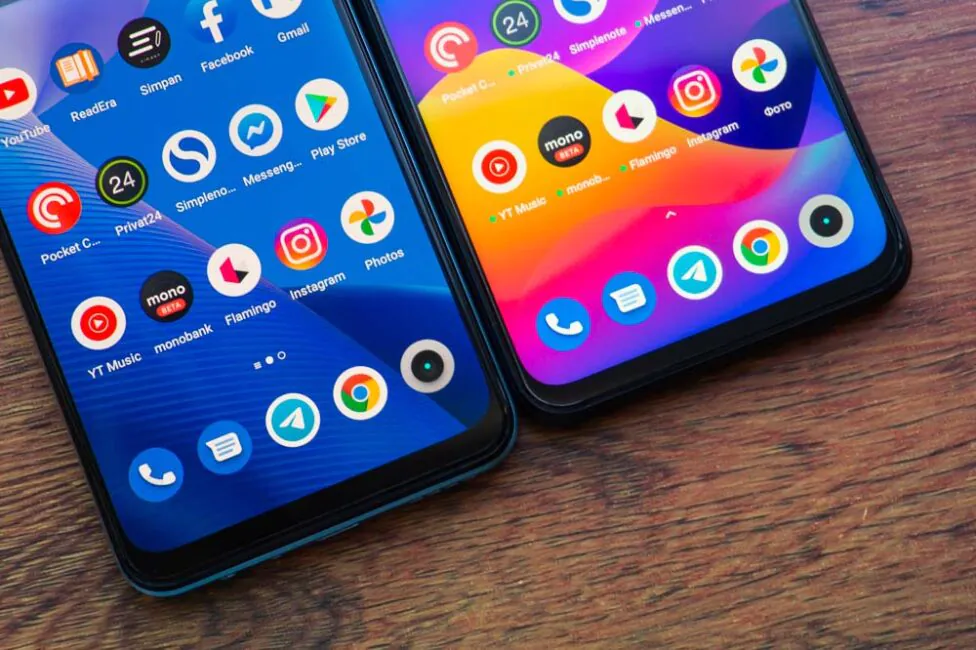
This is, to say the least, surprising, given that there are essentially no prerequisites for such a decision here. One thing is a budget smartphone with an IPS screen, where it is really not easy to make a thin lower frame. Another thing is a full-fledged middle class with an AMOLED display. In fact, it is not so critical, of course, but it is time to start making the bottom space not as wide as we see now.
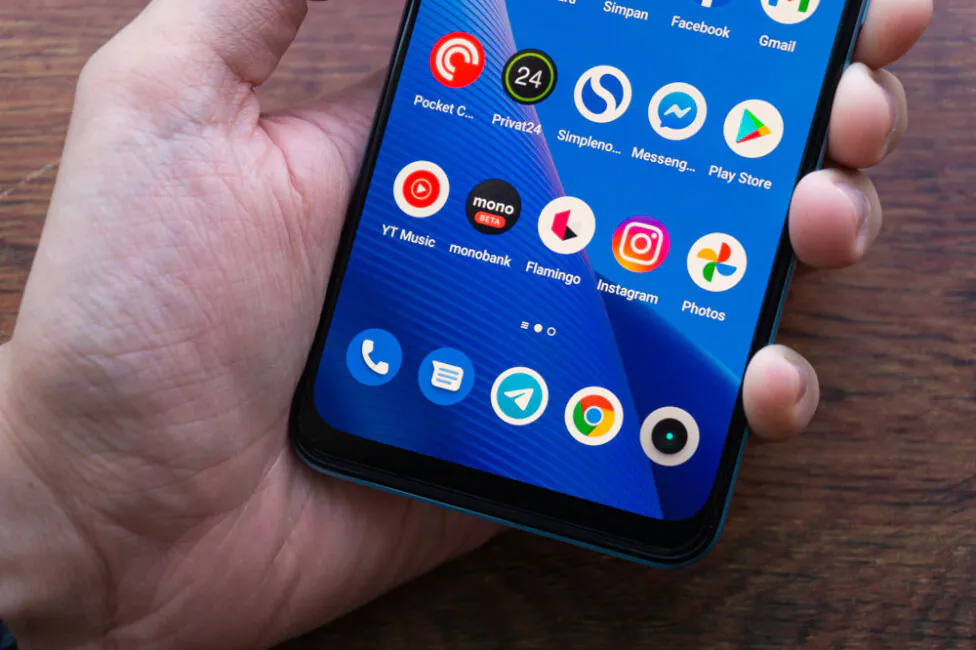
Otherwise, we have a stylish and elegant modern smartphone with flat edges, a relatively large main camera unit and a very unusual back design. And before we get to the last one, let’s first close the issue with the first two elements of the realme 9 Pro+ design.
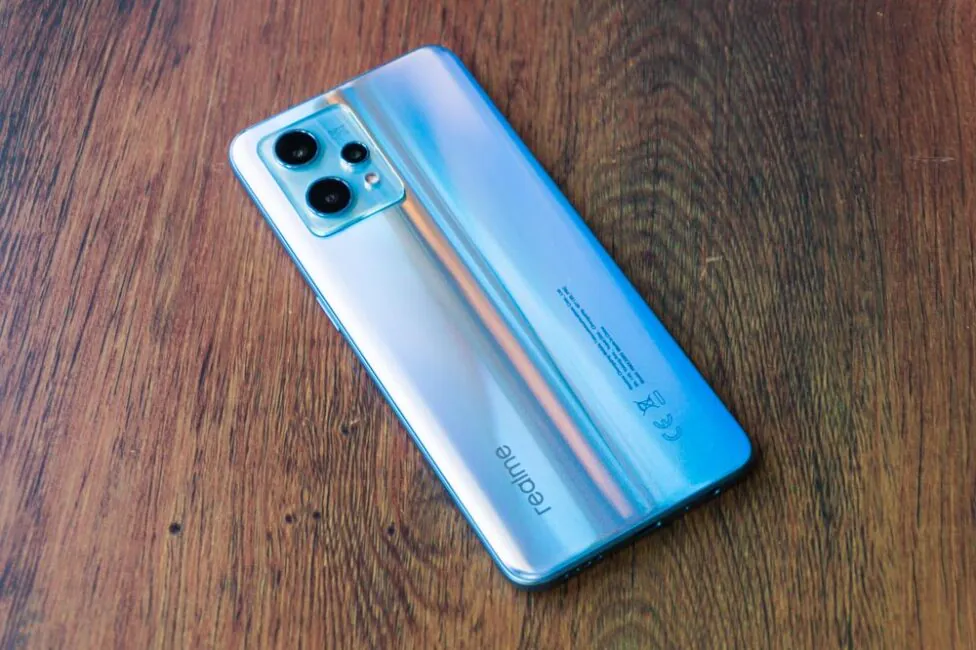 The perimeter frame, as noted, has flat faces, but these faces are of different widths in different places. If on top and bottom they go with the maximum width corresponding to the thickness of the case, then on the left and right sides they are already narrow. This happened because the back of the smartphone is curved closer to these edges and slightly overlaps them.
The perimeter frame, as noted, has flat faces, but these faces are of different widths in different places. If on top and bottom they go with the maximum width corresponding to the thickness of the case, then on the left and right sides they are already narrow. This happened because the back of the smartphone is curved closer to these edges and slightly overlaps them.
The block with cameras, in turn, looks not too convincing, but made in a similar style to the realme GT2 Pro flagship smartphone. It is a relatively wide but not very tall rectangle with three camera modules, a flash and minimal inscriptions with some parameters of the main module.
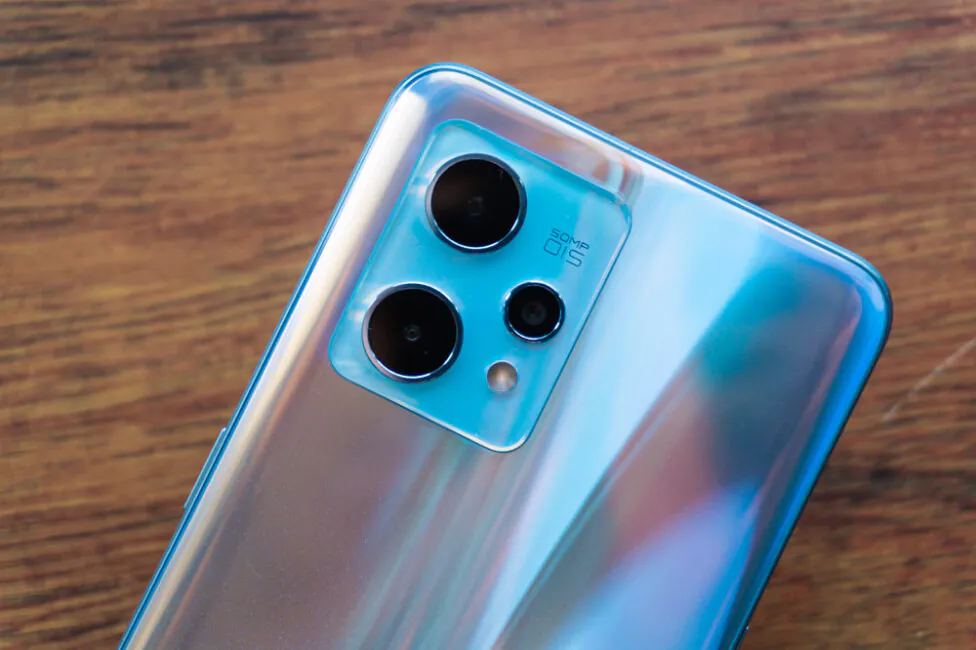
The so-called pedestal is glass, transparent and slightly protrudes above the surface of the back. Two of the three modules are large and additionally protrude above the base of the unit. The third protrudes not as much, besides, it has a much smaller diameter. At the same time, all three modules are additionally enclosed in metal rings.
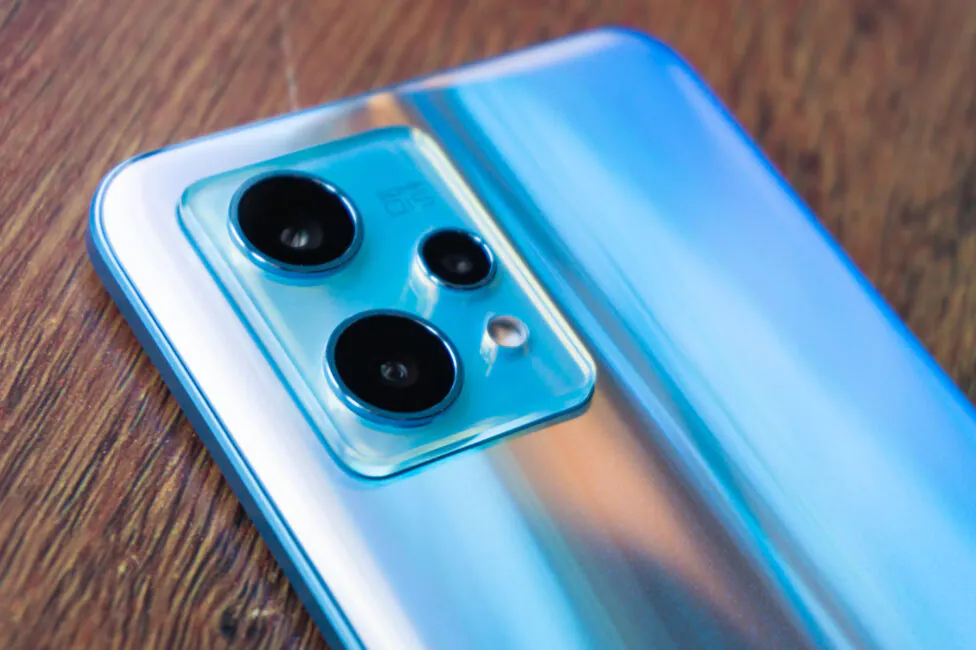 Finally, the design of the back panel of the realme 9 Pro+. The Sunrise Blue color of the smartphone uses a photochromic finish under the glass on the back, which can change its original color from light blue to pink-orange under the influence of sunlight or ultraviolet light. The company calls this ‘chameleon’ effect Light Shift Design, and it was inspired by the colors of the sky at dawn. Below is an example of such a smartphone back design in the shade and in the sun.
Finally, the design of the back panel of the realme 9 Pro+. The Sunrise Blue color of the smartphone uses a photochromic finish under the glass on the back, which can change its original color from light blue to pink-orange under the influence of sunlight or ultraviolet light. The company calls this ‘chameleon’ effect Light Shift Design, and it was inspired by the colors of the sky at dawn. Below is an example of such a smartphone back design in the shade and in the sun.
In addition to that, this whole design is complemented by a vertical iridescent pattern that visually divides the panel into two halves. And depending on the environment, these halves can also differ in color. Plus, as you may have already noticed, the back itself not only shimmers effectively depending on the direction of light and viewing angle, but also shines.
The entire back panel of the smartphone is covered with small sparkles. But the main part of them is concentrated in the lower part, while on top near the camera block there are few of them. In bright light, they sparkle very impressively, but such a decision, frankly, is not to everyone’s liking. I assume that not everybody will like such a large amount of glitter, of course, but there is definitely something in it.
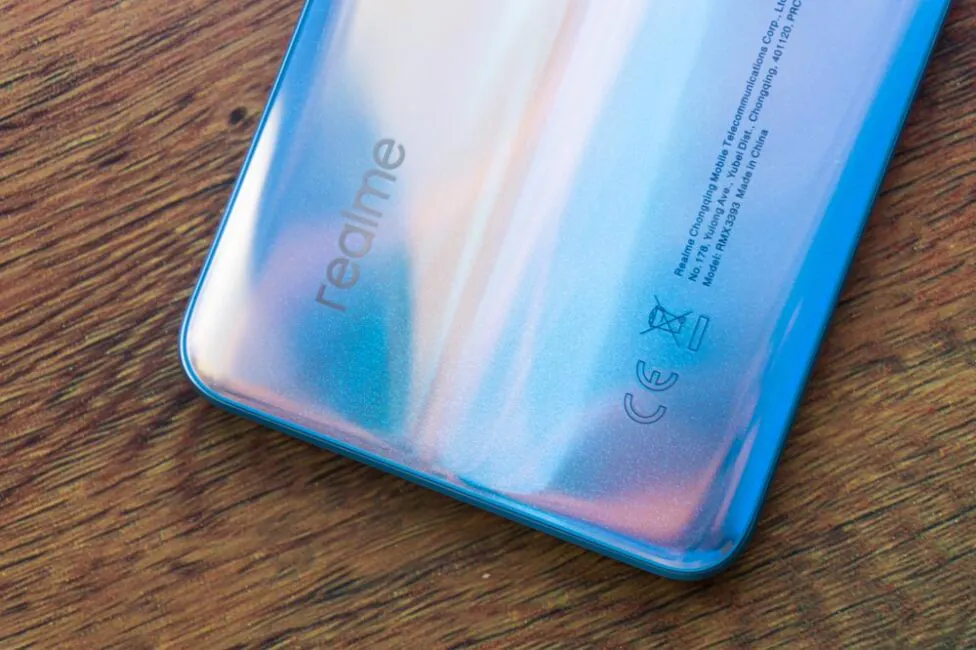
In total, there are three color options for realme 9 Pro+: Sunrise Blue, Aurora Green and Midnight Black. The effect of changing color in the sun, Light Shift Design, is only in the first, but all three have an iridescent back. Green is suitable for lovers of more restrained tones, although it also has sparkles. For very conservative users, there is a black option, it will already be without sparkles.
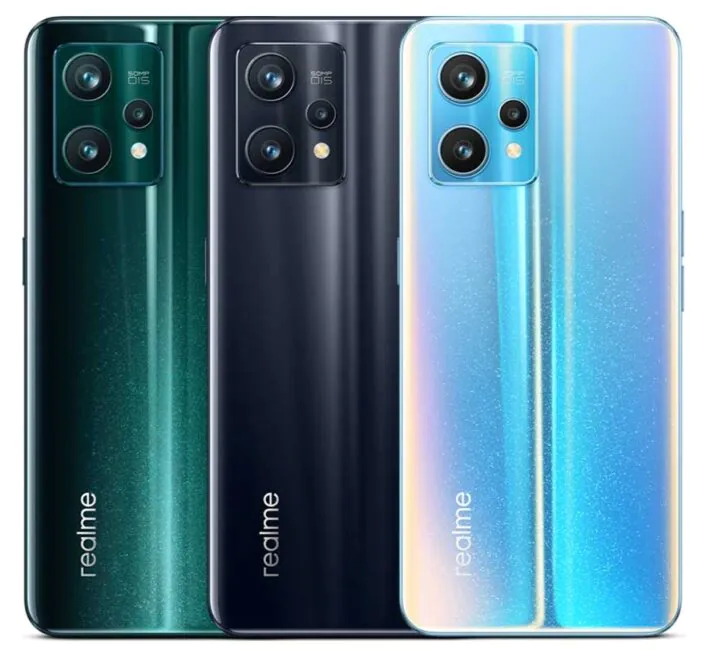
In terms of the materials of the case, everything is generally usual, as for this class. The front panel is covered by Corning Gorilla Glass 5 tempered glass, on top of which a protective film is pasted. So, as for the oleophobic coating on the glass, I can’t say, but even on the film itself, there is something. The back also uses glossy glass, but the manufacturer/model of the glass is not specified. The perimeter frame is plastic, with a practical matte coating.
Despite the light color of the case of my test device, the fingerprints are visible at the corners on the glass on the back. It is not difficult to remove them, but they remain on the body, as well as fine dust. Unfortunately, the case does not have any declared dust protection. Even the slot for SIM cards doesn’t have a rubber seal. Although it is not surprising, since even the flagship of the brand cannot boast of any certification according to the IP standard. But there are no comments about the assembly of the smartphone, it is really excellent.
Location of key elements
In the upper part of the front, the front camera is located in the left corner, the slot for the conversational speaker (simultaneously – the second multimedia) in the center, the proximity sensor in the frame, the light sensor in the screen. But there is no LED for notifications, although this is also not new for realme smartphones.
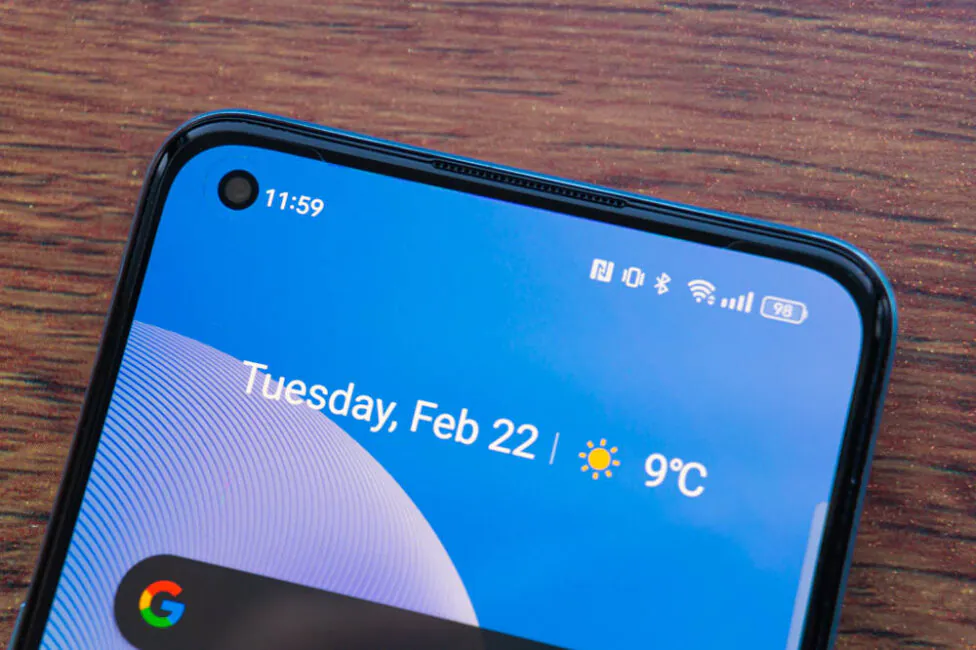 The physical control keys are distributed on different ends of the smartphone. On the right is the power button, and on the left are separate volume keys. On the same left side there is also a slot for two nanoSIM cards, but it will not be possible to install a memory card in the smartphone.
The physical control keys are distributed on different ends of the smartphone. On the right is the power button, and on the left are separate volume keys. On the same left side there is also a slot for two nanoSIM cards, but it will not be possible to install a memory card in the smartphone.
Only the second auxiliary microphone is located on top, and all other elements are located at the bottom of the smartphone: the main multimedia speaker, the USB Type-C port in the center, the main microphone, as well as the 3.5 mm audio jack – fortunately, they did not forget about it.
The back panel consists only of the above-mentioned block that slightly protrudes above the surface, with three camera modules, a flash and inscriptions. In the lower part of the back there are traditionally the vertical logo of the realme brand and all other official markings and inscriptions.
Ergonomics
We have a smartphone with a display diagonal of 6.4″, body dimensions of 160.20×73.30×7.99 mm and a weight of 182 g. It turns out that it is a little taller than other smartphones with a similar diagonal, however, it came out relatively narrow and thin. It feels extremely comfortable and pleasant in the hand, especially when talking about its thickness of 7.99 mm. Plus, the rounded edges of the back and the narrower frame on the sides make it seem even thinner than it actually is. Also, the weight it is small, and in general, the dimensions are not stressful.
However, it cannot be said that realme 9 Pro+ will be easy to use with one hand and, especially, on the go. Of course, you won’t be able to reach the top of the screen without additional grabbing and scrolling. But you can lower the user interface down with a simple gesture. In this case, all the elements from above will appear exactly in the middle of the screen and it will be easy to use them. One-handed control mode during gesture navigation is invoked by swiping down from the bottom of the screen.
The location of the power keys and individual volume buttons is optimal. First, they are located at different ends. Although not everyone likes such placement, there are enough fans of it, too. Secondly, the buttons are located at such a height that the fingers simply find themselves on these buttons. However, the built-in under-screen optical fingerprint scanner is lower than we would like. You will have to get used to its location, although if it were 1-1.5 cm higher, it would be great. But again, you can get used to it.
realme 9 Pro+ display
realme 9 Pro+ is equipped with a 6.4-inch display with a Super AMOLED matrix. The resolution of the panel is Full HD+ (2400×1080 pixels), the aspect ratio is 20:9, and the pixel density is 411 ppi. Typical display brightness is 430 nits and can reach 600 nits in HBM mode (under direct sunlight, for example). In addition, the screen here has a refresh rate of 90 Hz and a touch reading (sampling) frequency of 360 Hz.
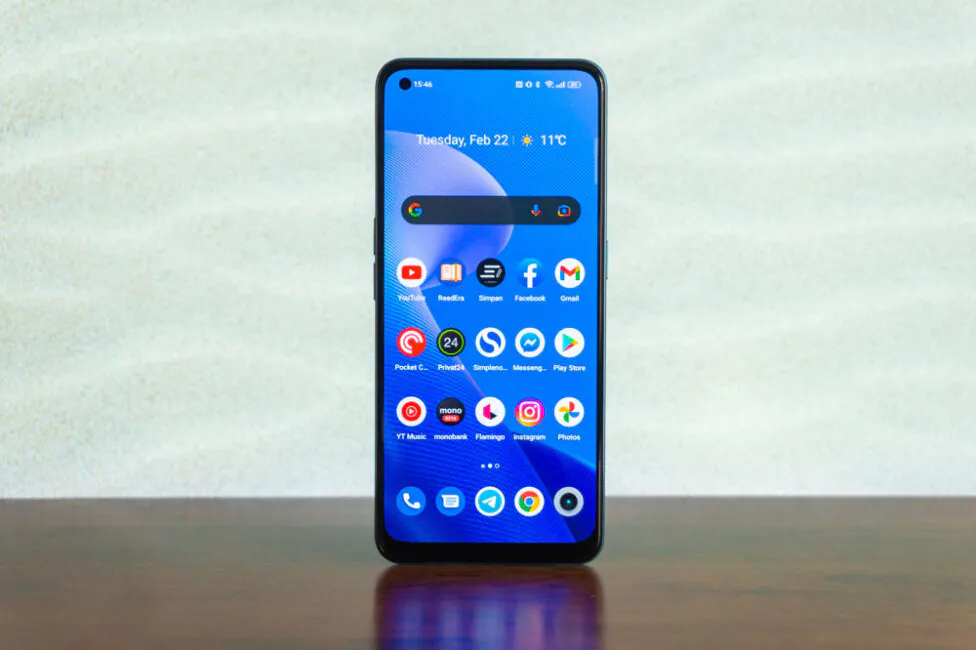 In terms of brightness, contrast and color rendering in general, the screen in this smartphone can be called excellent. Here you have a high level of maximum brightness, thanks to which the display remains readable in any conditions, and contrasting colors with deep black. Viewing angles are traditional for Super AMOLED. That is, they are very wide, but with typical green-pink iridescence of light tones, which are noticeable under strong deviations from the usual viewing angle.
In terms of brightness, contrast and color rendering in general, the screen in this smartphone can be called excellent. Here you have a high level of maximum brightness, thanks to which the display remains readable in any conditions, and contrasting colors with deep black. Viewing angles are traditional for Super AMOLED. That is, they are very wide, but with typical green-pink iridescence of light tones, which are noticeable under strong deviations from the usual viewing angle.
It is worth evaluating the color rendering based on the screen color mode selected in the parameters. There are several profiles in total: bright colors, natural and Pro mode. The first offers a color coverage that will be close to DCI-P3, that is, with bright and saturated colors. In the second, predictably, the color rendering will be calmer and more neutral. However, in the first profile, the colors will still not be oversaturated, as one might expect.
And yet, if you want the most ‘correct’ picture with color rendition close to the full range of DCI-P3, for example, you should switch to Pro mode and choose a cinematic preset. In addition, in the Pro mode there is a second preset with an expanded color range. In each of the profiles, be it standard or Pro mode, you can change the color temperature. The corresponding slider is in the same settings.
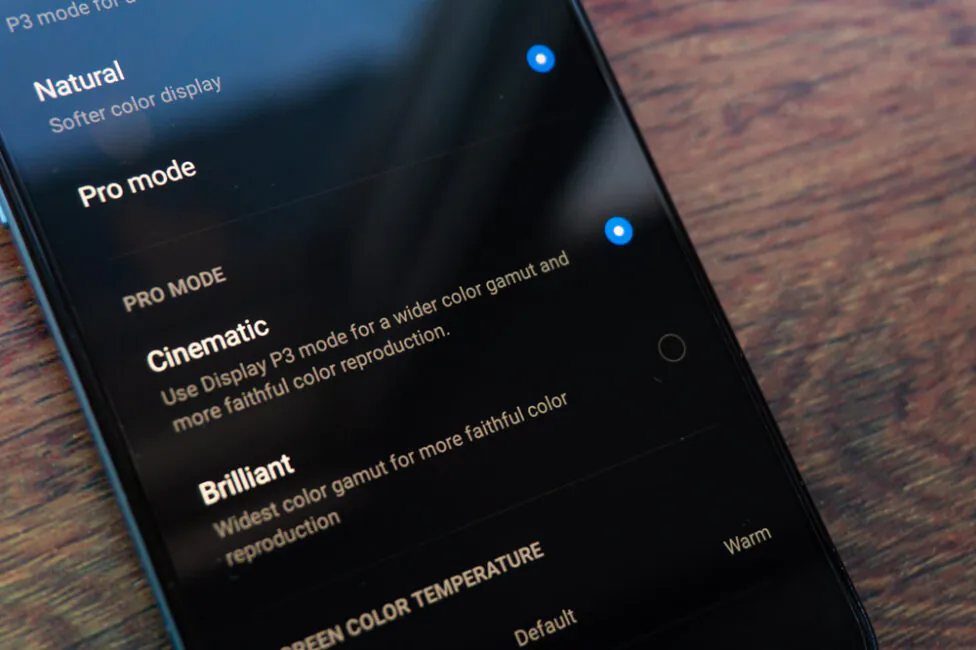
Now, the refresh rate of 90 Hz. The increased refresh rate is, in any case, a nice feature of a smartphone, but why only 90 Hz? Even the regular realme 9 Pro has a display with a frequency of 120 Hz. Yes, there is an IPS screen, and here is Super AMOLED, and it also matters, but nevertheless. In this segment, there are already smartphones with AMOLED screens and 120 Hz refresh rate, including realme. In my opinion, here the manufacturer somehow did not reach the level of the closest competitors and even its last year’s models, such as the realme GT Master Edition.
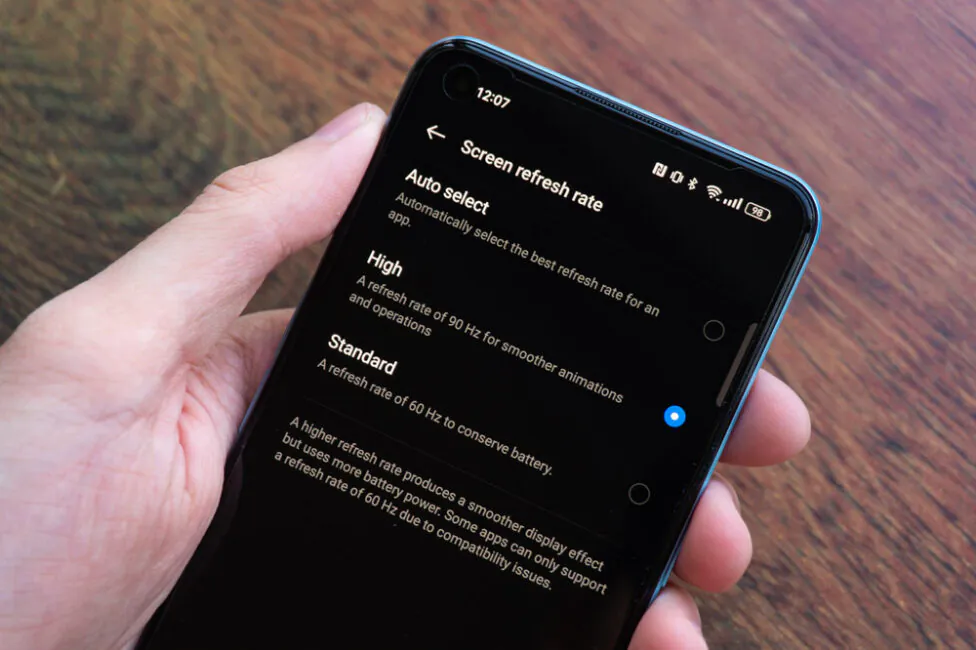
And in general, I noticed that recently the manufacturer often prefers 90 Hz instead of 120 Hz in their budget and mid-budget smartphones. Take at least the situation with last year’s realme 8i and the new 9i. They are both IPS, but the older one has 120 Hz, while the new ones have 90 Hz. If we talk about the specific implementation of the increased refresh rate of the realme 9 Pro+ screen, then there are still some nuances here.
There are three modes in the settings: auto selection, high frequency (90 Hz) and standard (60 Hz). As a rule, you expect an automatic change of frequency depending on the task and program being performed from the first mode. However, now in automatic mode, most third-party programs, and even some standard programs, are displayed precisely at a frequency of 60 Hz. And here we are not talking about games, but about ordinary clients of social networks, for example, and other programs where you can feel the smoothness of animations and scrolling.
And I want to tell you that these frequency ‘jumps’ greatly catch the eye. When you scroll through a standard gallery with 90 Hz, and then go to the file manager and see 60 Hz, it’s kind of strange. Therefore, with the current version of the software, it is more profitable to use the 90 Hz mode, since with it almost all programs will be at the maximum frequency. In general, the manufacturer should definitely ‘patch’ the automatic mode. Now it clearly does not work as intended.
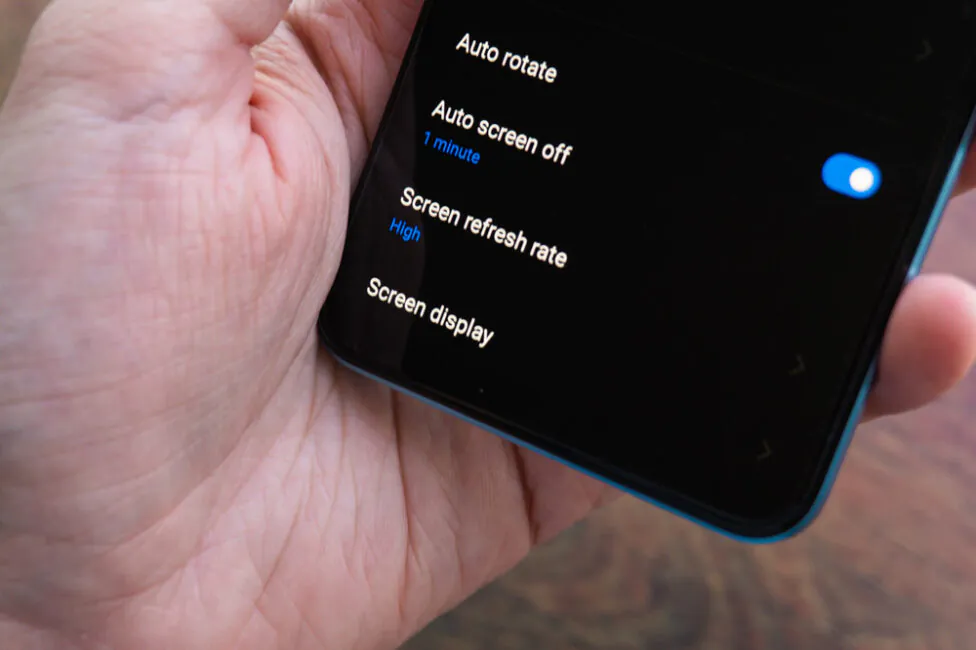
The sample rate or touch reading rate of 360 Hz is also declared. This is a useful feature for games, first of all, but not all projects will use it yet. Through the game hub, you can adjust the sensitivity manually, but even then it will not be possible to achieve what the recommended touch optimization provides in certain supported games. Among these, PUBG Mobile can be singled out, for example, in which the sensitivity, according to my personal feelings, is very different from the sensitivity in other games.
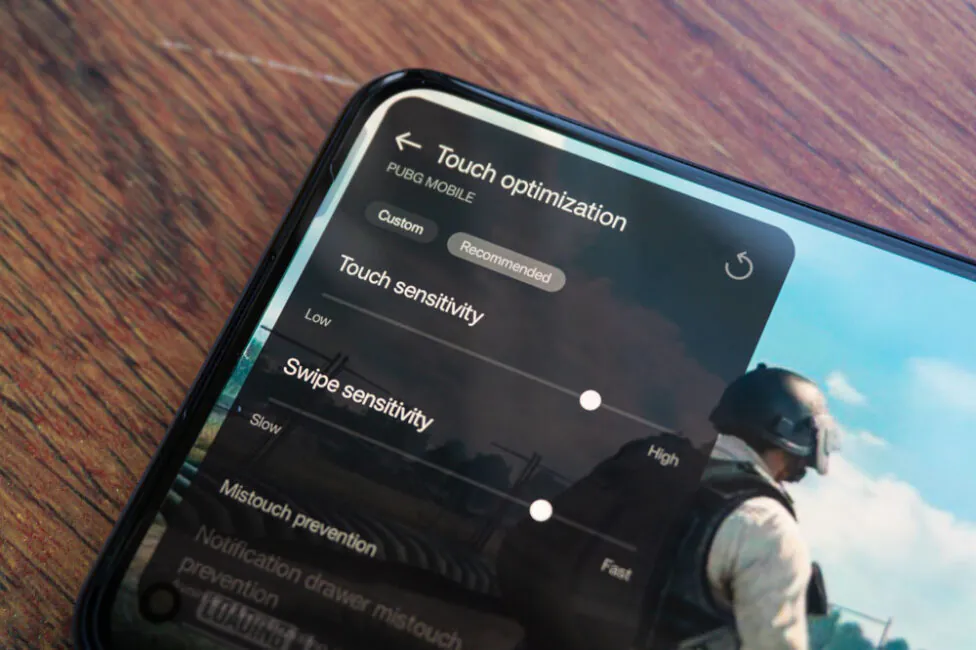 The following display settings are available: light and dark system theme with auto-switching and other dark mode options, the previously mentioned color modes, vision protection mode, color enhancement in video, auto-rotate, auto-off, refresh rate and crop display settings in forced full-screen applications for non-optimized programs.
The following display settings are available: light and dark system theme with auto-switching and other dark mode options, the previously mentioned color modes, vision protection mode, color enhancement in video, auto-rotate, auto-off, refresh rate and crop display settings in forced full-screen applications for non-optimized programs.
There is also an always-on display feature, which has been seriously upgraded in the new version of realme UI. Added customization tools, a large number of dials with the possibility of fine-tuning them, the ability to add images, and so on. It’s heaven and earth, compared to the parameters that were available before. The feature can still run always, on a schedule, or for some time after the screen is turned off – no restrictions on that.
Among other things, the DC dimming function is ‘hidden’ in the realme laboratory. It will be useful first of all for those people whose eyes get tired from PWM when using a smartphone with low and medium brightness of the display.
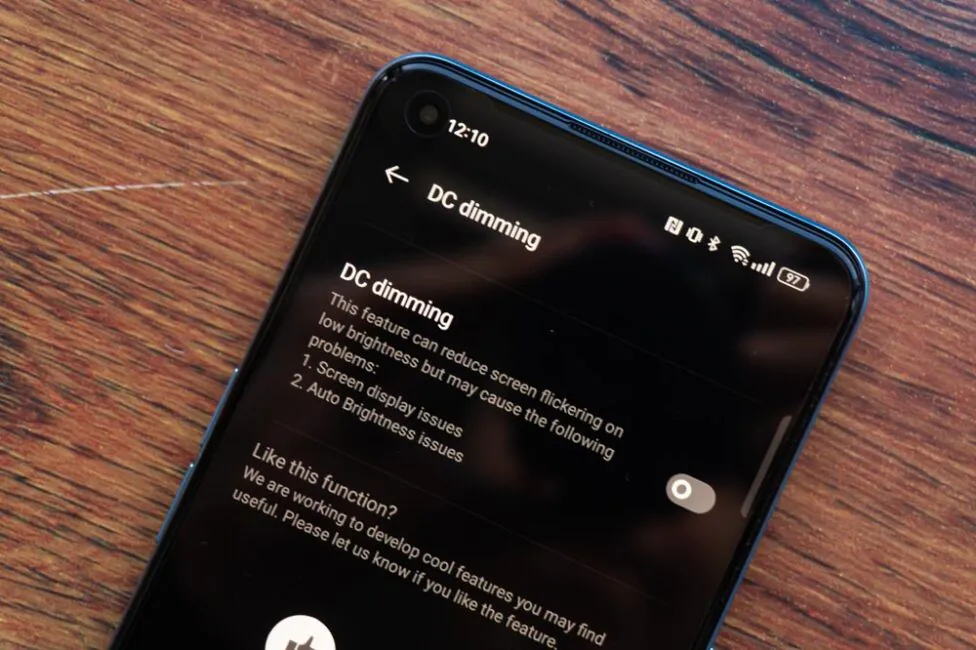
Read also: realme C25Y review: solid battery life and a 50 MP camera
Performance of realme 9 Pro+
The chipset in realme 9 Pro+ is one of the most productive in its segment with 5G support — MediaTek Dimensity 920 5G. It is made according to the 6-nm technological process and includes 8 cores: 2 high-performance Cortex-A78 cores work with a maximum clock frequency of up to 2.5 GHz, and 6 Cortex-A55 cores with a maximum clock frequency of up to 2.0 GHz. The graphics accelerator is appropriate, Mali-G68 MC4 with four cores. And in essence, this is a kind of overclocked version of Dimensity 900 with slightly increased frequencies of processor and graphics cores.
In benchmarks, the platform shows high performance for its class, and the Dimensity 920 is definitely more productive than the Qualcomm Snapdragon 695 5G, which is installed in the regular realme 9 Pro and in the same Redmi Note 11 Pro 5G. Not only more productive, but also more stable, as confirmed by throttling tests in various performance modes. It also heats up insignificantly, and as the manufacturer assures, the five-layer cooling system with one of the largest evaporation chambers in the industry covers 100% of the ‘hot’ components, thanks to which it can reduce the internal temperature by 10°C.
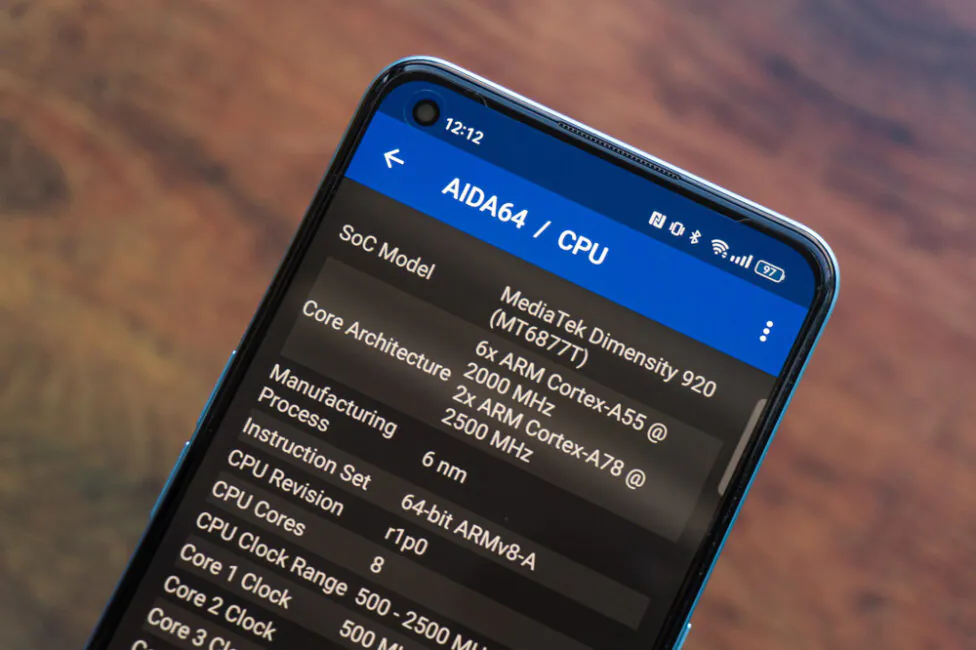
For example, after 15 minutes in the standard mode, productivity decreased by a maximum of 15%, while in the productive mode the drop is a little less – by 14%. Approximately the same situation emerged in the half-hour runs of the CPU Throttling Test: a 14% reduction in performance was recorded in standard and 13% in performance mode. At the same time, the GIPS values increase in the second case, but the difference is so insignificant that in real use there is no need to bother switching between these modes. A standard ‘smart’ mode is more than enough for all tasks.
9 Pro+ variants with 6 and 8 GB LPDDR4X type RAM are available for the user to choose from. There is nothing to comment here, these are absolutely normal memory volumes for the class, but you can still add some. Thanks to the Dynamic RAM Expansion technology, you can virtually expand the amount of RAM at the expense of the permanent storage memory, if there is enough free space in the latter. The 8GB version comes with an extra 3GB by default, but can be expanded up to 5GB. But in the version with 6 GB of RAM, most likely, expansion up to a maximum of 3 GB will be available. Obviously, the smartphone has no problems with multitasking.
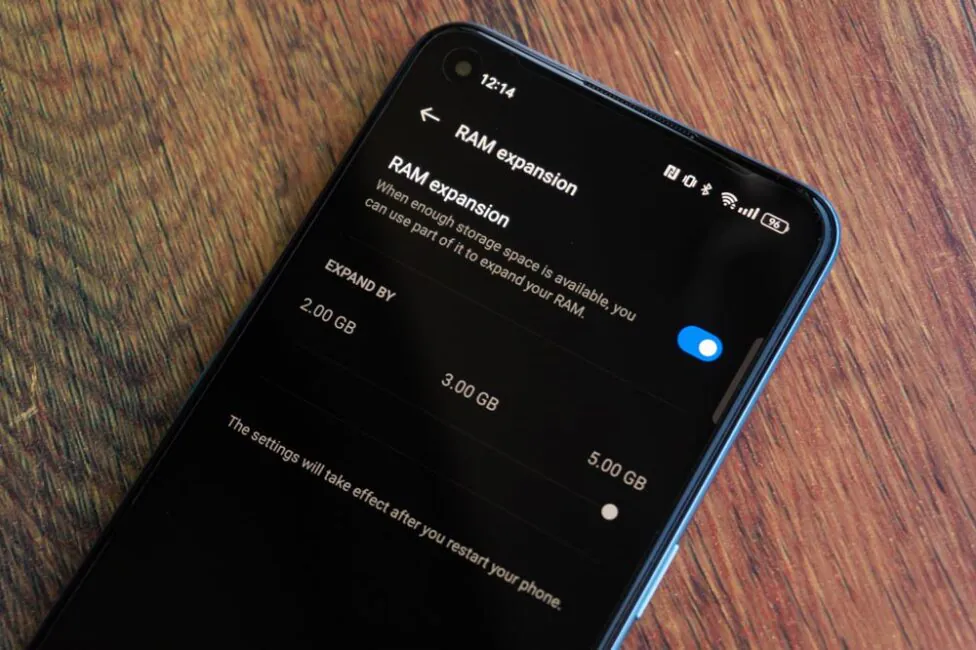
Permanent memory options are offered in 128 and 256 GB with UFS 2.2 drives in both cases. In the first version, 106.45 GB is allocated for the user, and this point should be determined first before buying, because, unfortunately, you will not be able to expand the storage with a memory card later. Let me remind you that the smartphone does not have a slot for a microSD memory card, and this is another difference between the realme 9 Pro+ and the original 9 Pro – the latter has a combined slot.
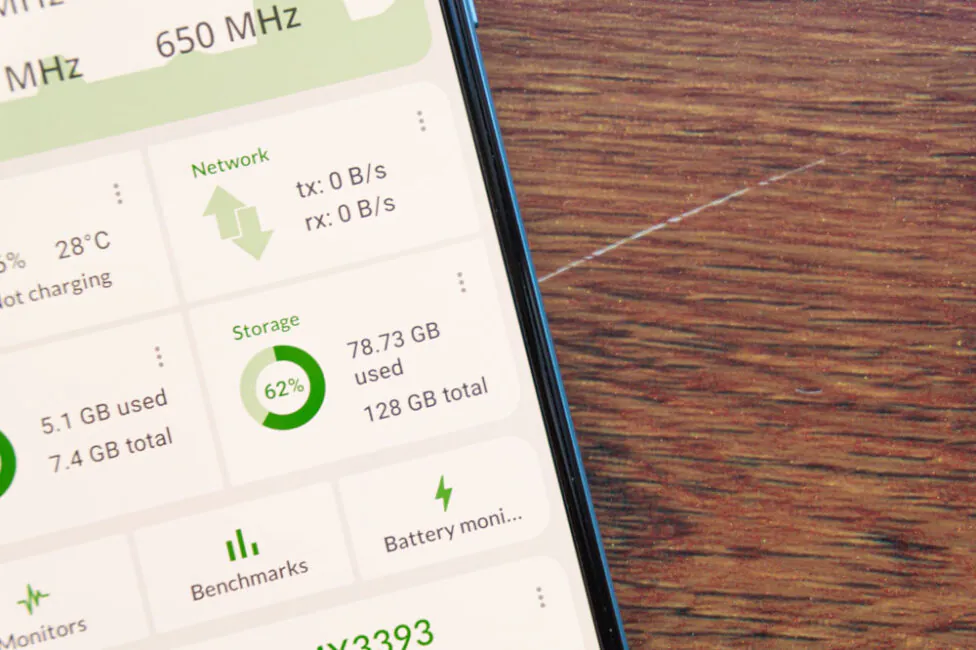
In everyday use, the smartphone works perfectly. It performs all actions instantly, the shell is nimble and all system animations are smooth, without jerks, twitches and everything else. 9 Pro+ also copes with games, and in many demanding projects it will be possible to play at high or even maximum graphics with a good comfortable FPS. Of course, there are exceptions and sometimes you might need to reduce the graphics to average, but in general, I would call the performance in games very good, for an average phone. Of course, there are no problems with simple games. Below are measurements of the average FPS value in popular resource-intensive projects, which were taken through the GameBench utility:
- Call of Duty: Mobile – high, antialiasing, shadows, RAGDOLL animation, Frontline mode – ~60 FPS; Battle Royale – ~40 FPS (game limit)
- Genshin Impact – Medium, 60 frame rate, ~29 FPS
- PUBG Mobile – maximum, 2x anti-aliasing and shadows, ~40 FPS (game limit)
- Shadowgun Legends – ultra, frame rate 60, ~49 FPS
Read also: Realme GT Neo 2 review: Almost a flagship killer
Cameras of realme 9 Pro+
The main camera unit of the realme 9 Pro+ has three modules for different tasks, but the main focus is naturally on the main wide-angle module. Here it is the Sony IMX766 with an optical stabilization system, and the manufacturer itself promises almost flagship results in a mid-range smartphone. The set of cameras and the characteristics of the modules are as follows:
- Sony IMX766 wide-angle module, 50 MP, f/1.8, 1/1.56″, 1.0µm, PDAF, 24 mm, 84.4° PDAF, OIS
- Ultra-wide-angle module: 8 MP, f/2.2, 1/4.0″, 1.12µm, 16 mm, 119°
- Macro module: 2 MP, f/2.4, 22 mm, 88.8°
By default, the main module saves images with a resolution of 12.6 MP, and the full 50 MP resolution is available in the form of a separate mode. Does it make sense to use the second one? In general, in certain situations where you want to get the most small details and a more natural finish, you can. But you have to understand that there will be more digital noise in these photos, even in ideal lighting conditions, not to mention the rest of the situations. So, it is not always worth using 50 MP. In medium/low light there is almost no difference compared to standard resolution, for example. But you can switch to this mode during the day outdoors when shooting landscapes.
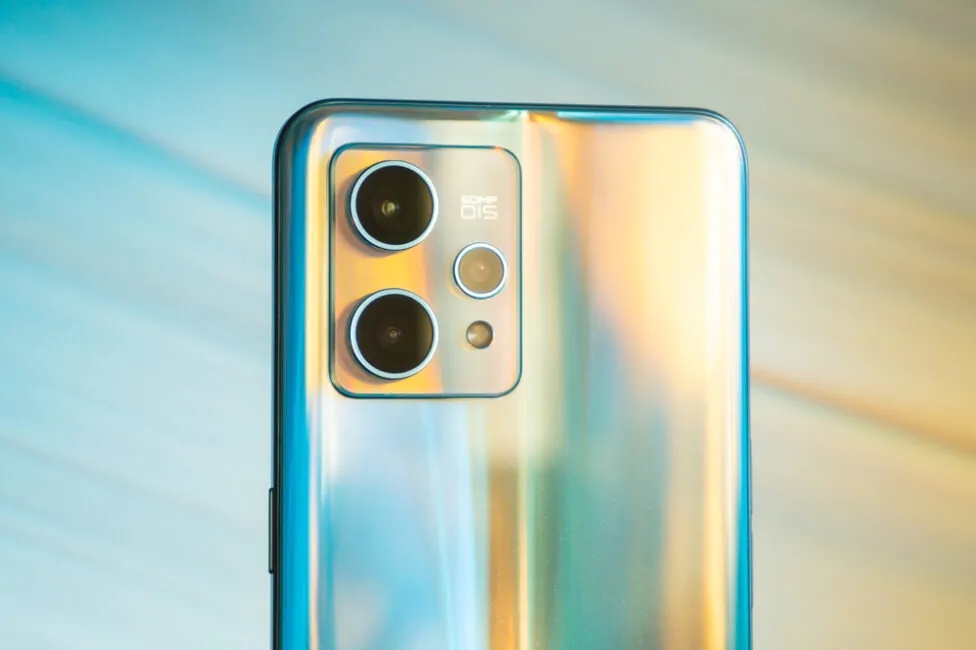
The main module of realme 9 Pro+ takes great pictures. I wouldn’t say, of course, that this is exactly the flagship level, but for an average farmer, it is very worthy. There are details, but the dynamic range is average, and in certain situations, sharpness can be excessive. Everything is fine with color reproduction, the white balance is quite accurate and digital noise is not noticeable in good lighting either. At an average level of lighting, the smartphone manages to maintain an optimal balance between details and noise, the shots look natural and do not seem ‘soapy’. If we talk about shooting at night and in poor lighting, the 9 Pro+ shows quite normal results even in automatic mode.
EXAMPLES OF PHOTOS IN FULL RESOLUTION
Yes, all small details are removed by noise reduction, howeverб the colors are realistic, the white balance is also correct, and the optical stabilization leaves almost no chance of getting a blurred shot. Things are… ambiguous with the night mode. On the one hand, pictures with it will be brighter, there will be more information in the shadows, and the smartphone will also cope better with glare from bright light sources. But all the pictures in the night mode come out with some unnatural yellow tint, which does not always look good. An example of a photo in automatic and night mode is below.
The shots from the ultra-wide-angle module differ not only in a slightly cooler color compared to the shots from the main wide-angle module, but also in general, they are noticeably simpler in quality. The module does not have autofocus, so you won’t be able to take pictures with it up close. The colors are not always realistic, and the detailing is not impressive. In addition, digital noise is visible even in daytime photos. You shouldn’t count on high-quality evening/night shooting with this module either, but if you’re going to shoot something, it’s definitely better with night mode. It is true that it’s will not add more detail, but there is less noise in the night mode and overall the pictures are brighter and more pleasant in terms of colors.
EXAMPLES OF PHOTOS IN FULL RESOLUTION
Everything is already quite obvious and predictable with the third camera of the smartphone. This is the simplest primitive module for low resolution and fixed focus macro. Therefore, to achieve optimal results, you need to shoot at a distance of about 4 cm between the camera and the shooting object. Although the results are weak in any case: there is not enough detail, the module is very dependent on the ambient light and it does not always manage to convey colors correctly. In general, in terms of macro, the smartphone has not gone far, even from the manufacturer’s budget smartphones. You can’t shoot video on it, of course.
EXAMPLES OF PHOTOS IN FULL RESOLUTION
The main module is able to record video in the maximum resolution of 4K at 30 FPS. There is an option to switch to 1080P at 30/60 FPS and lower. The videos come out in the maximum resolution and in good lighting are very acceptable, as for the middle segment. A relatively wide dynamic range, high detail and excellent color rendering – it’s all there when recording video. In addition, there is a fast autofocus and optical stabilization, thanks to which the picture turns out smoother. Although small jerks of the picture will still be visible in places, since only the ‘optics’ work. At lower resolutions, electronic stabilization kicks in and together they produce a smoother image, if anything. I also liked shooting in low light. Of course, in such conditions there will be more noise and less detail, but the output picture is relatively light and everything is not bad in terms of colors.
The situation with ultra-wide video shooting has turned out to be such that it simply does not make sense at all. The fact is that the viewing angle during video recording will be even smaller than that of the main module! Obviously, the manufacturer wanted to make the most effective electronic stabilization for the ultra-wide angle and simply went over the top with the framing. But then, what is the point of shooting in 1080P resolution with 30 FPS without autofocus and without a wide angle, with faded color reproduction and low detail? In the example below, one perspective from two cameras during video recording.
It is certainly an amazing story indeed. It’s just not clear why electronic stabilization was needed at all for the ultra-wide angle. There is no need for it, just as there is no particular need for distortion correction, since the main feature of the module is a wider capture angle, first of all. Any shaking with such an angle is often simply leveled out, so I don’t understand this step on the part of realme. Something should be done about it in future updates, because leaving it as it is is not serious.
The front camera in the smartphone is 16 MP with an aperture of f/2.4, a 1/3.09″ sensor and 1.0µm pixels. The focal length is 26 mm, and the viewing angle is 78°. Apparently, the front camera module here is the same as that already used in several generations of OnePlus smartphones, starting with the ‘eight’. It captures quite well in general, especially in excellent lighting. It reproduces colors correctly, copes with digital noises well, and on the smartphone screen the pictures really look good. However, you shouldn’t expect any impressive detail from this camera.
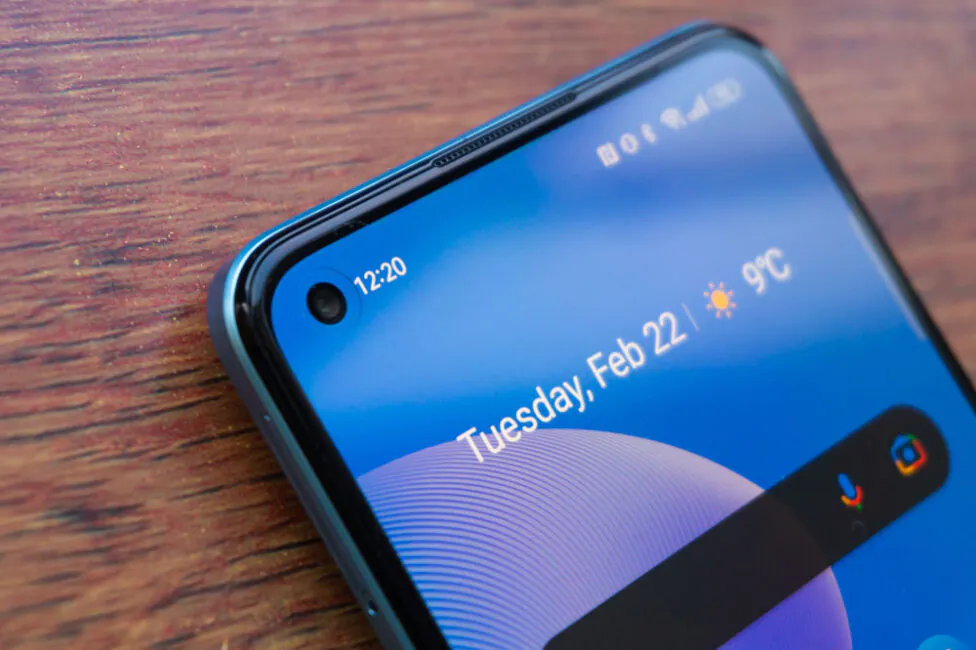
Video recording on the front camera is carried out in the maximum resolution of 1080P and 30 FPS. By default, electronic stabilization works and when walking, the picture jerks a little, but it does not turn into complete ‘jelly’ with sharp movements. The recording quality is just normal and no more: colors and sharpness are kept at a good level, but light digital noise can appear in the shadows in the distance, as in the case of photography.
There are a lot of different modes available in the native camera app: Photo, Video, Night, Street, Portrait, 50M, Pro, Panorama, Ultra Macro, Movies, Slow Motion, Time Lapse, Dual Video, Text Scan, Astronomy Mode, Shift/Tilt . If you are interested in the manual mode (Pro), then it works only with photos on the wide-angle and ultra-wide-angle modules, and for shooting videos with manual settings, you need to select another mode – “Movies”.
For photos in Pro mode, it is possible to display a histogram on the screen, switch saving from JPG to compressed RAW format, and change all other parameters. Slow motion is available in 720P at 960 FPS or 1080P at 480 FPS, but only on the main wide-angle module. You can shoot videos simultaneously on the main and front cameras, and the application itself has a built-in Google Lens.
Unlocking methods
The fingerprint scanner in the smartphone is built under the screen from below and it is of the optical type, that is, when you place your finger on the platform, there will be a corresponding bright backlight. I have already told about its location in more detail earlier, but I will repeat what I would like to have it a little higher. The scanner works generally well: fast, clear and almost error-free if you place your finger correctly and completely on the platform.
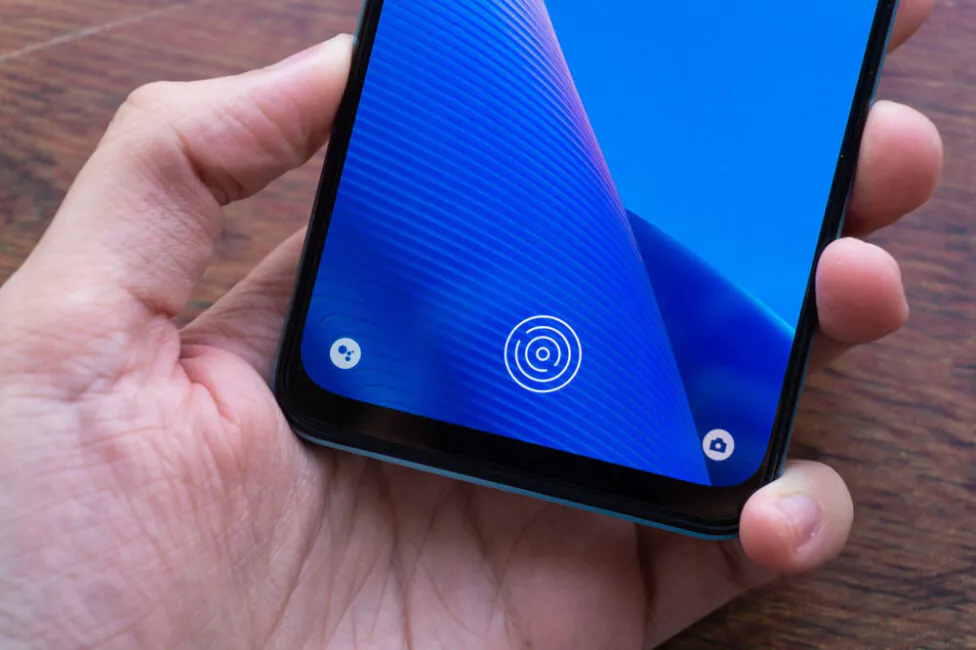
Apart from its usual smartphone/app unlock functionality, this scanner is also capable of measuring heart rate. By the way, the flagship realme GT2 Pro also has the same function. Heart rate is determined in real time based on light absorption statistics collected by the fingerprint scanner. The light source is a bright green backlight in the area of the fingerprint scanner.

This feature is found in the realme laboratory, that is, the function is more experimental and is in beta state. To make a measurement, you need to carefully place your finger on the fingerprint scanner for 15 seconds. After 5 seconds, the current heart rate will appear on the screen, but you need to hold your finger until the end for the most accurate measurements and save the results. At the end, you will be asked to save the result and choose the state you were in during the measurement: normal, walking, exercise, calm or excited, stress, energy, insomnia.
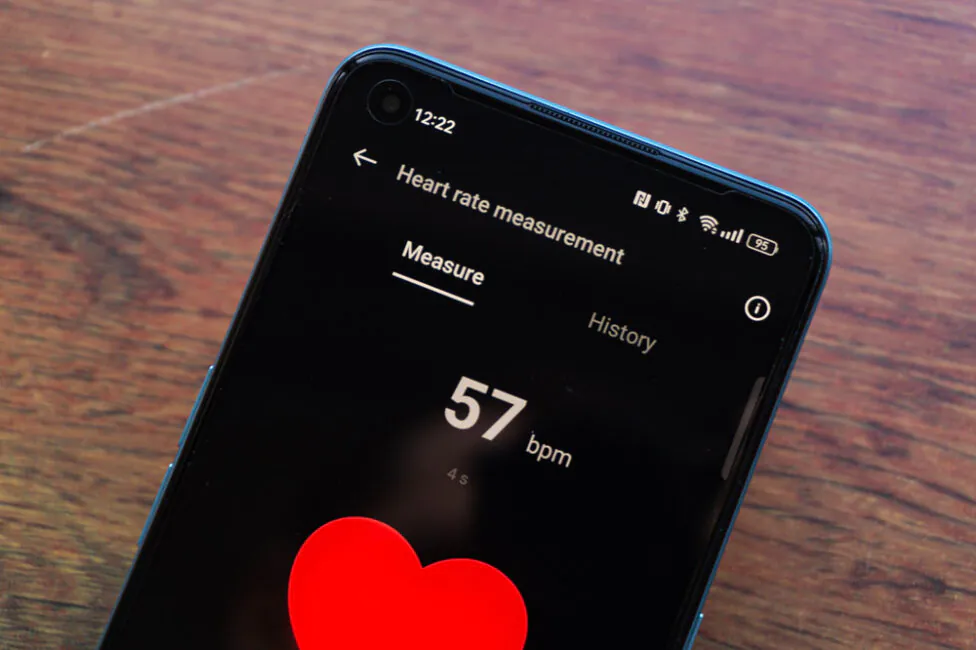
The entire history is stored in the smartphone’s memory and is of an exclusively reference nature, that is, you should not count on high accuracy and rely completely on these measurements. This is not a medical device, as is stated on the same screen with the measurement result. As for the accuracy of the measurements, I compared the realme 9 Pro+ with the Amazfit Bip smartwatch, and the smartphone most often showed only 2-3 beats per minute more than the watch. Both devices are not super accurate in this matter, but it will be possible to get some idea close to reality.
Additional settings for the fingerprint scanner include choosing one of eight scanning animations, quickly launching one of five selected applications without removing your finger from the screen after unlocking, launching a hidden application when a specific finger is applied, and displaying a hint icon on the off screen.
Unlocking by face recognition is also available in the smartphone. The method works no less quickly than a fingerprint scanner. However, it is not as secure as it is implemented with a single front camera. Most often, it works under any conditions, if there is at least minimal lighting around. It won’t work in complete darkness by default, but there is an option to turn on the brightness setting in low light.
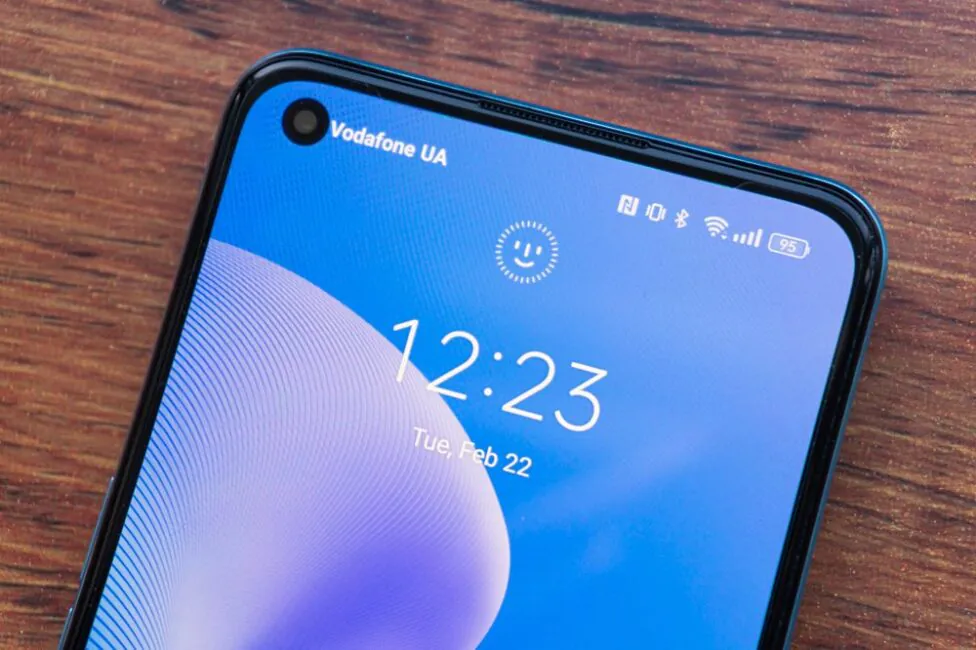
Among other parameters: an instant transition to the desktop or an active window after unlocking bypassing the lock screen, as well as the prohibition of unlocking when the user’s eyes are closed for the purpose of additional security. Nothing more special.

Battery life of realme 9 Pro+
The battery in realme 9 Pro+ is 4,500 mAh, which is a lot, on the one hand, but less than some conventional 5000 mAh, which are most often found in smartphones of the middle price segment. Nevertheless, in terms of autonomy, the smartphone shows simply excellent results and is not inferior to its competitors, even with larger batteries.
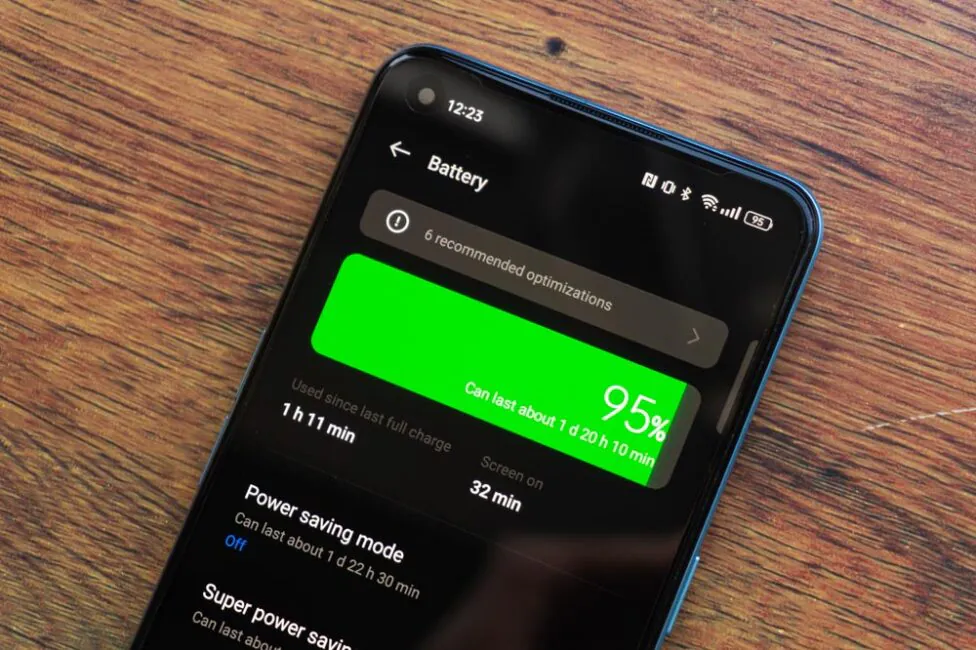 With active use, it is more than enough for a whole day of work and more (24-26 hours on average) with 8.5-10 hours of active screen time. And this with a forced screen refresh rate of 90 Hz, active dark system theme and with the function of displaying the clock on the off screen every day from 8:00 AM to 8:00 PM. In the PCMark Work 3.0 autonomy test with maximum screen brightness and the same 90 Hz, the smartphone worked for 8 hours and 22 minutes.
With active use, it is more than enough for a whole day of work and more (24-26 hours on average) with 8.5-10 hours of active screen time. And this with a forced screen refresh rate of 90 Hz, active dark system theme and with the function of displaying the clock on the off screen every day from 8:00 AM to 8:00 PM. In the PCMark Work 3.0 autonomy test with maximum screen brightness and the same 90 Hz, the smartphone worked for 8 hours and 22 minutes.
So, in terms of battery life from a single charge, realme 9 Pro+ is unlikely to disappoint anyone. It really lasts a long time and can easily be counted on for a day of intensive use and about two days with more moderate use without games and too frequent access to cameras.
In no case should you forget about the smartphone’s support for fast wired charging SuperDart Charge at 60 W. What is interesting, is a 65 W unit included in the package. There is, of course, no wireless charging. A complete unit and cable are required for the proprietary technology to work, and the manufacturer promises that the smartphone will be charged to 50% in 15 minutes, while it takes 44 minutes to fully charge.
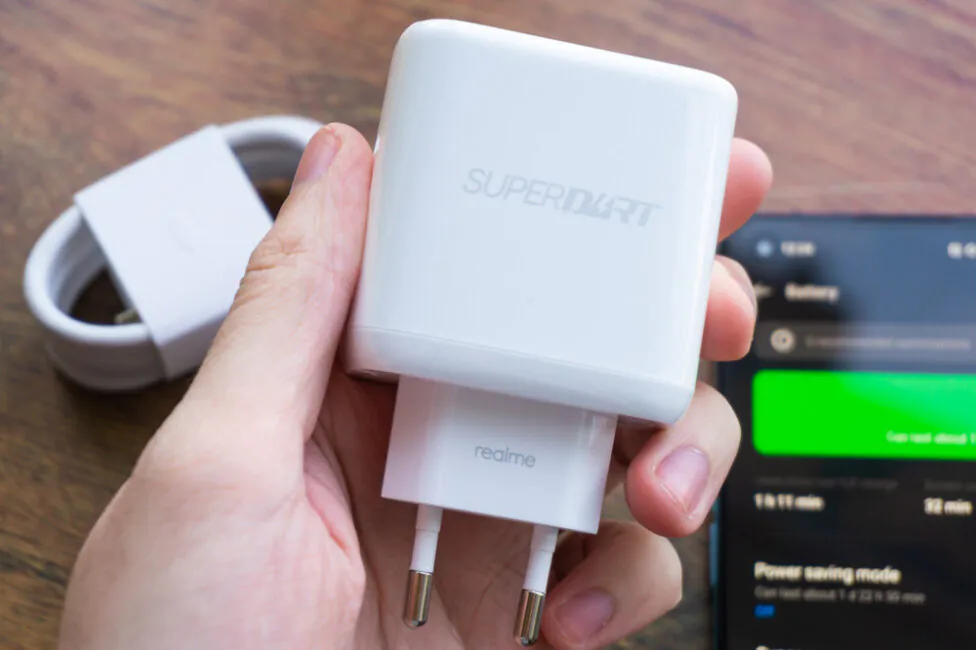
I tested charging from 10% to 100% and it took 43 minutes to fully charge the device – quite fast by today’s standards, although not record-breaking for the class. Detailed measurements in 10-minute increments are below:
- 00:00 — 10%
- 00:10 — 40%
- 00:20 — 62%
- 00:30 — 82%
- 00:40 — 97%
- 00:43 — 100%
Read also: realme C21Y review: Decent budget phone with NFC and 5000 mAh
Sound and communication
Realme 9 Pro+ talk speaker is fine. The interlocutor can be heard perfectly, and the volume margin is quite sufficient even on a noisy street. The top speaker not only performs the role of conversation, but also plays together with the bottom speaker in all multimedia tasks. They sound a little different, of course, and the bottom speaker sounds a little louder and more voluminous. Although in reality there is no particular imbalance between them when watching movies or playing the games.
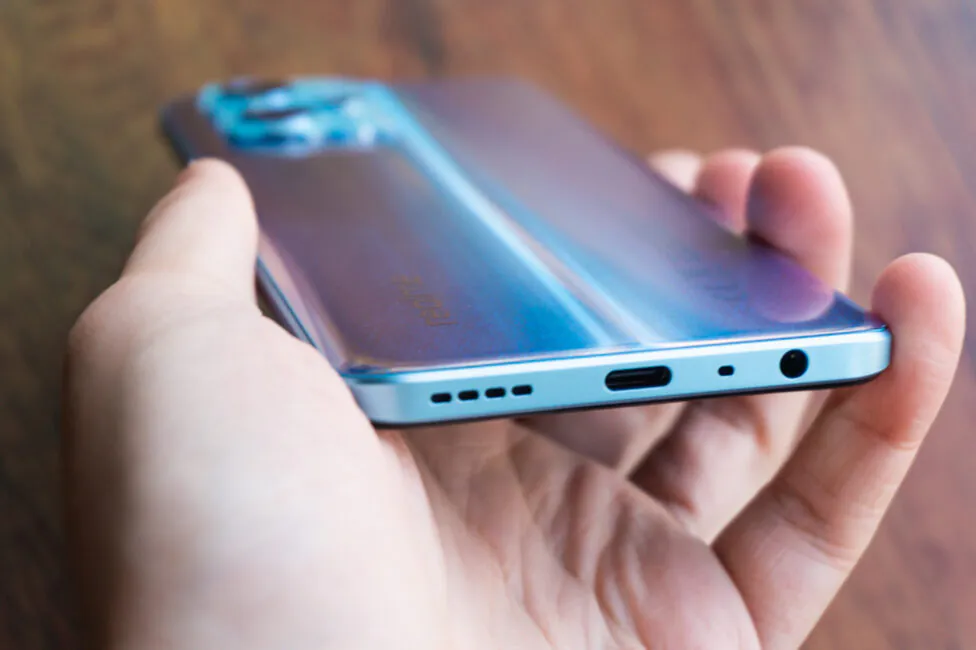 The sound is loud, voluminous, but the general impression from the sound mostly depends on the Dolby Atmos profile selected in the parameters. There are profiles for specific environments (indoors, outdoors, travel, flight) and standard scenarios (dynamic, movies, games, music). I didn’t like the first part of the profiles, but you can already find a more or less suitable option among the rest. However, in no case can you call the sound of a smartphone ‘flagship’, it is just normal stereo sound, but without any zest.
The sound is loud, voluminous, but the general impression from the sound mostly depends on the Dolby Atmos profile selected in the parameters. There are profiles for specific environments (indoors, outdoors, travel, flight) and standard scenarios (dynamic, movies, games, music). I didn’t like the first part of the profiles, but you can already find a more or less suitable option among the rest. However, in no case can you call the sound of a smartphone ‘flagship’, it is just normal stereo sound, but without any zest.
In the headphones, you can adjust the sound a little more precisely for yourself, because when the “Music” scenario is selected, an equalizer with several presets or the possibility of manual adjustment via the standard equalizer appears. I note that all built-in tools work not only with wired models, but also with wireless headsets. The Dolby Atmos add-on cannot be disabled for speakers, which is interesting, but when headphones are connected, this option becomes available. realme 9 Pro+ has a 3.5 mm audio jack on the bottom with Hi-Res Audio certification.
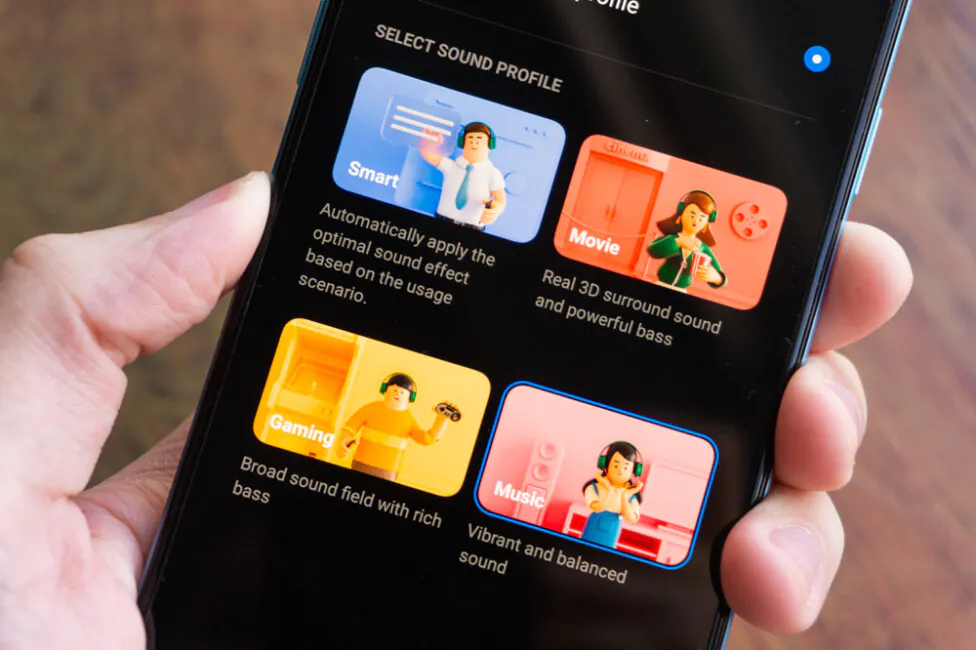
Among other features of the smartphone, you can highlight a linear vibration motor along the X axis (X-axis). Advanced O-Haptics vibration feedback accompanies all actions where vibration feedback is involved and ensures their realistic perception by the user. The vibration response here is really one of the most pleasant and high-quality in this segment, moreover, you can change not only the intensity of the response, but also choose its pattern: Crunch or Tenderness. The first is softer and clearer, while the second offers a more sonorous vibration response.
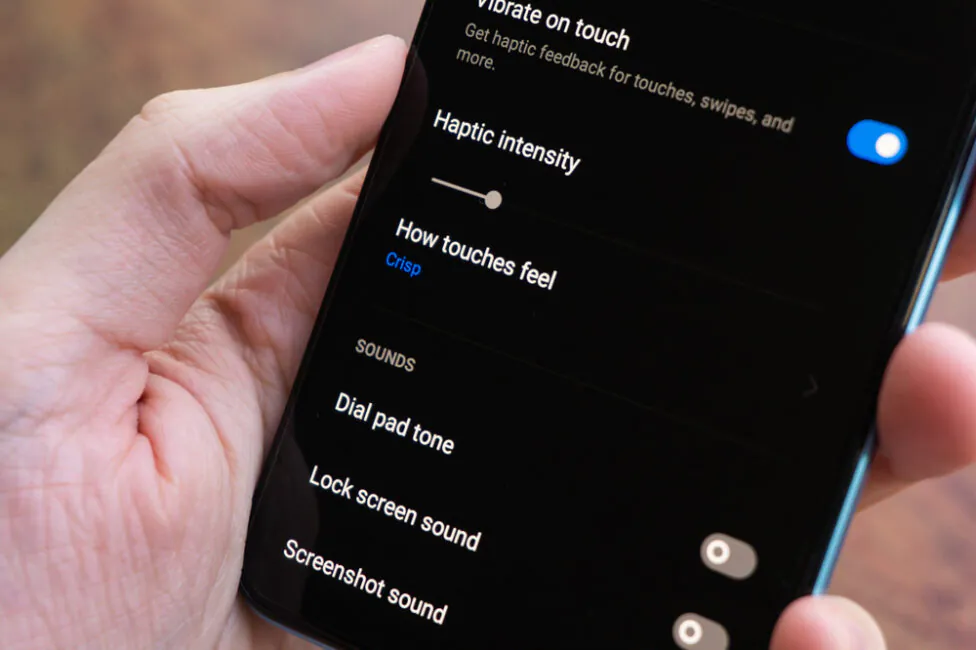
And you can praise the smartphone not only for advanced tactile response, but also for modern and up-to-date wireless modules and networks. There is support for new generation 5G networks, as well as Wi-Fi 6, which is even rarer in the middle class. The 9 Pro+ is also in complete order with the rest – there is Bluetooth 5.2 (A2DP, LE, aptX HD), GPS (A-GPS, GLONASS, BDS), and an NFC module.
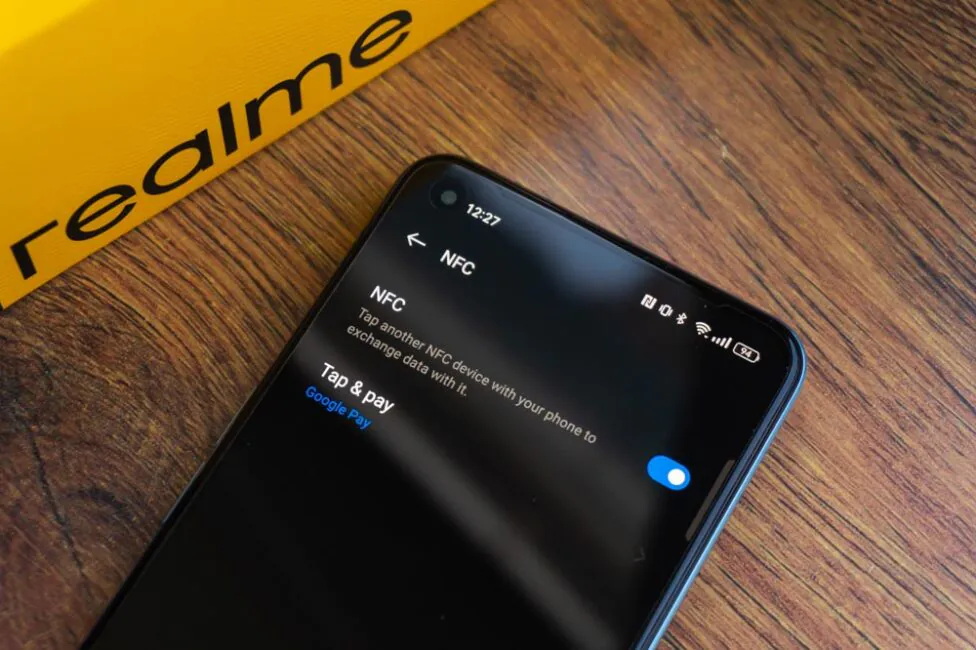
OS and software
realme 9 Pro+ runs on the current version of Android 12 with an equally fresh version of the realme UI 3.0 proprietary shell out of the box. In the new version of the user interface, the design and some personalization tools have been slightly changed in accordance with the new version of the OS, privacy settings have been refined and other functions have been slightly improved. At first glance, the shell has become somewhat simpler and more visual in general, which is always welcome.
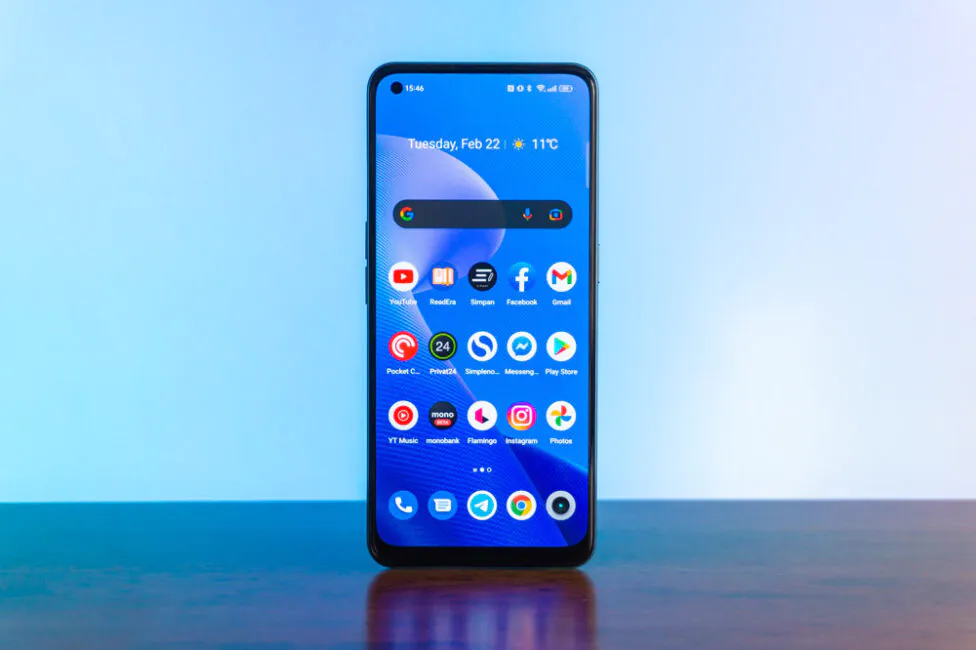 In the privacy settings, you can now prevent all apps from using the device’s camera and/or microphone in one fell swoop, plus these same options can be moved to the switch panel for quick access. I don’t know who will use it and how often, but here it is. Cloning of the system appeared with the ability to create a second separate space with its settings and programs, and to use a separate fingerprint for switching. I can’t highlight anything special, except for the slightly improved floating application windows.
In the privacy settings, you can now prevent all apps from using the device’s camera and/or microphone in one fell swoop, plus these same options can be moved to the switch panel for quick access. I don’t know who will use it and how often, but here it is. Cloning of the system appeared with the ability to create a second separate space with its settings and programs, and to use a separate fingerprint for switching. I can’t highlight anything special, except for the slightly improved floating application windows.
Conclusions
realme 9 Pro+ is definitely a strong mid-range smartphone with a lot of advantages: an interesting design, a high-quality display with a refresh rate of 90 Hz, excellent performance hardware, a good main camera with optical stabilization, excellent autonomy paired with fast charging, stereo sound, as well as support for all modern wireless networks and up-to-date software on board. It would seem that what more can be desired? But its price tag, in my opinion, is a little too high at the start of sales, even despite all the many advantages.

After all, competitors also have something to oppose to the novelty from realme. Some offer better hardware, a higher display refresh rate, and this smartphone could not do without some small simplifications and nuances. So, realme 9 Pro+ is not yet exactly ‘top for the money’ in terms of price/performance ratio, but just such a solid middleman without significant flaws. In any case, it deserves attention even now, and in the future at a more favorable price it will become an even more attractive option.
Prices in stores
- Amazon
Read also:
- vivo V23 5G review: Neat smartphone with a unique back side
- Huawei P50 Pro review: fantastic flagship that no one will buy
- Infinix HOT 11S NFC and SMART 6 review
You can also help Ukraine fight with Russian occupants via Savelife or via an official page of the National Bank of Ukraine.
Subscribe to our pages in Twitter and Facebook.



